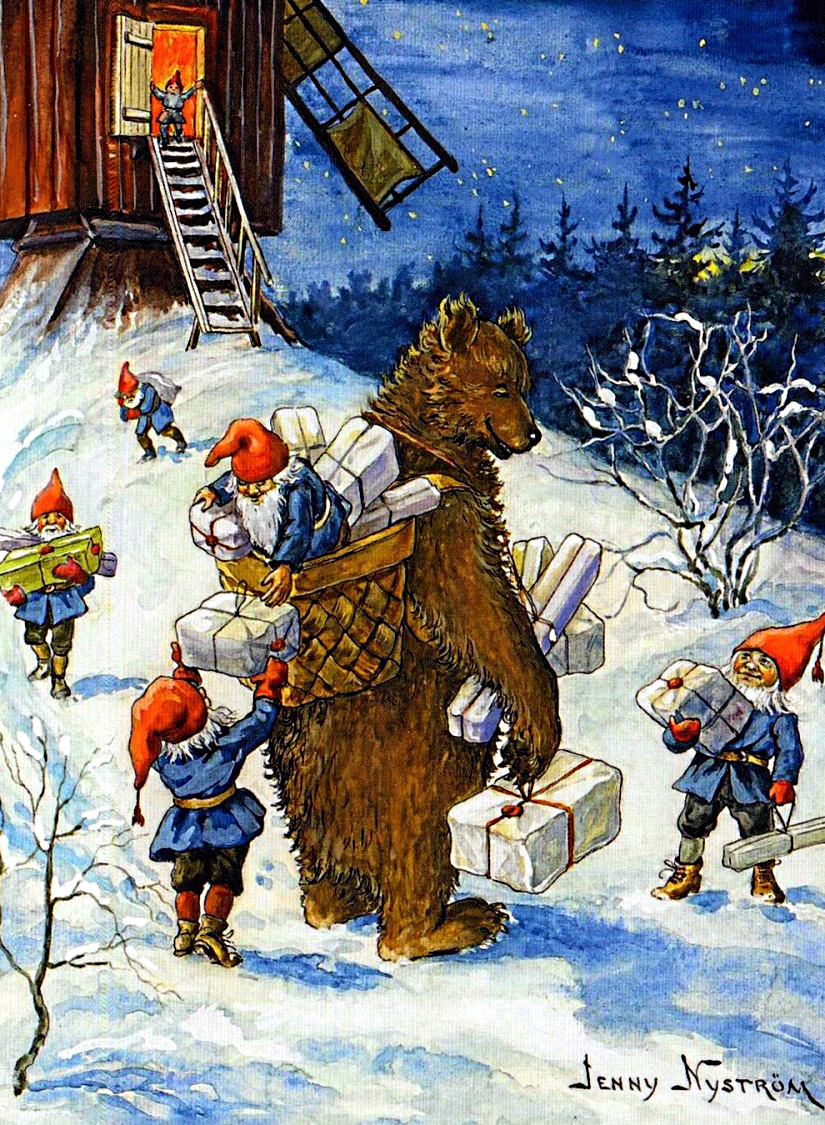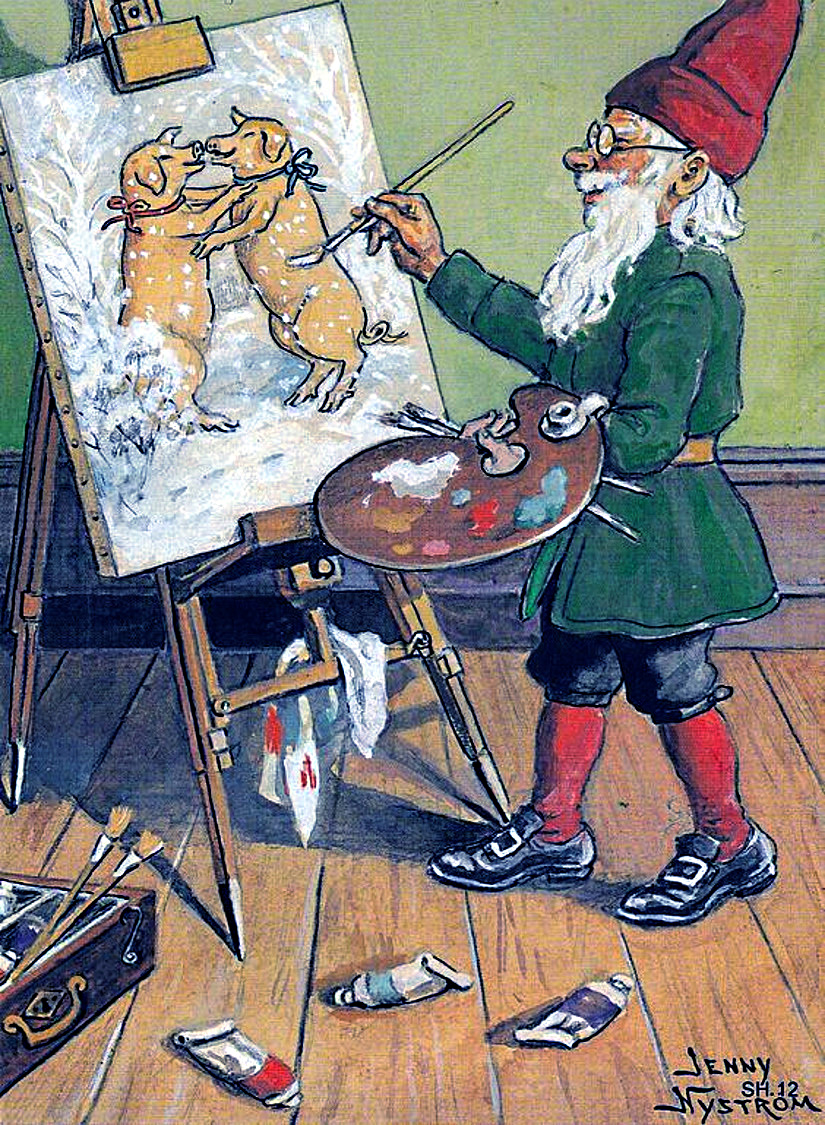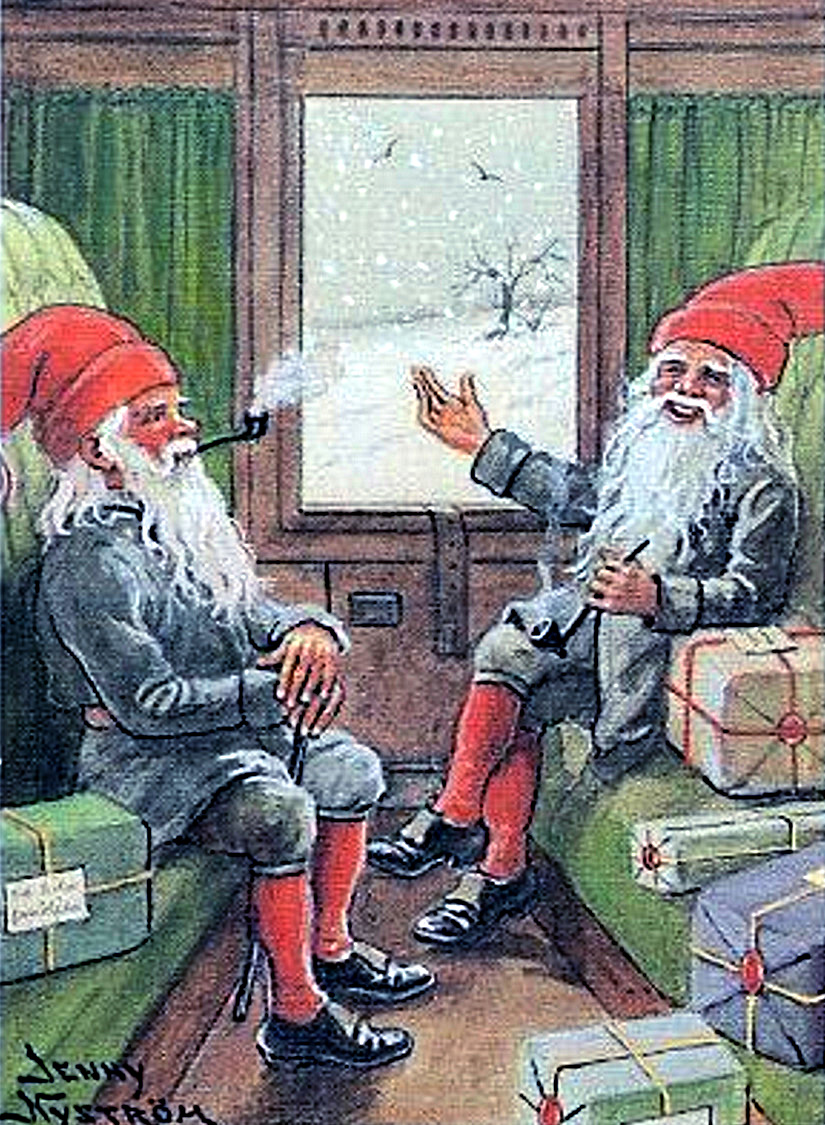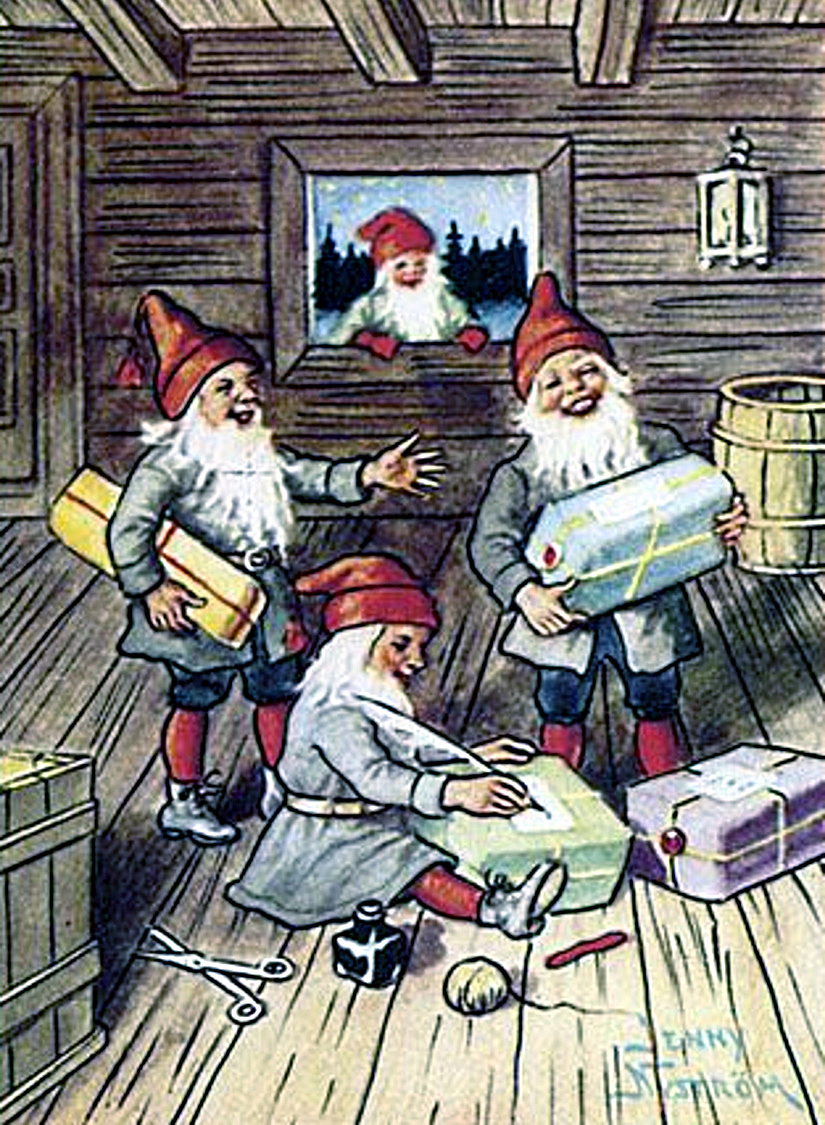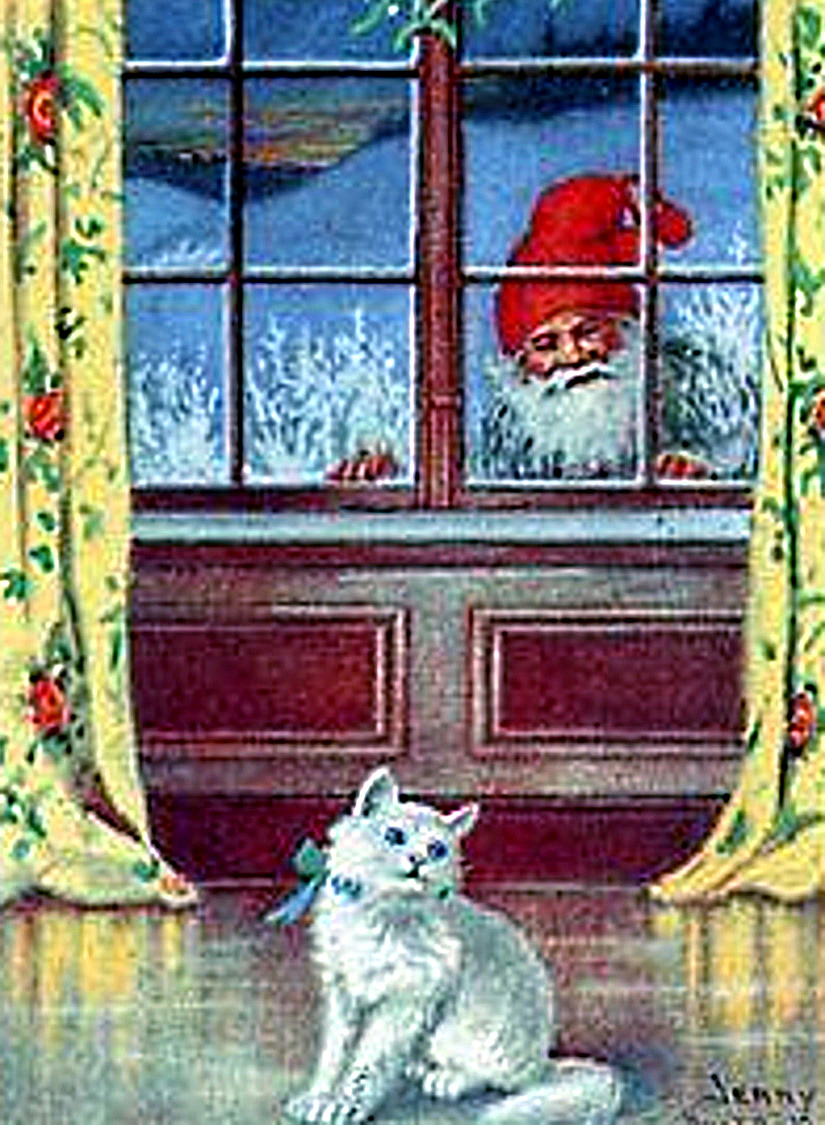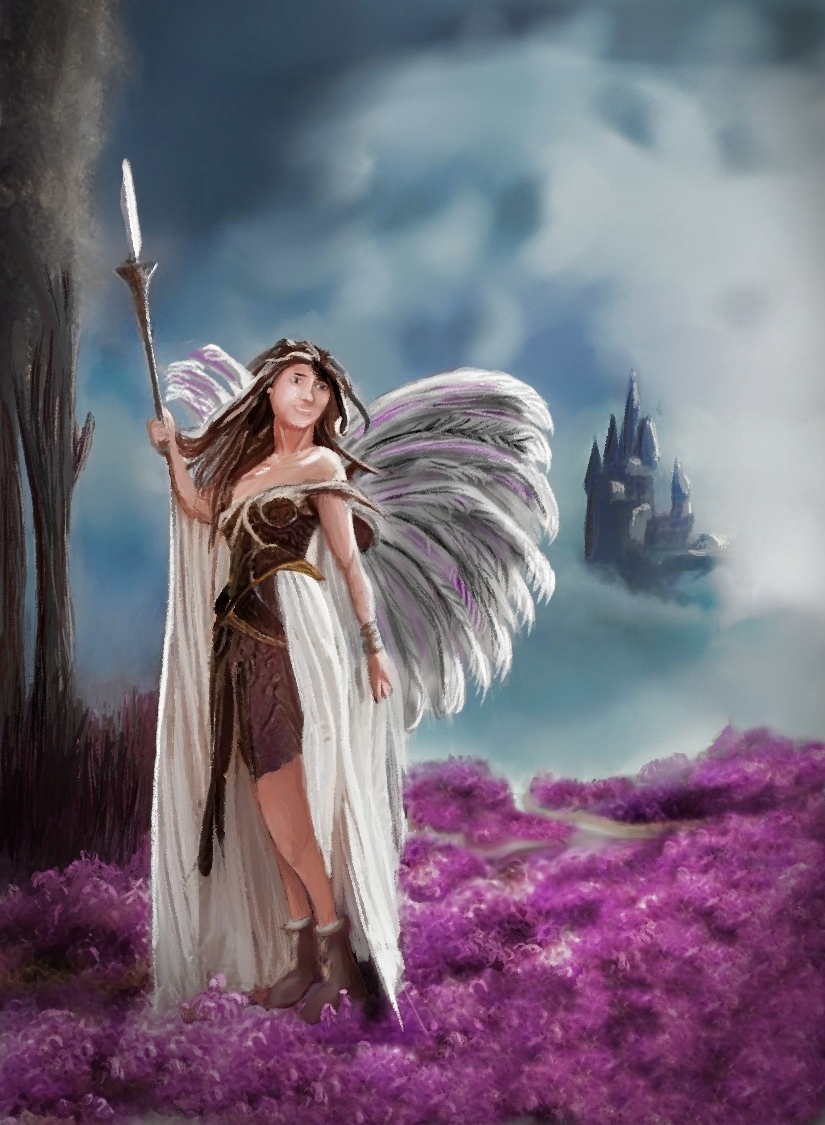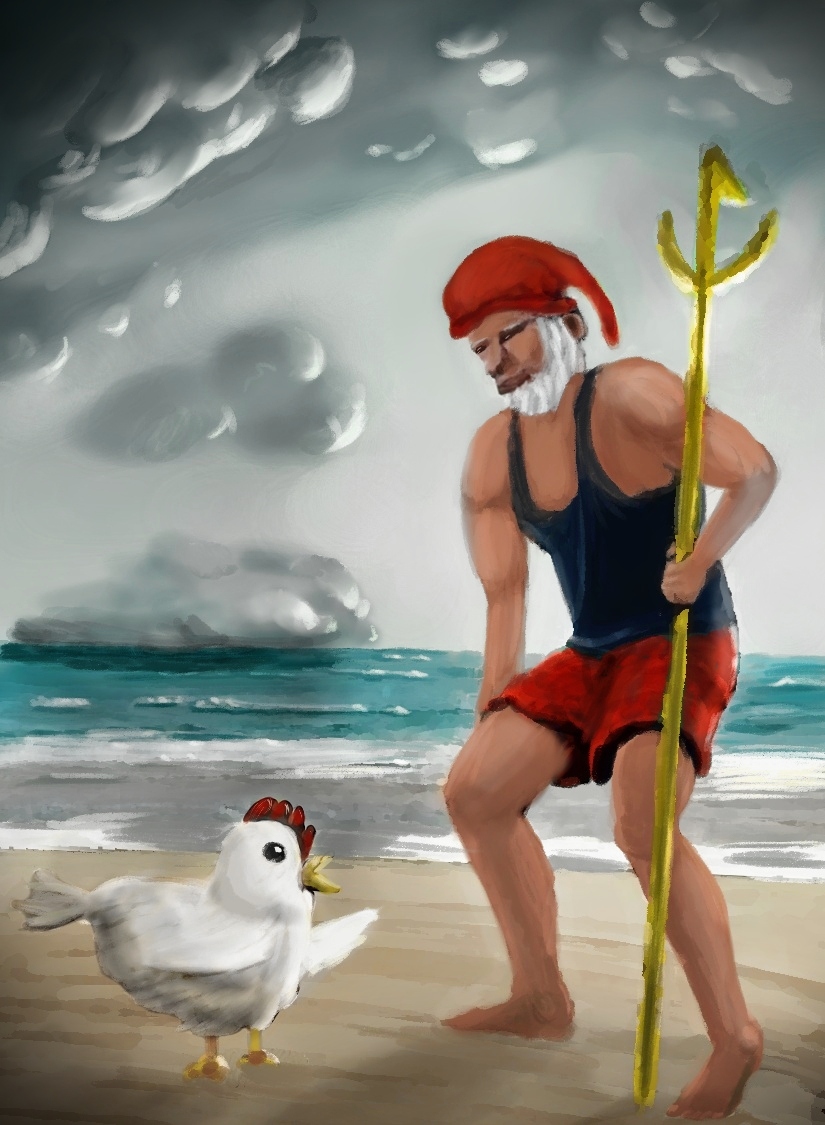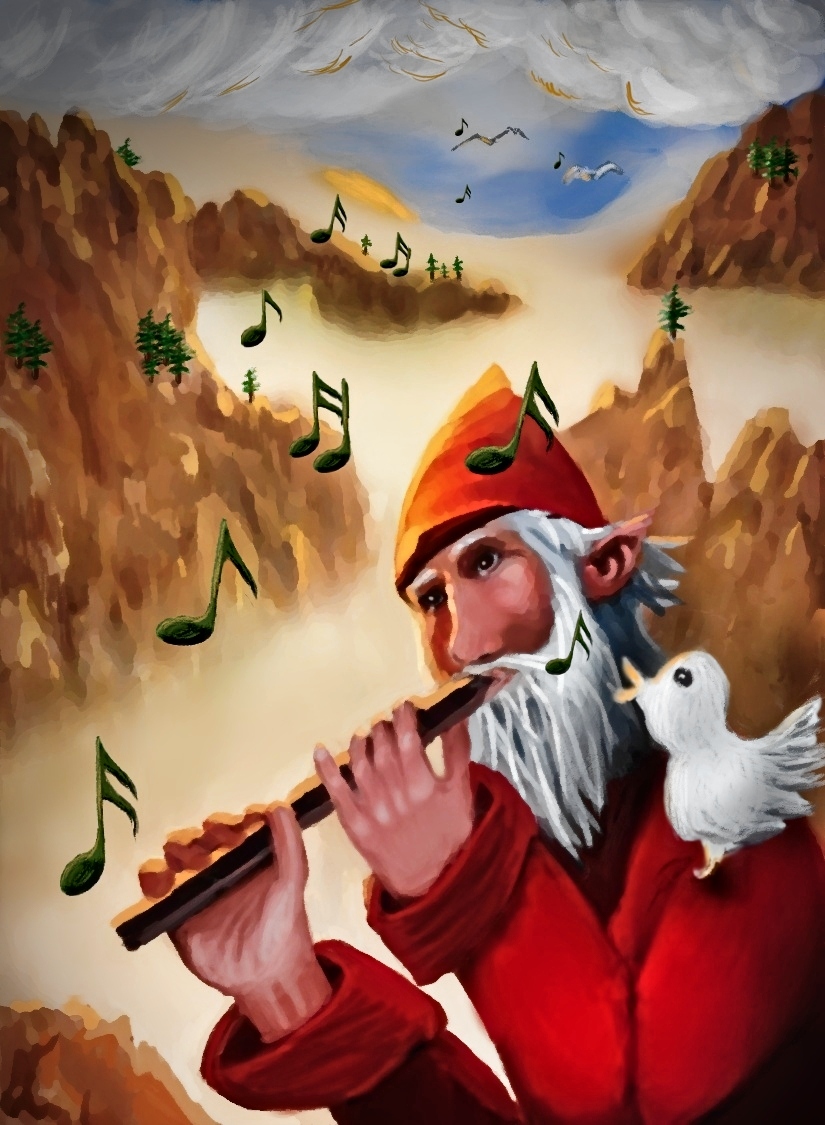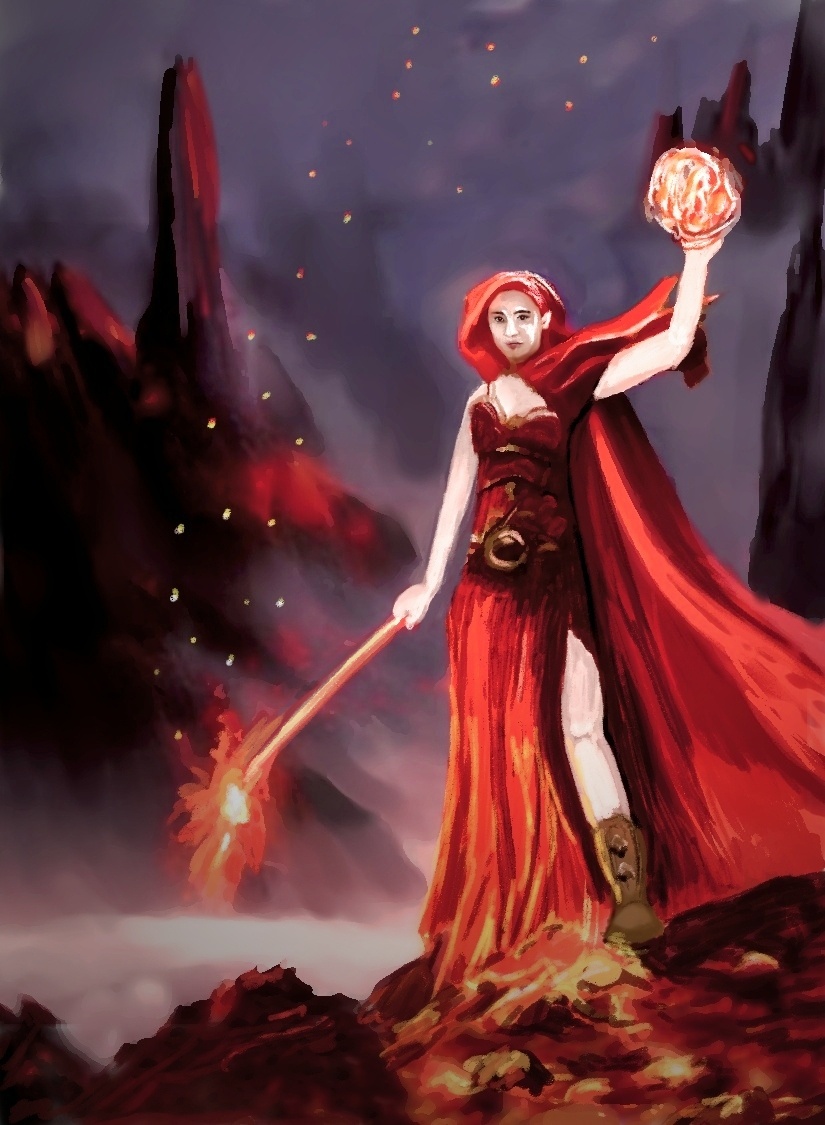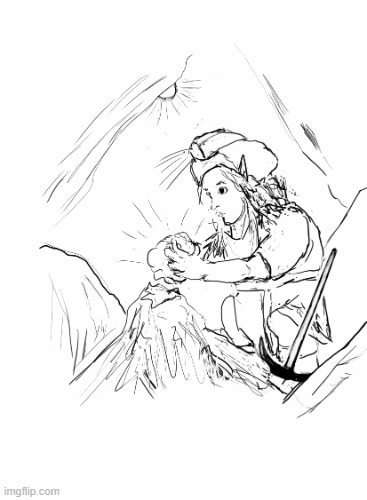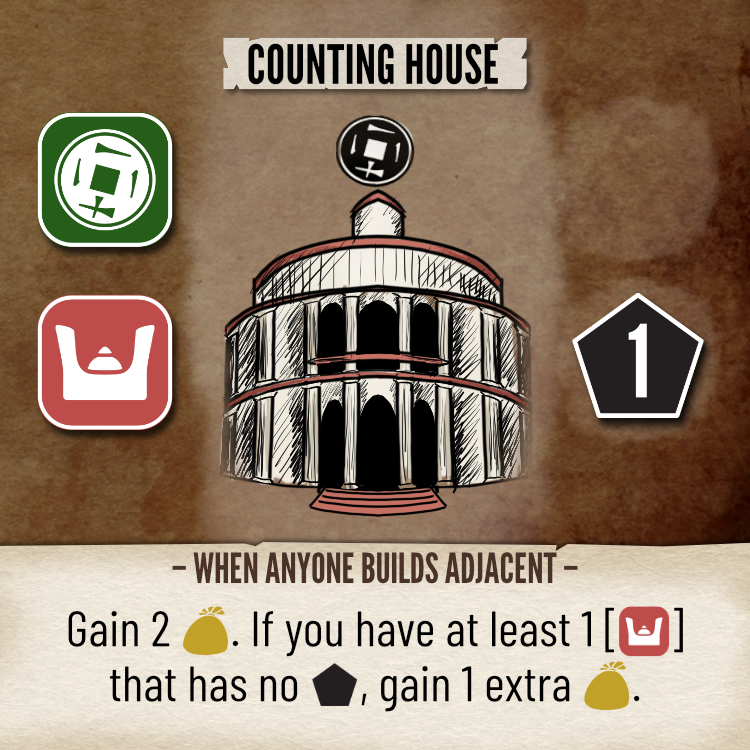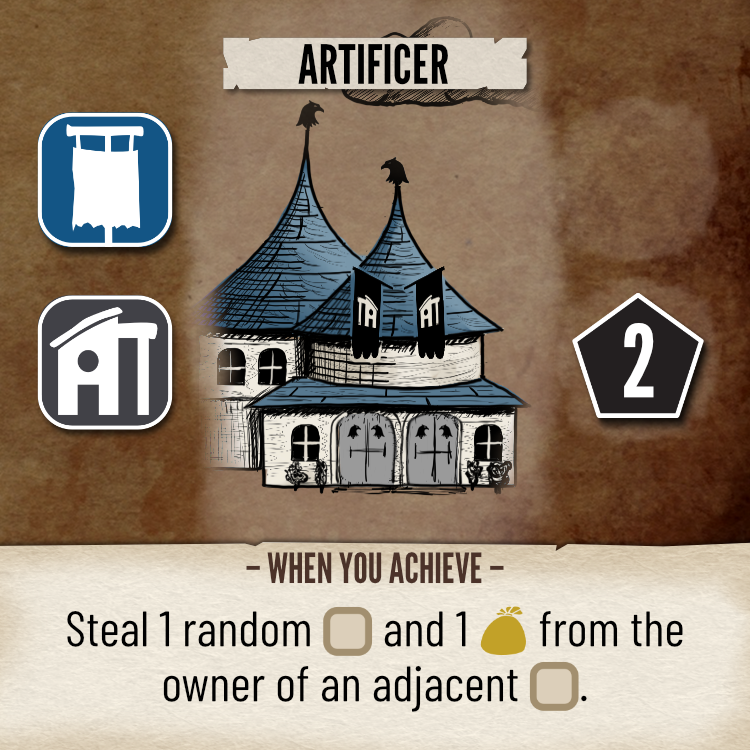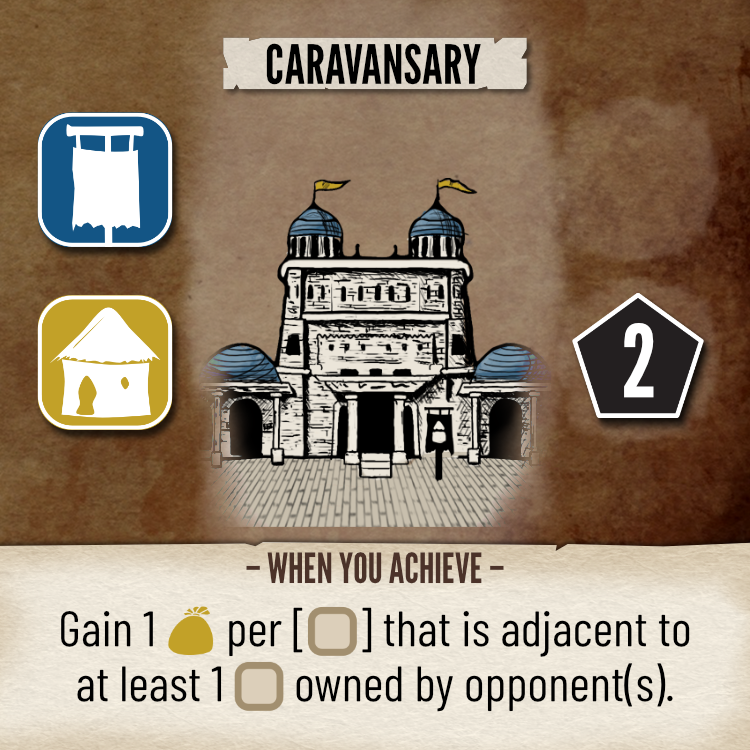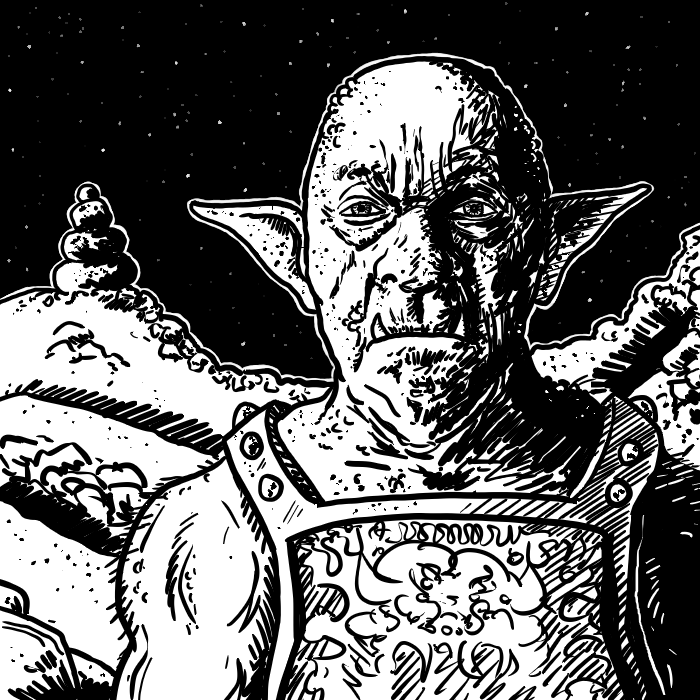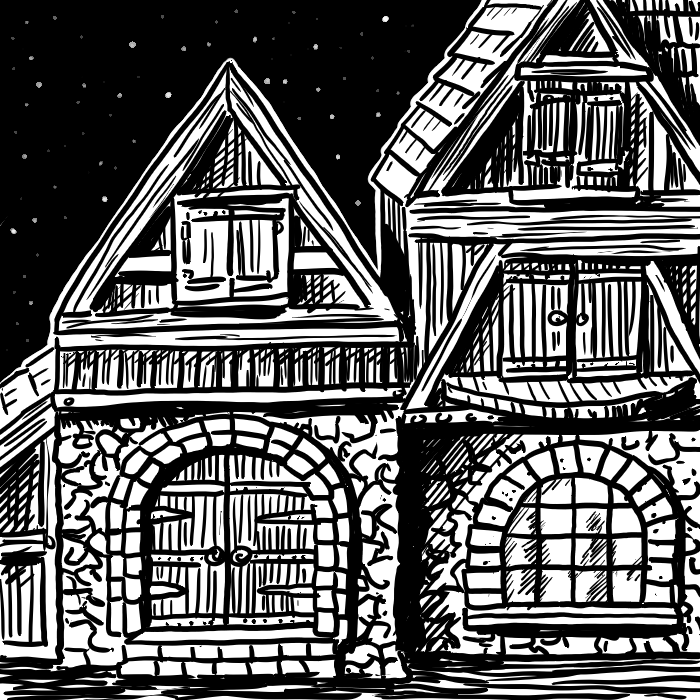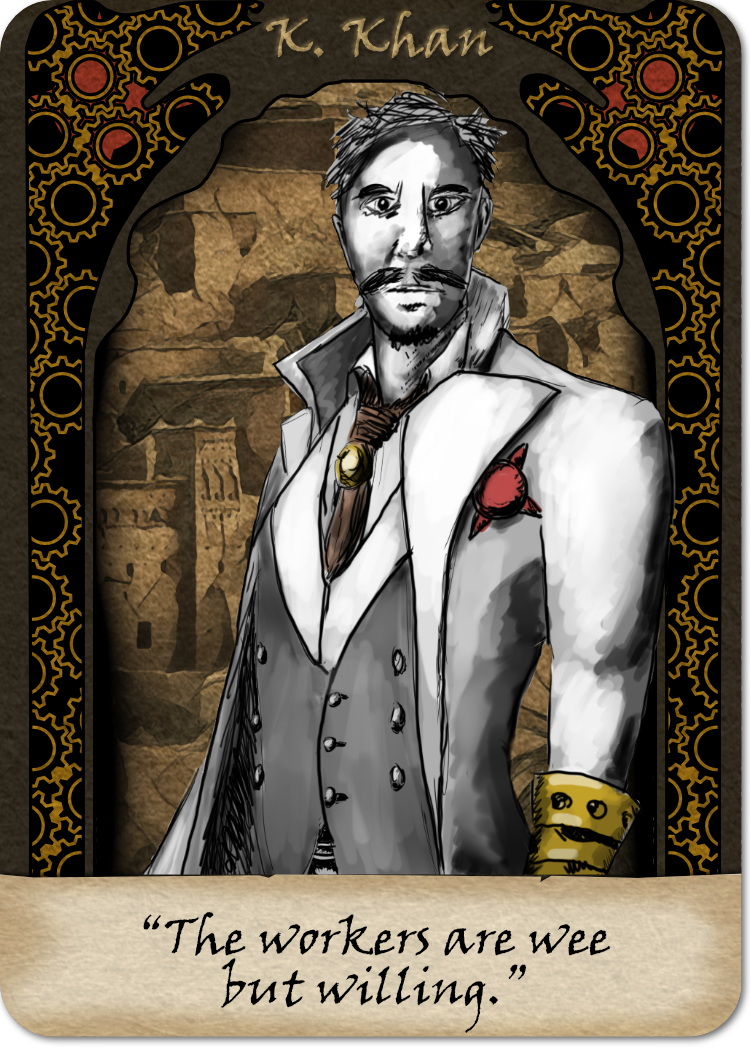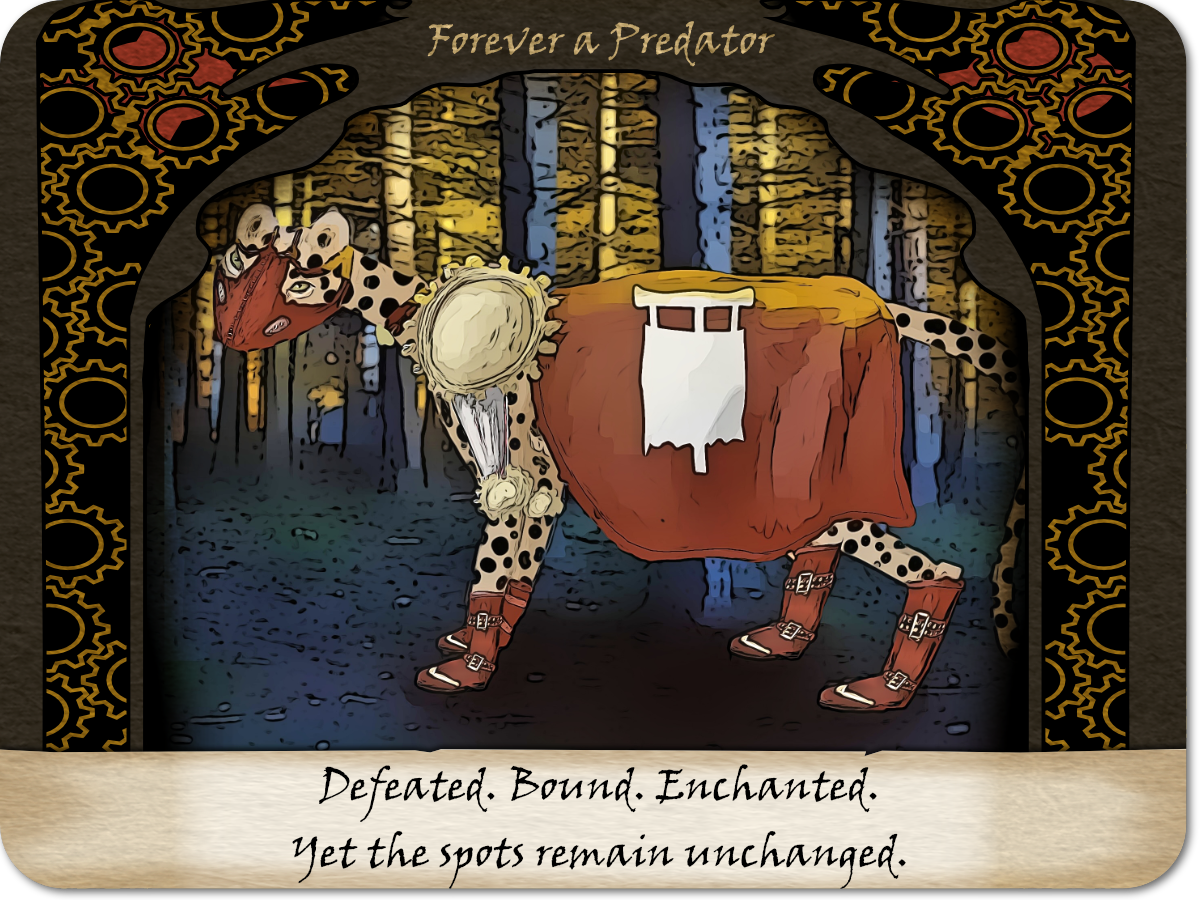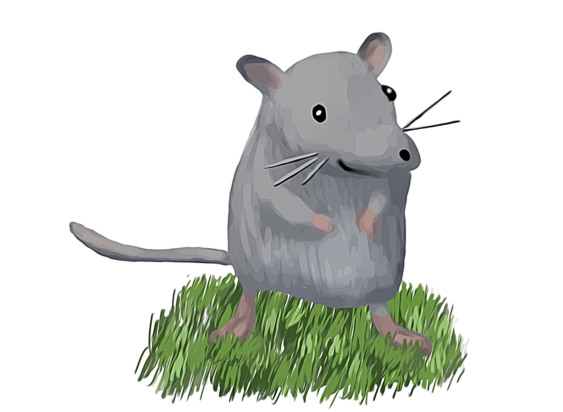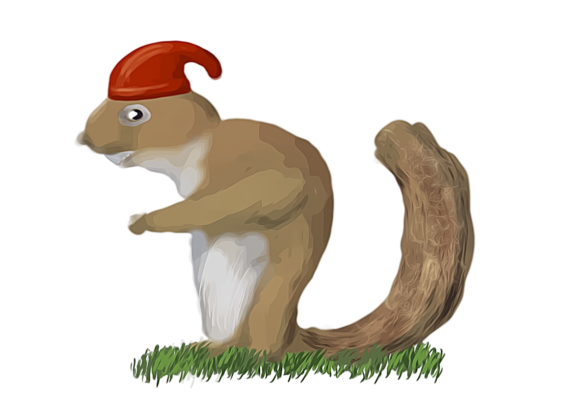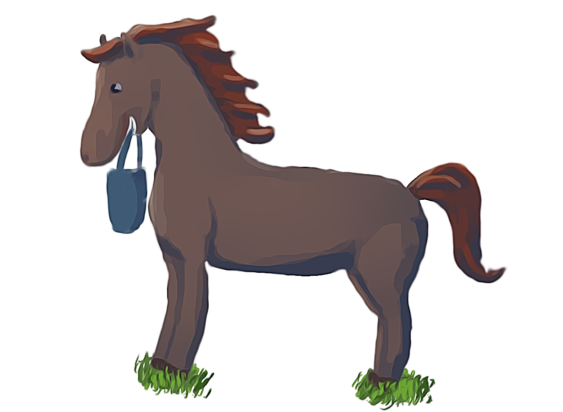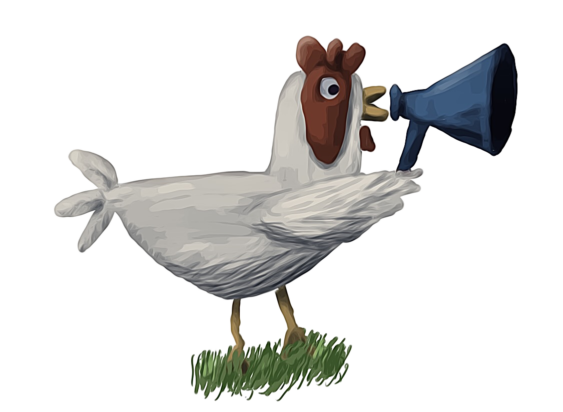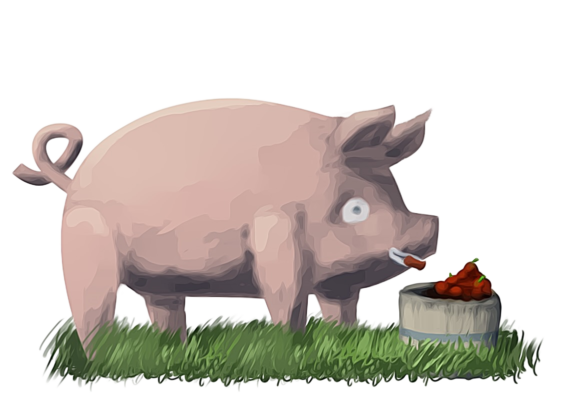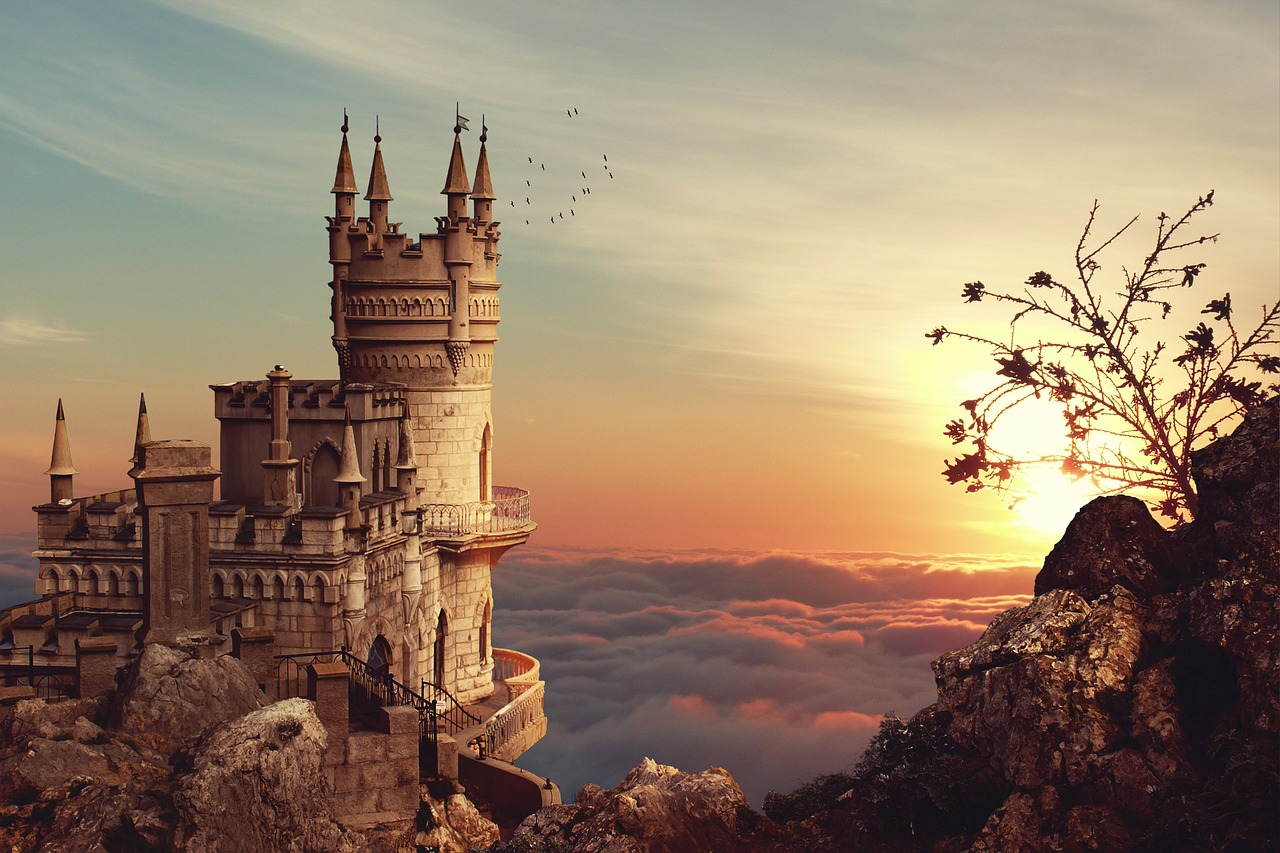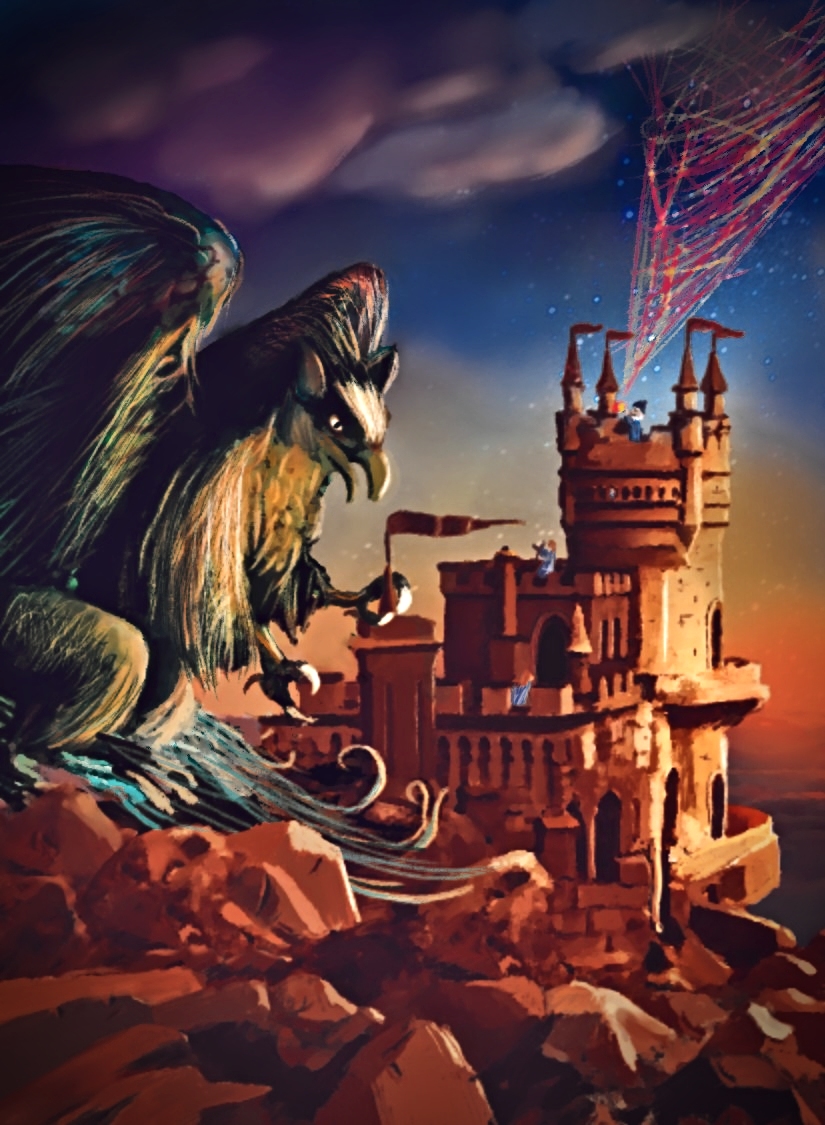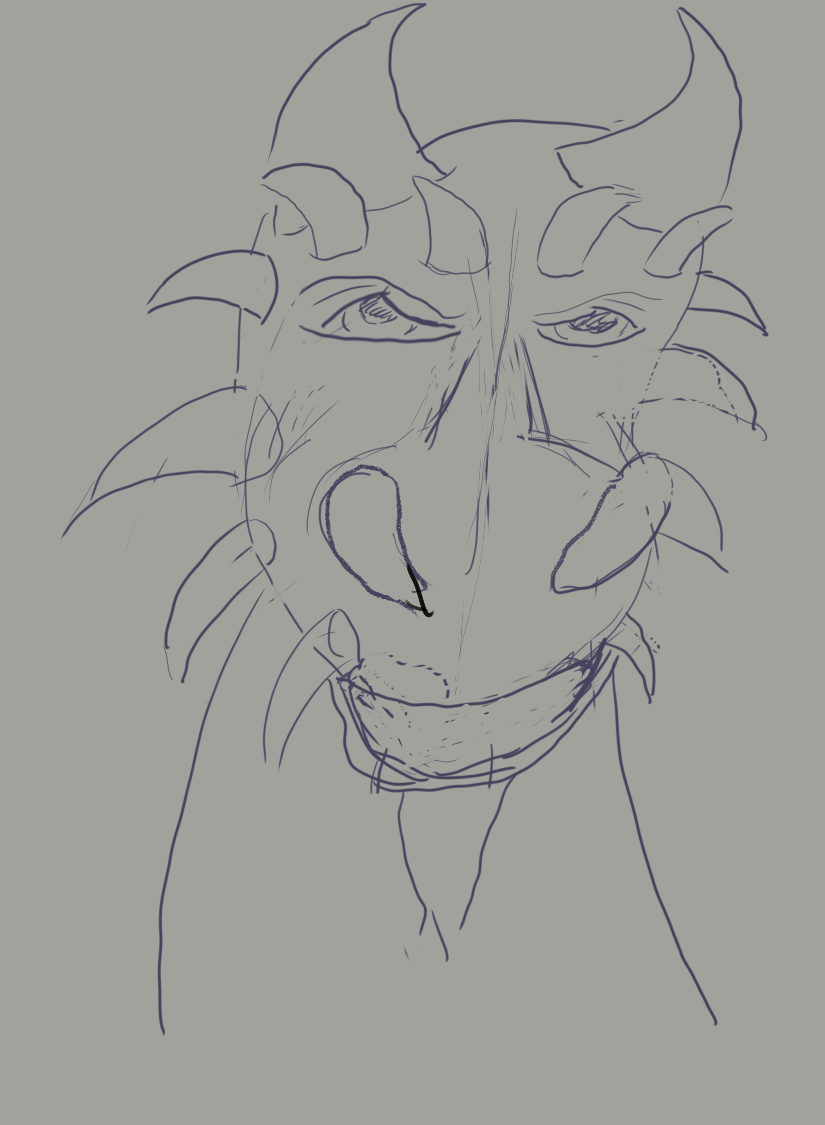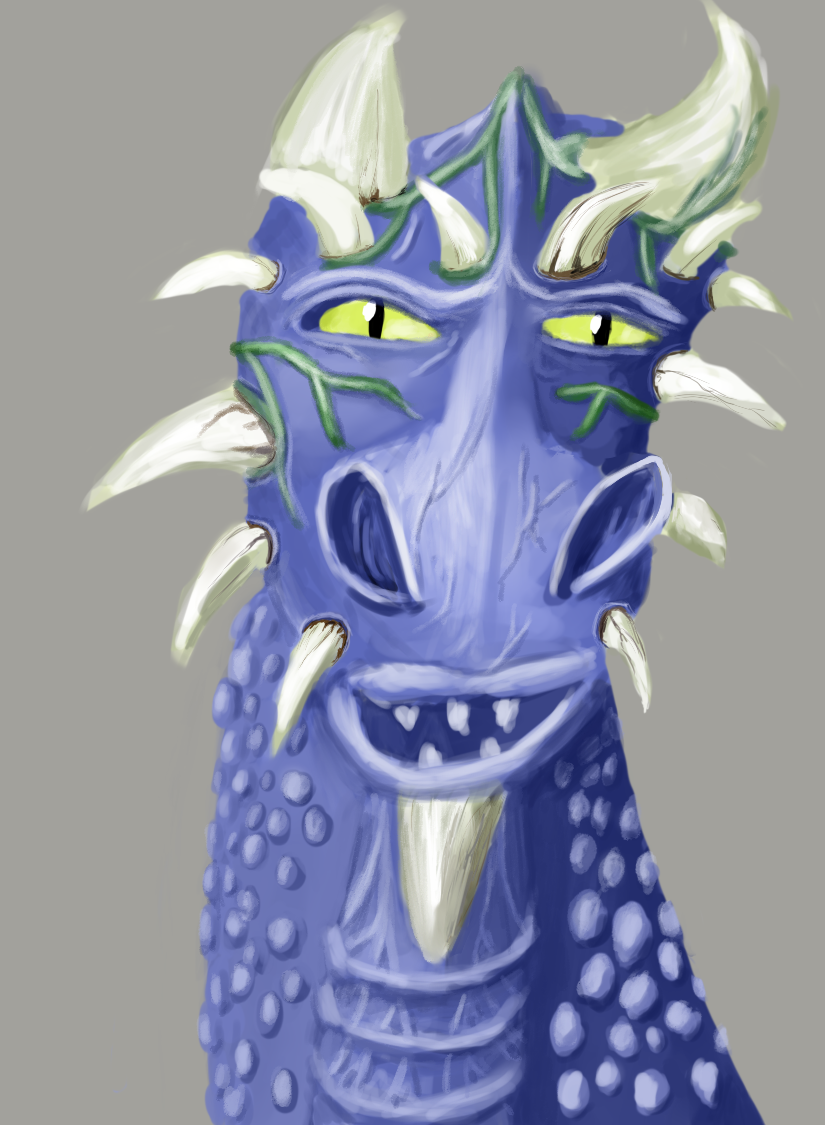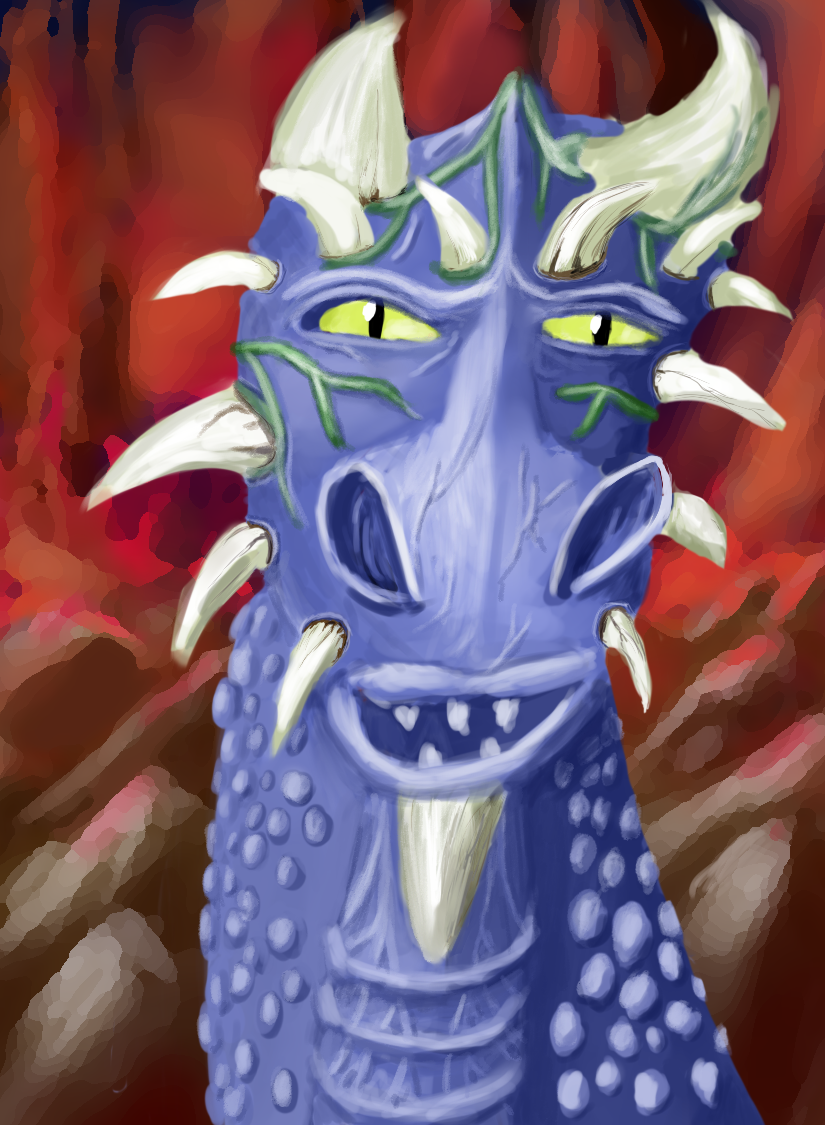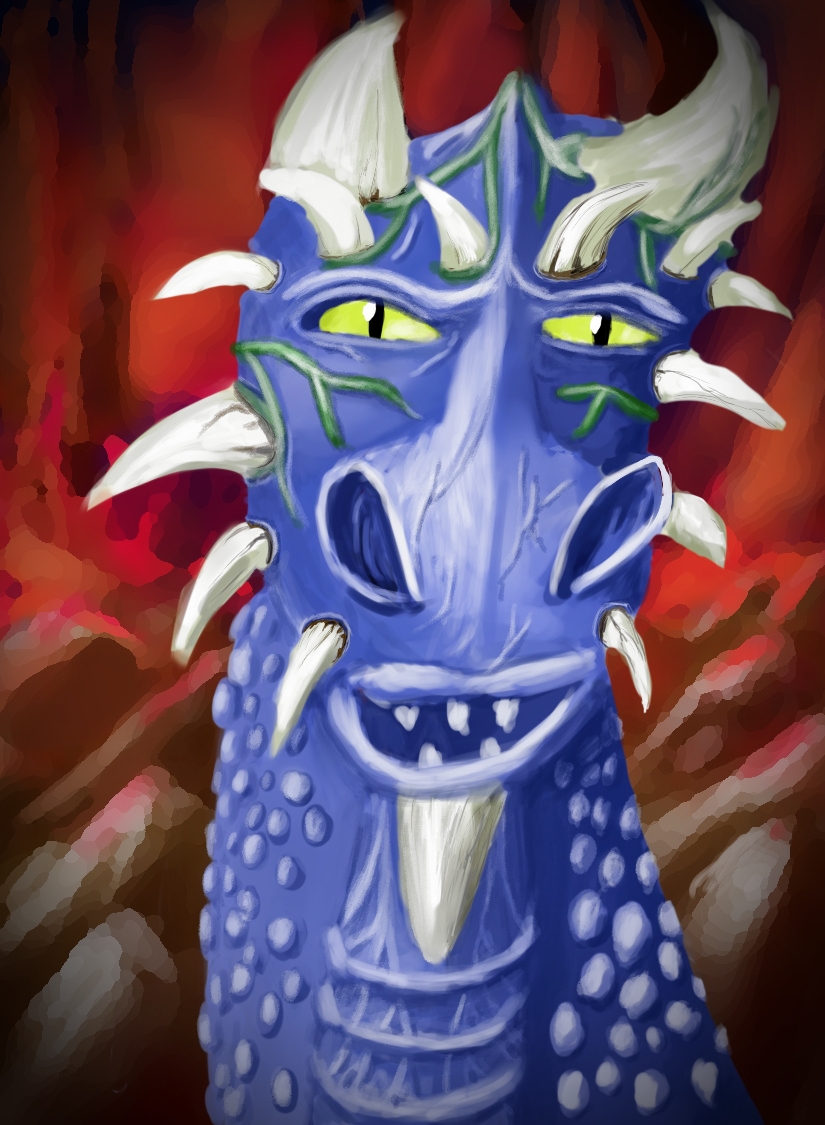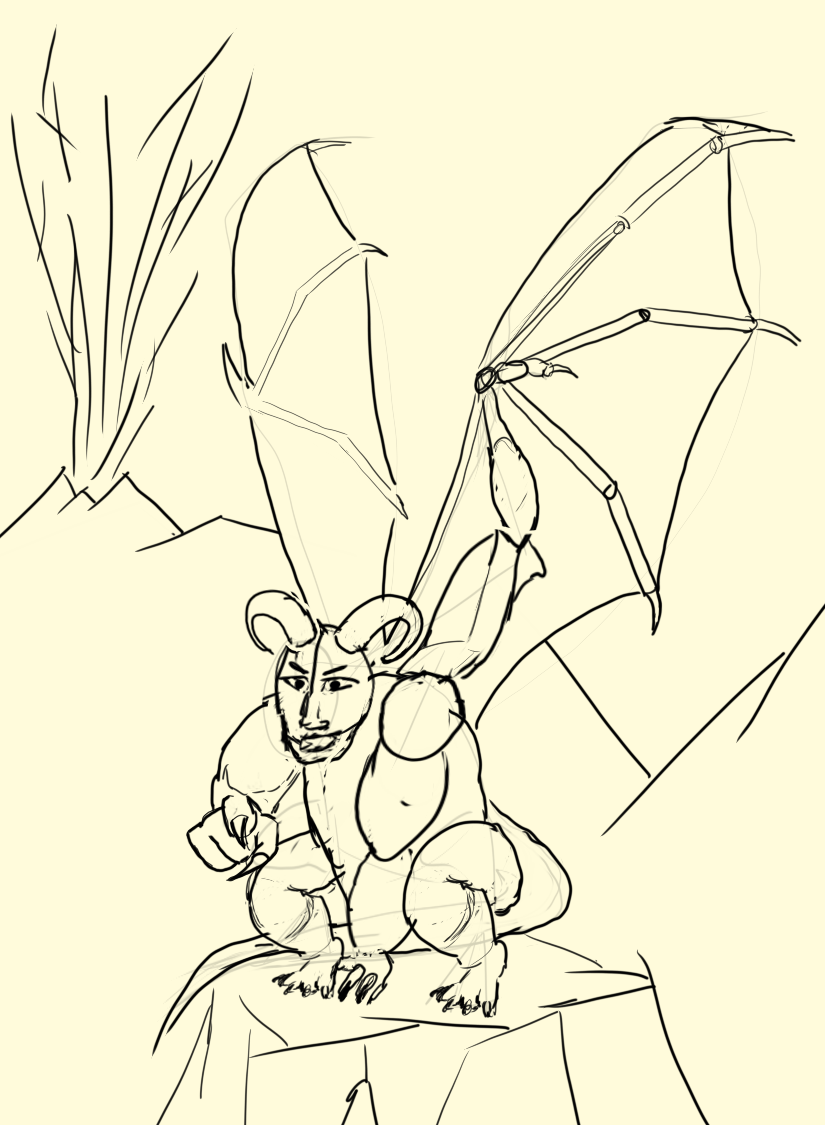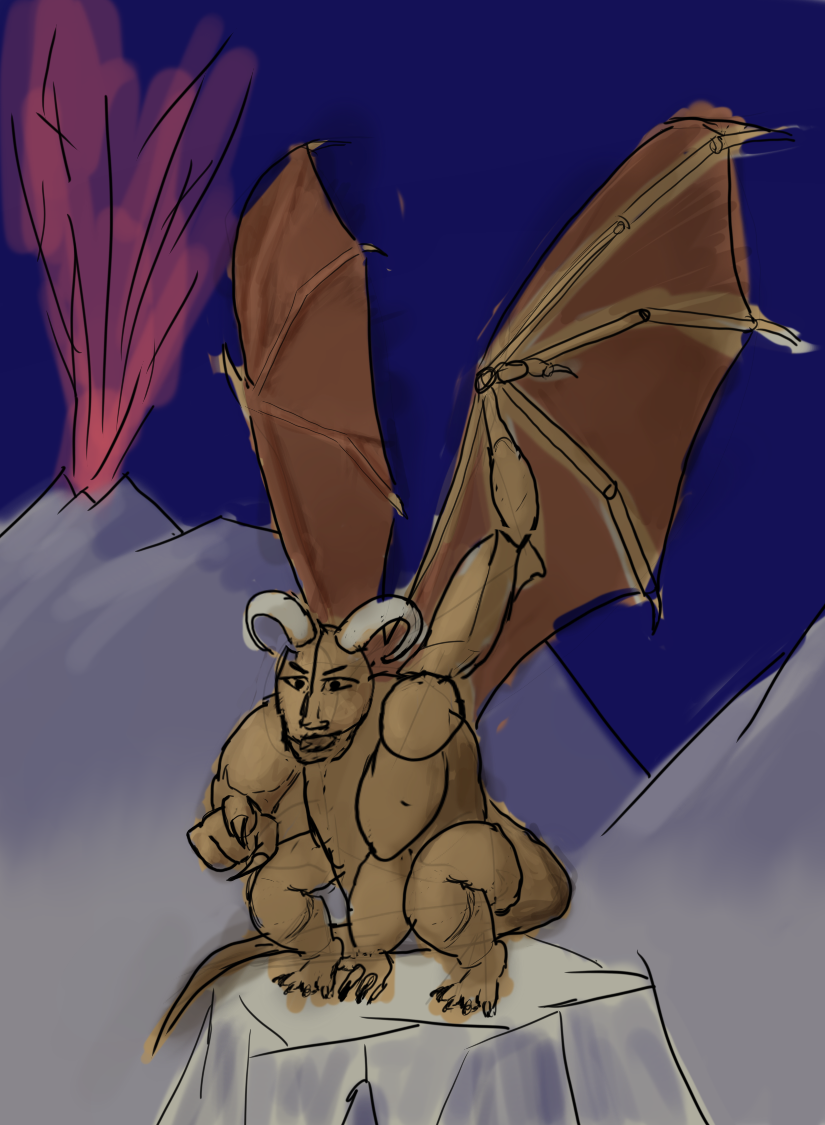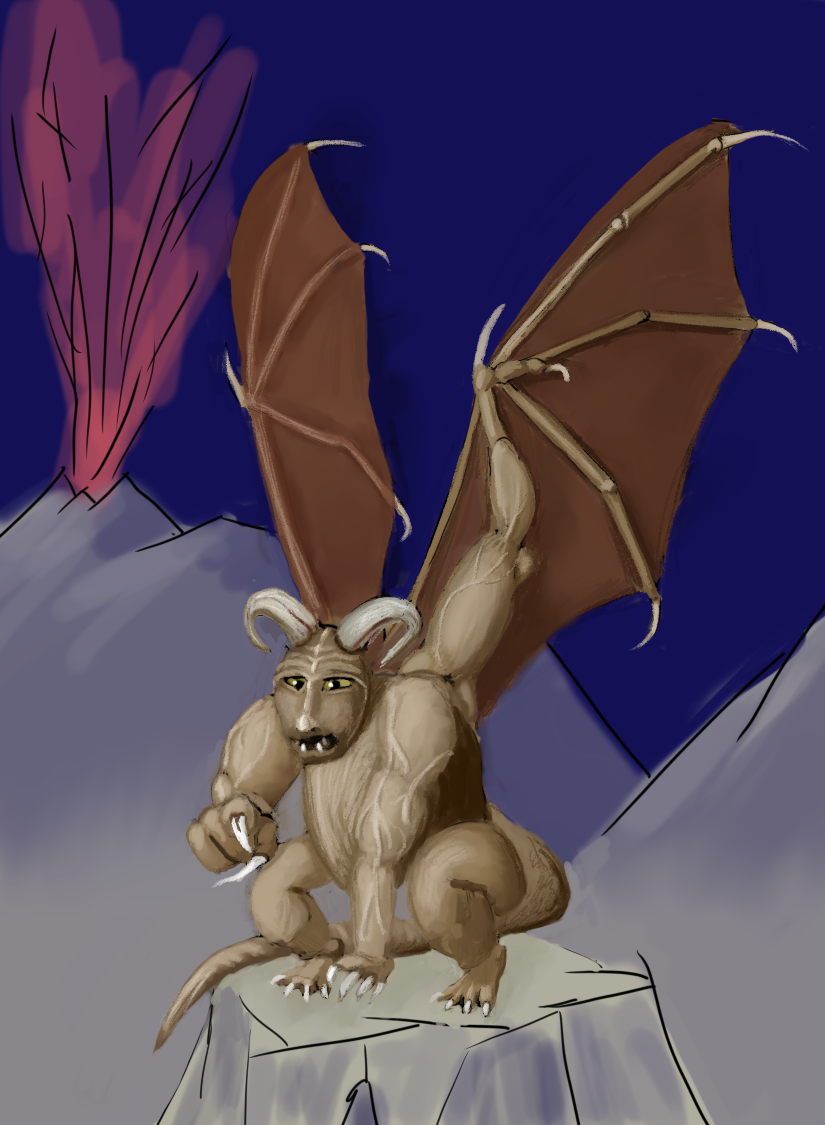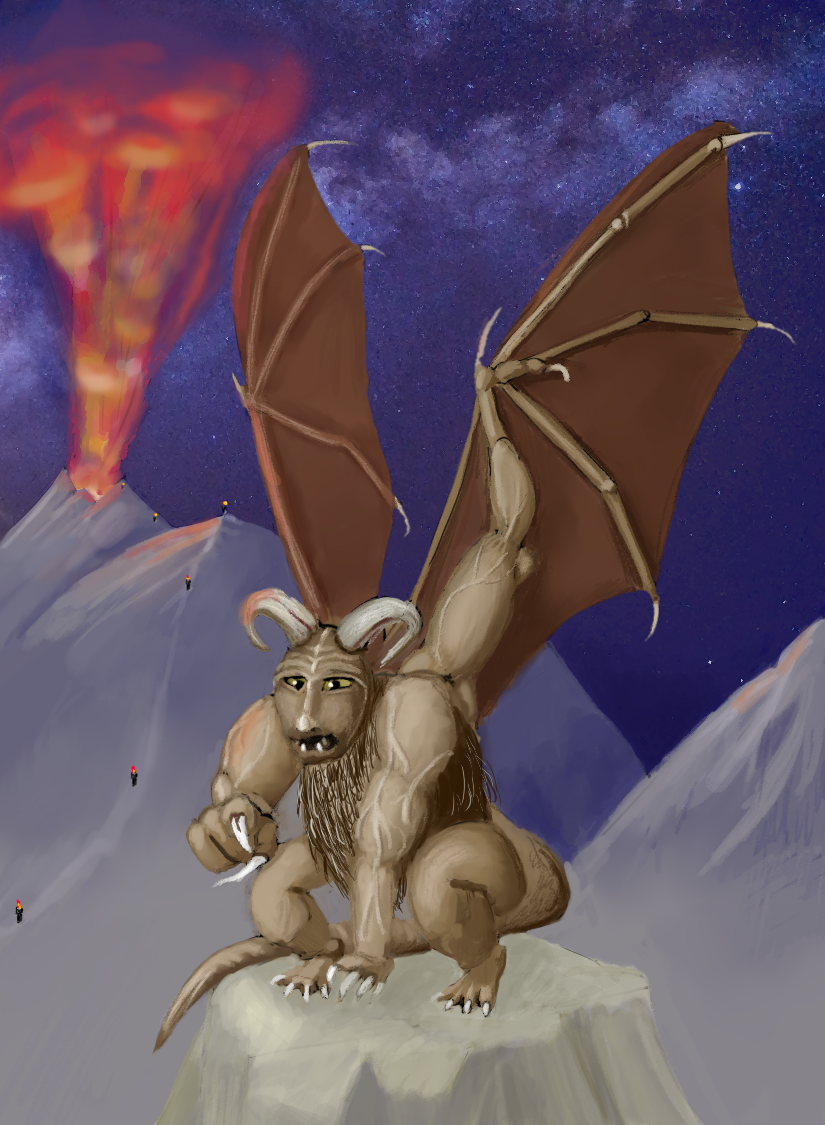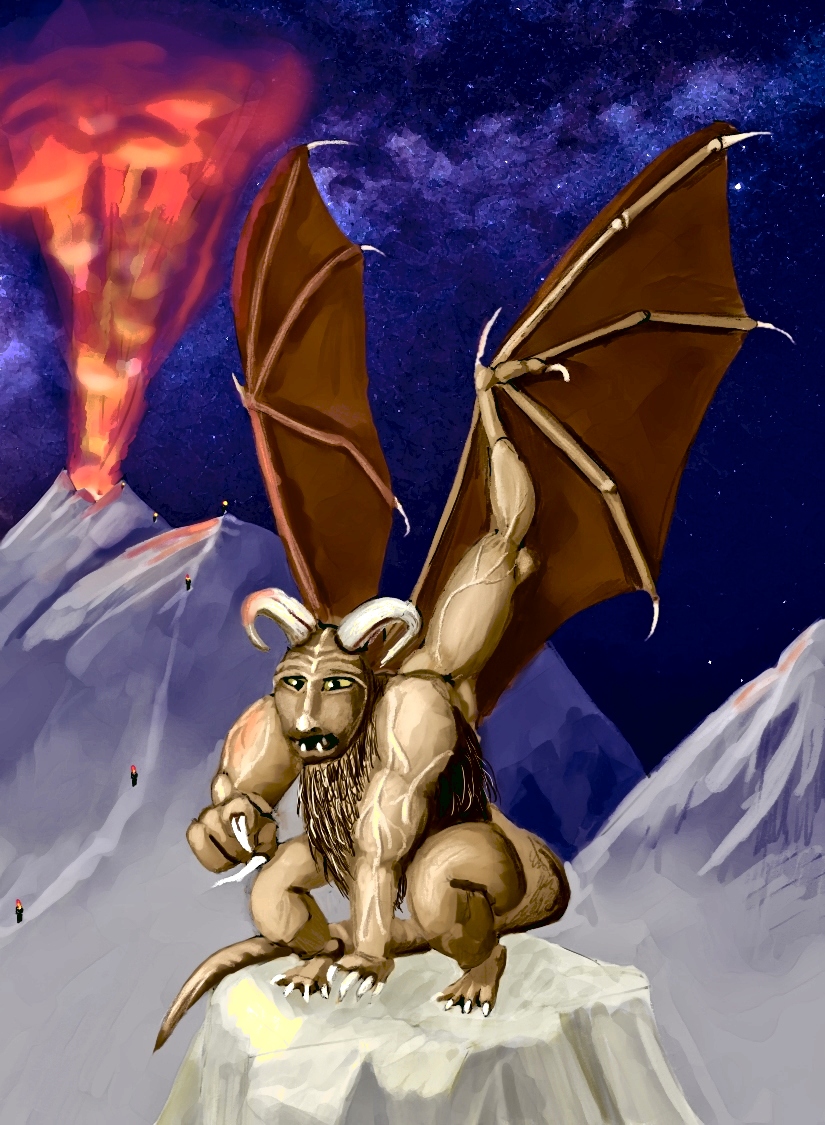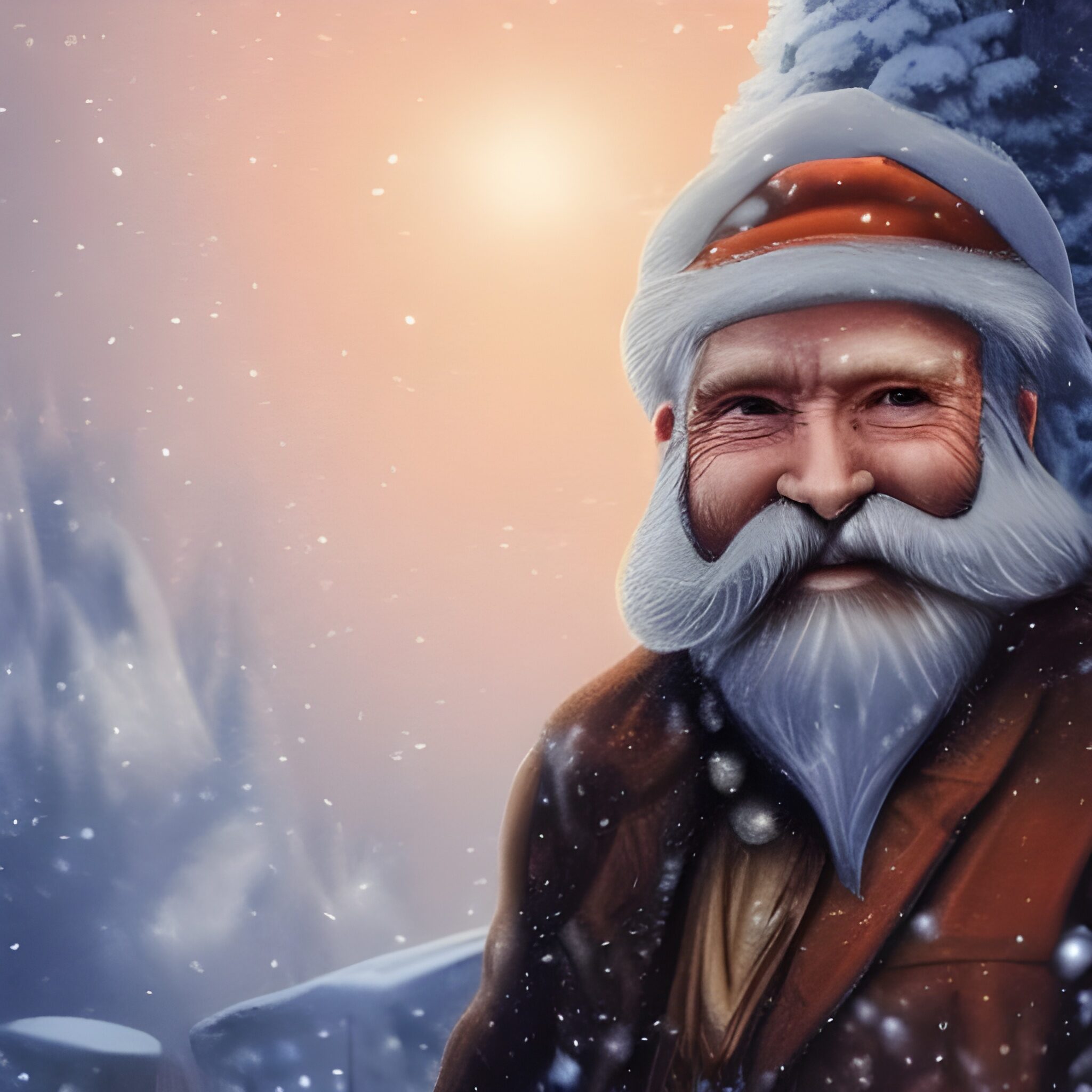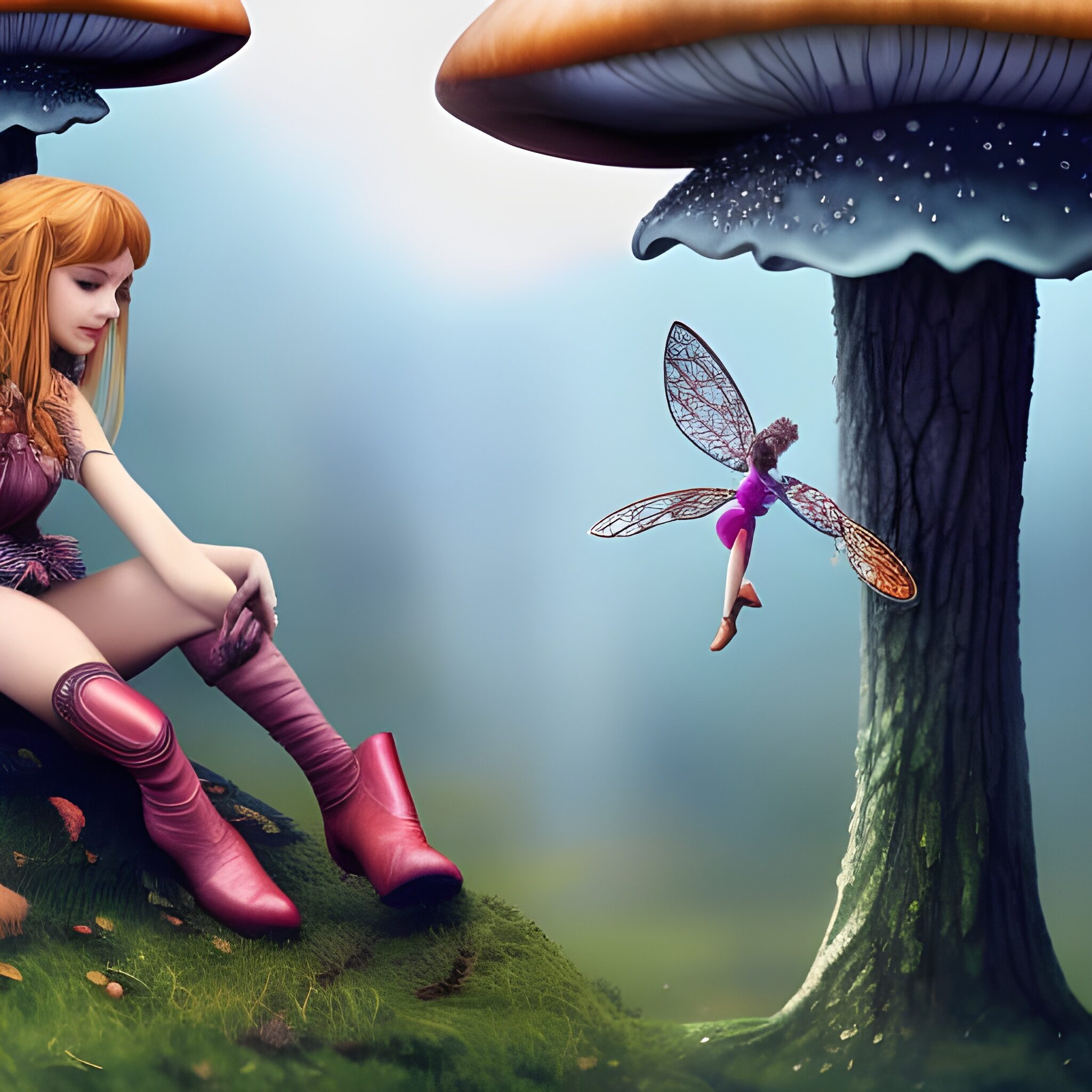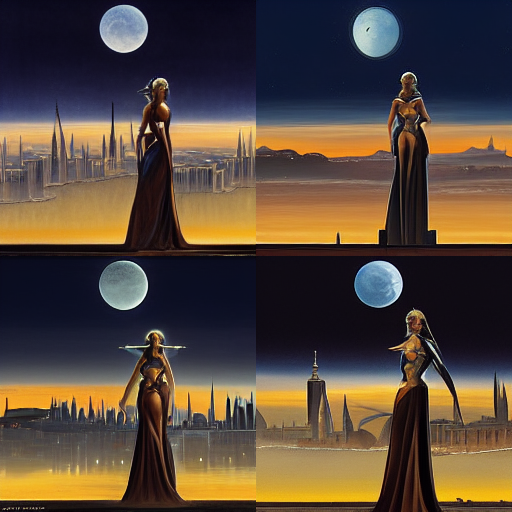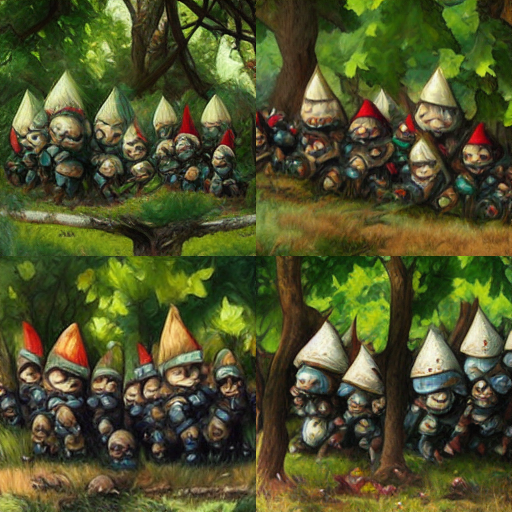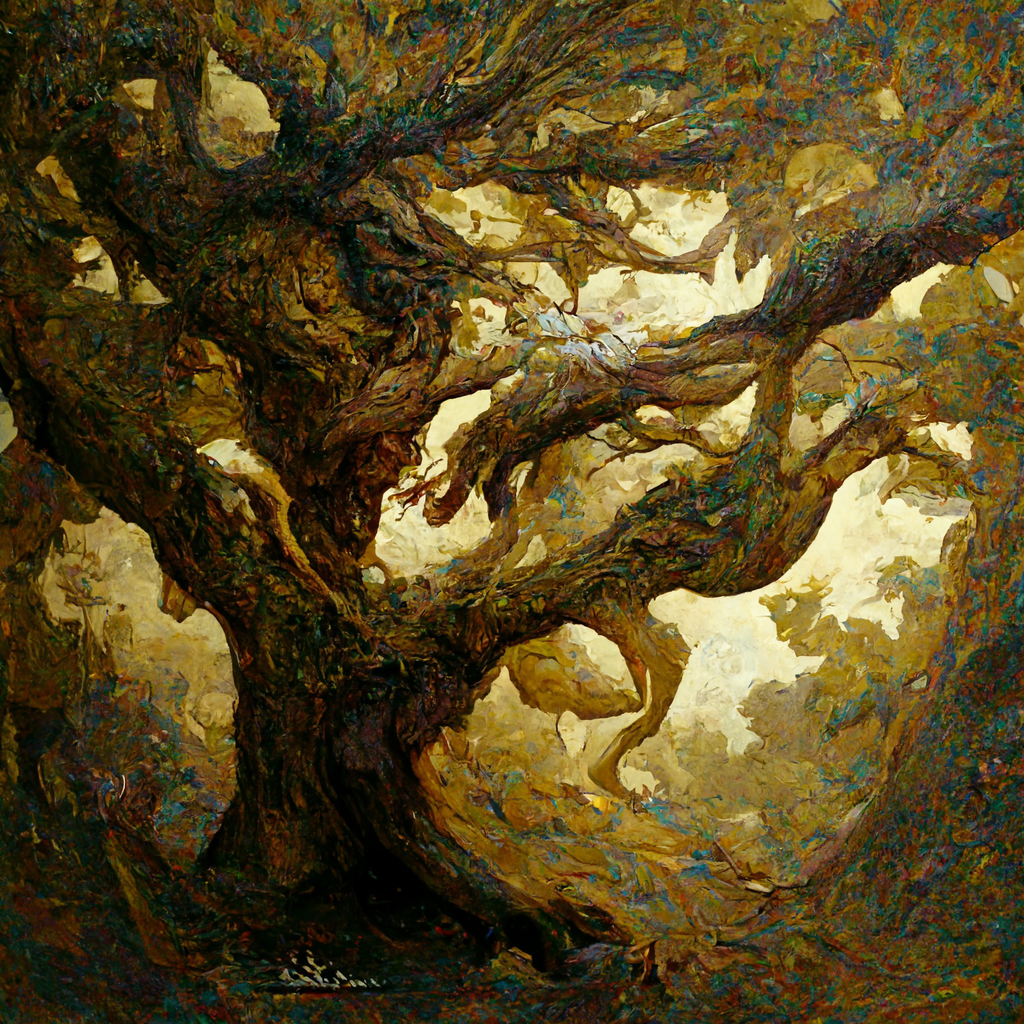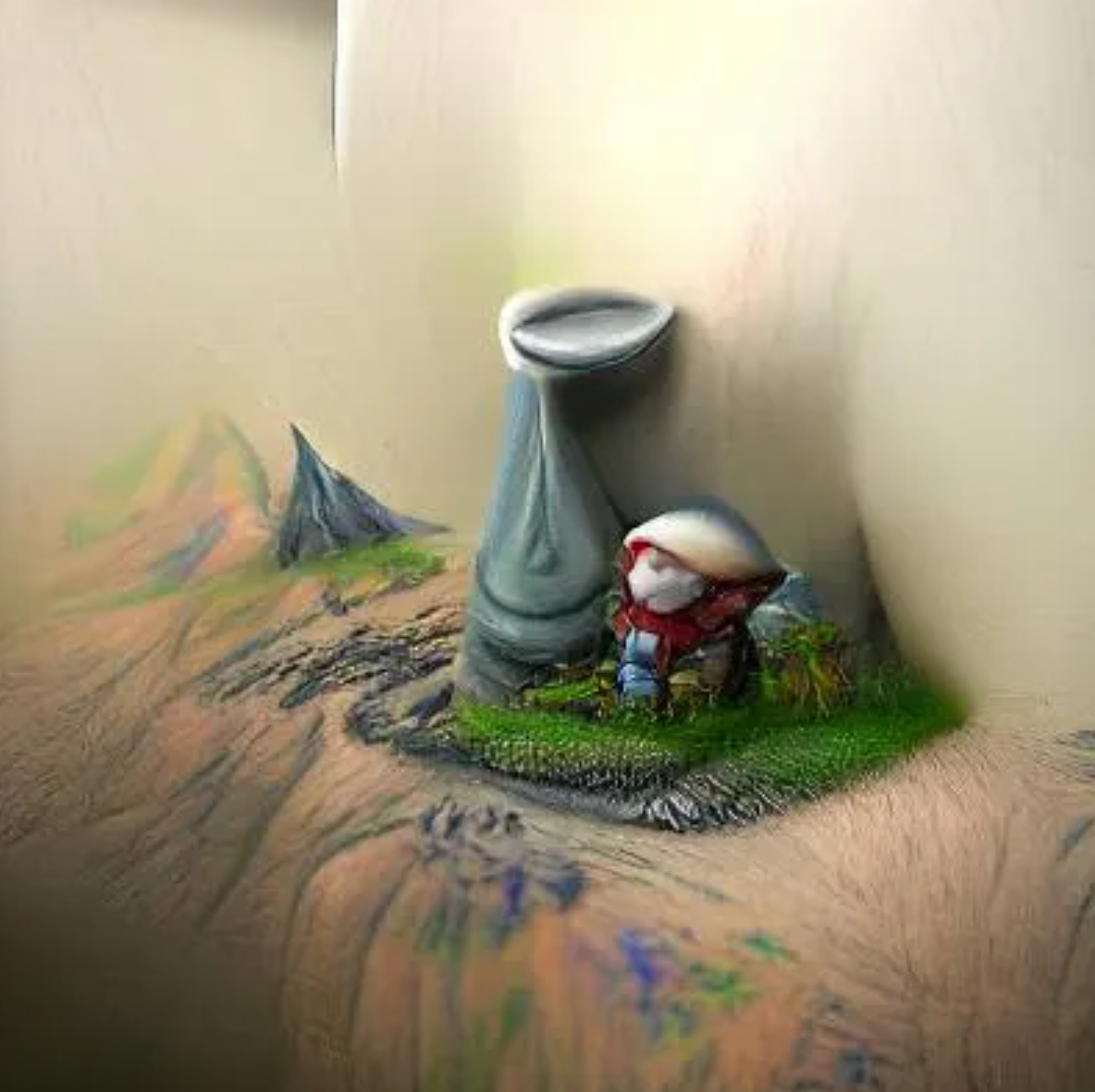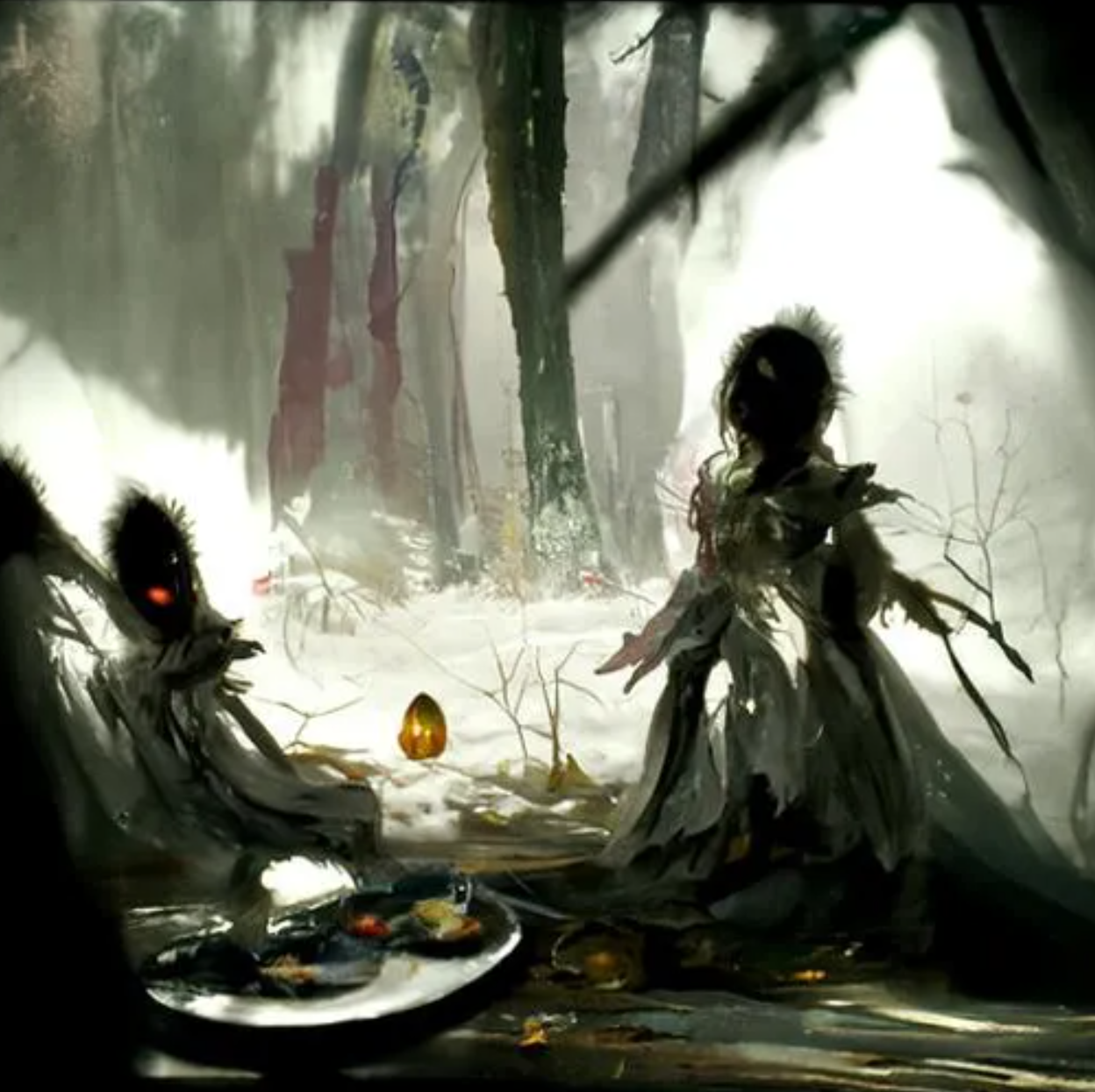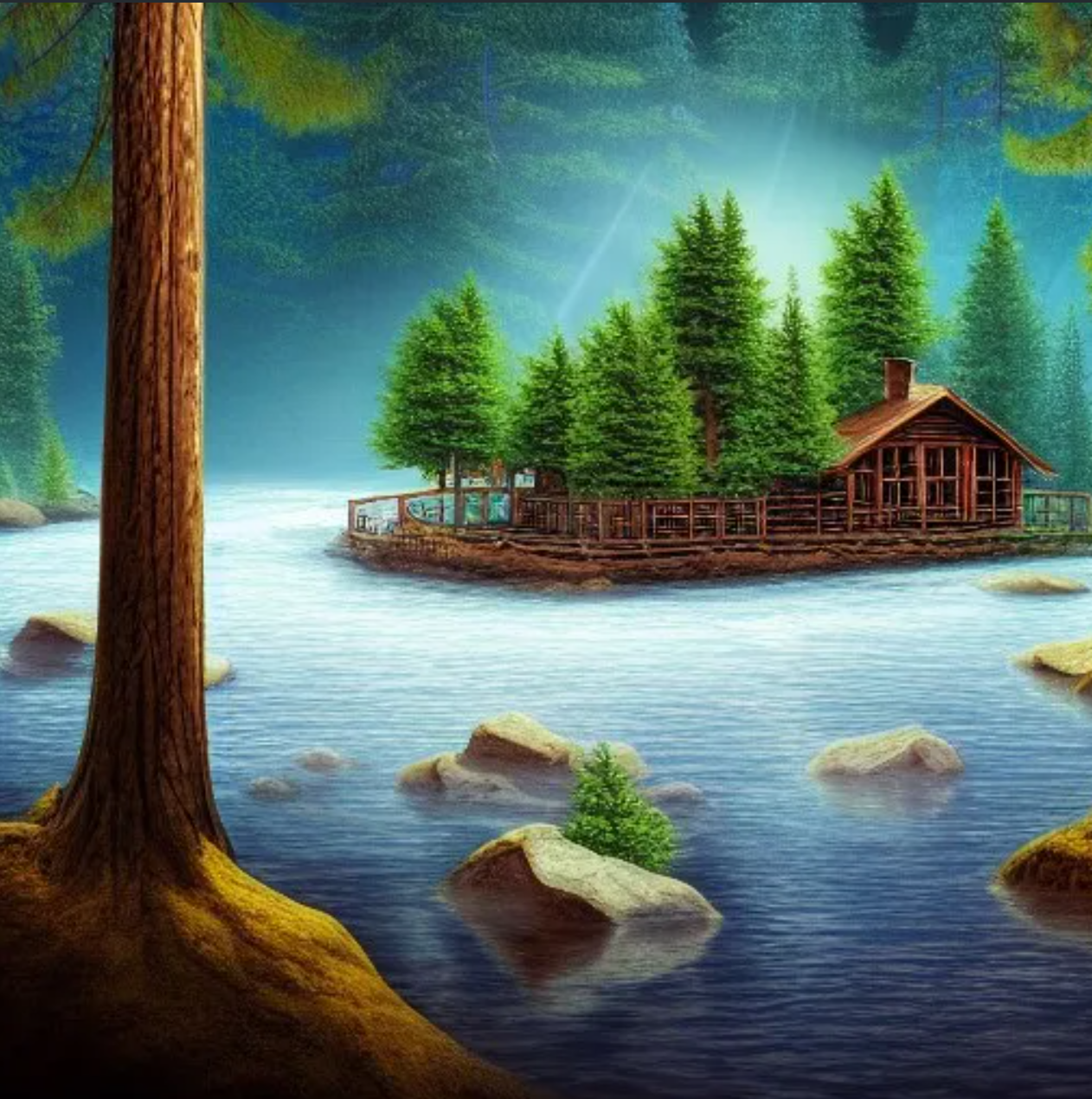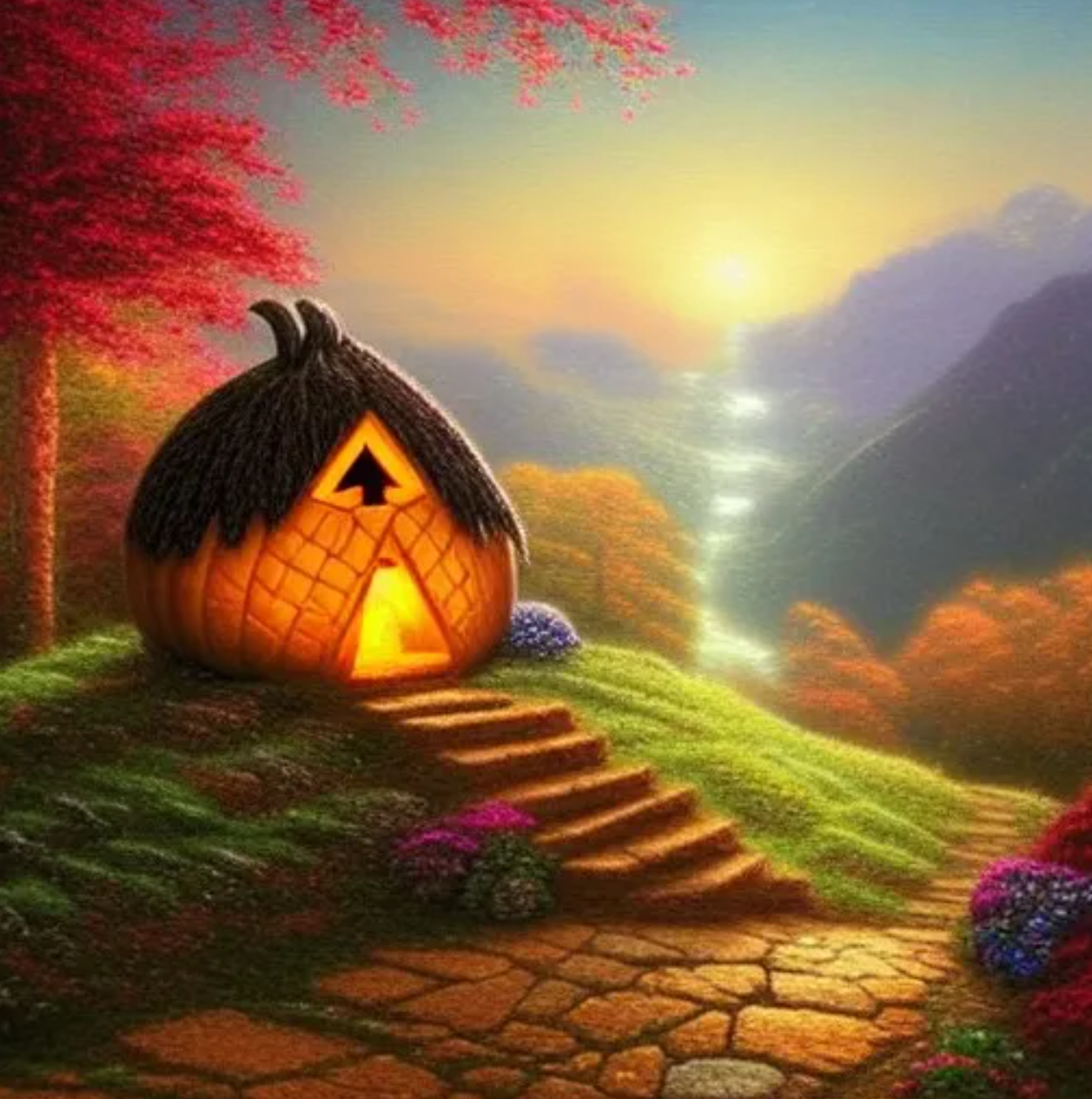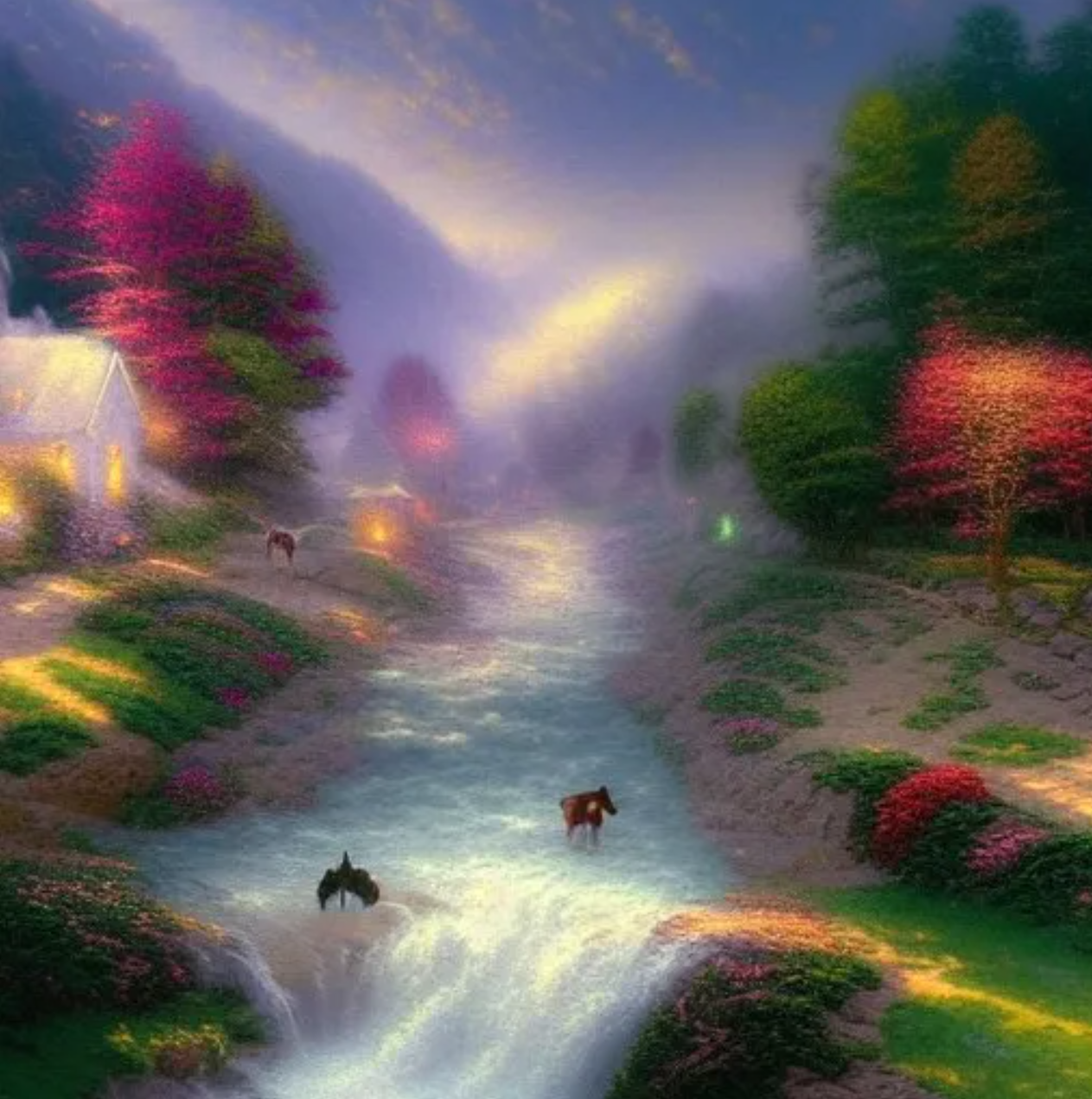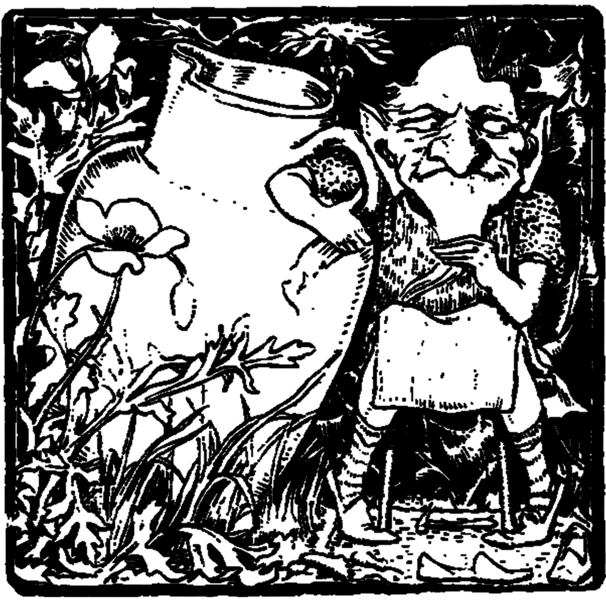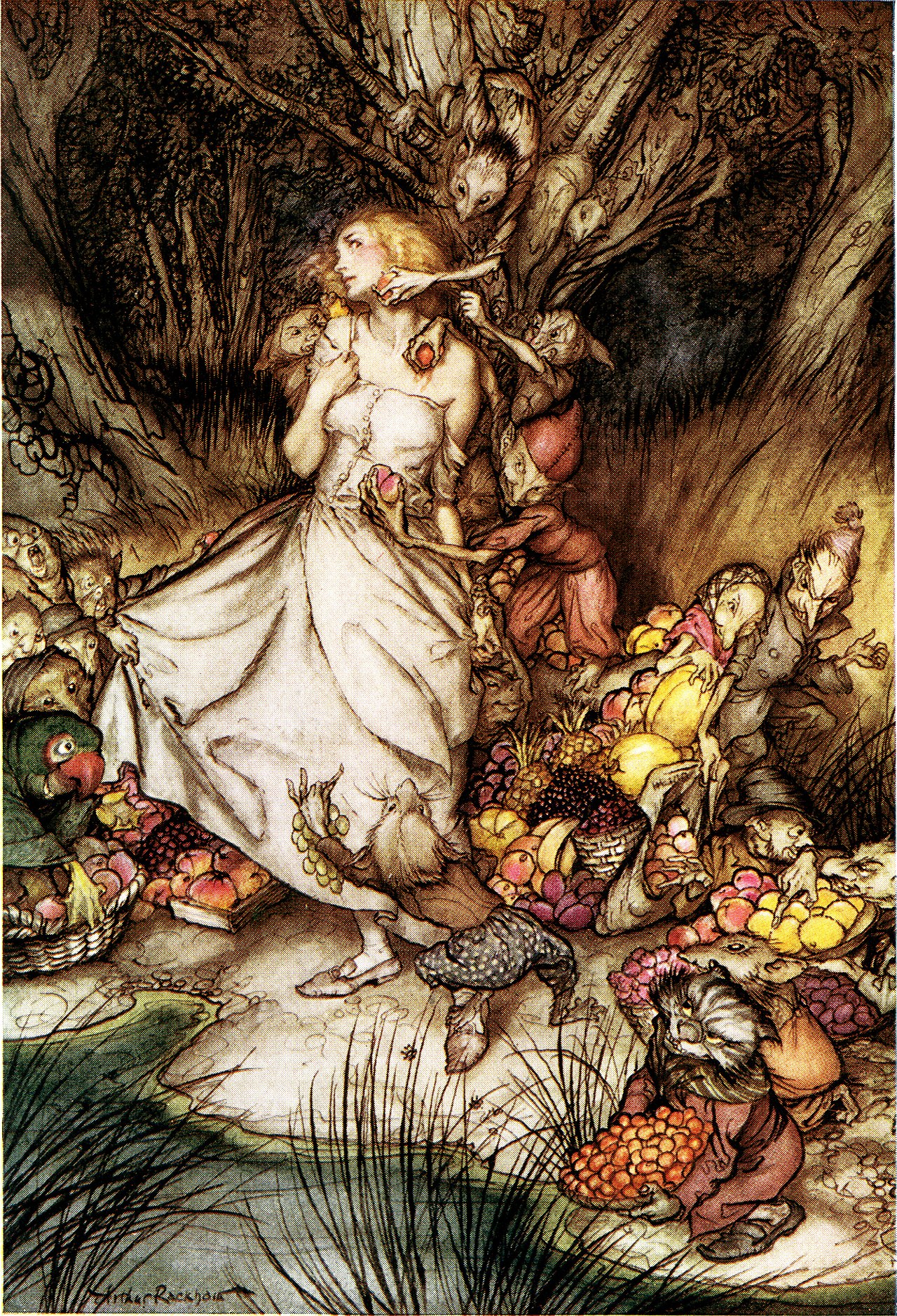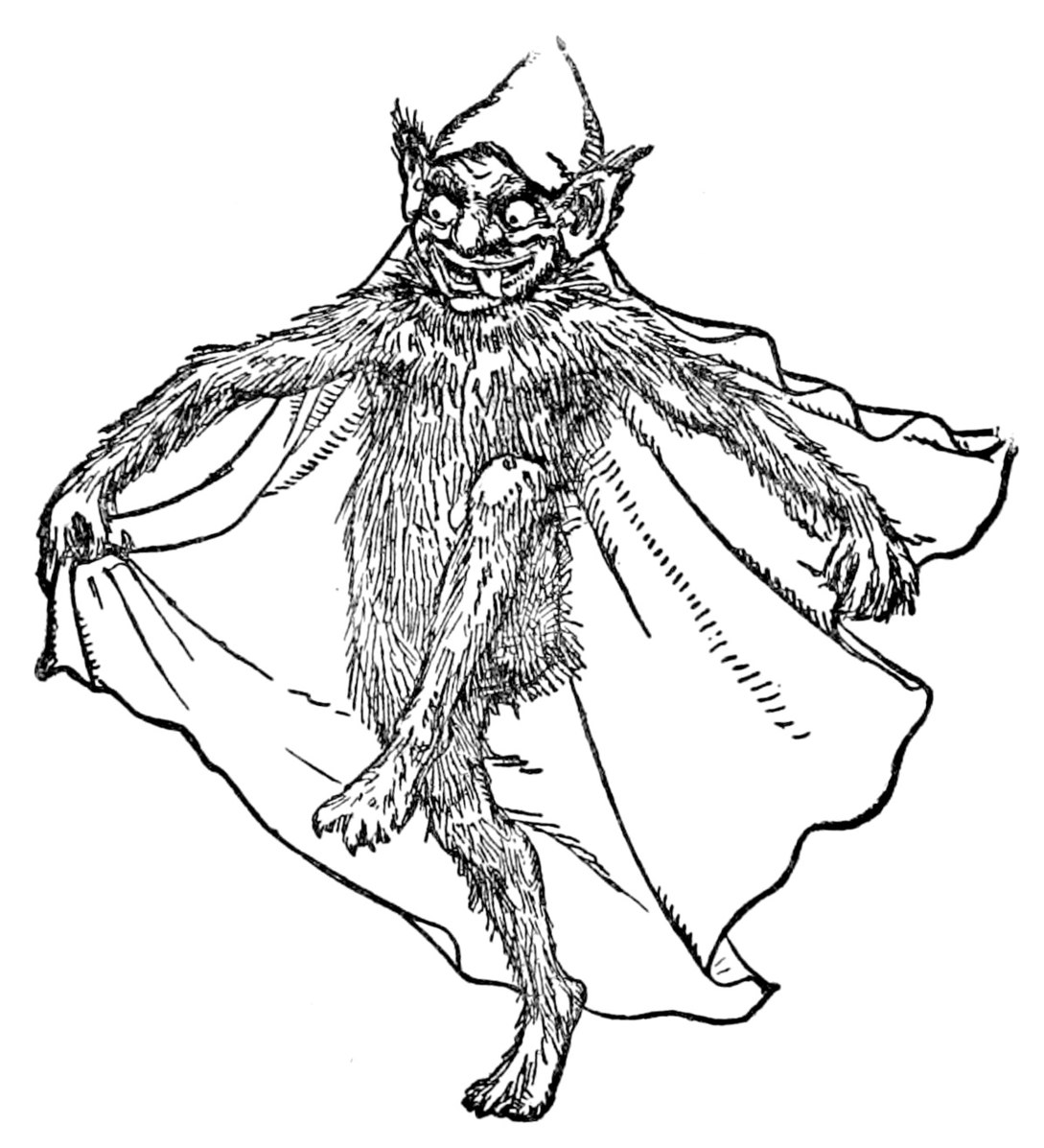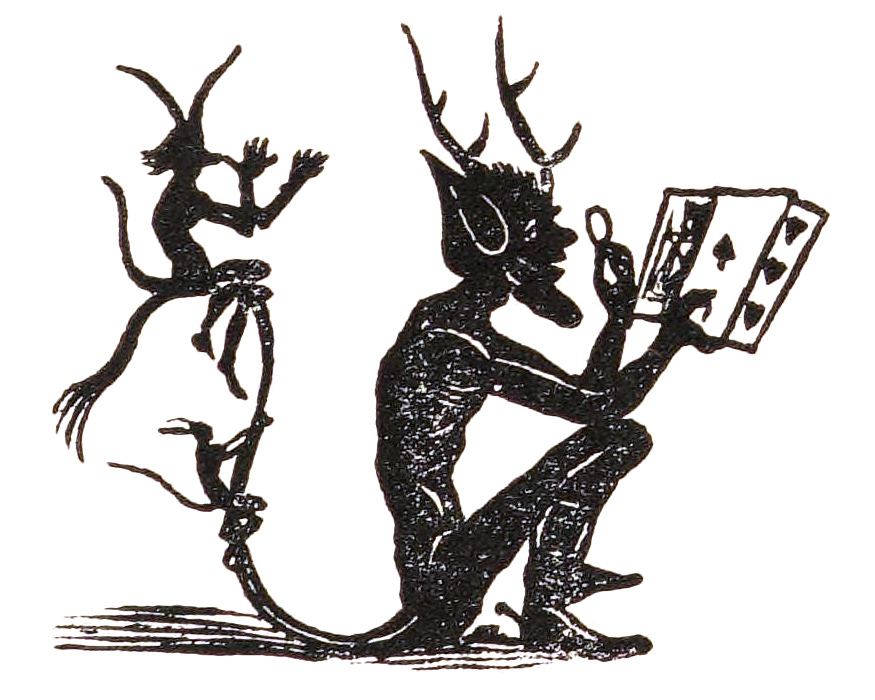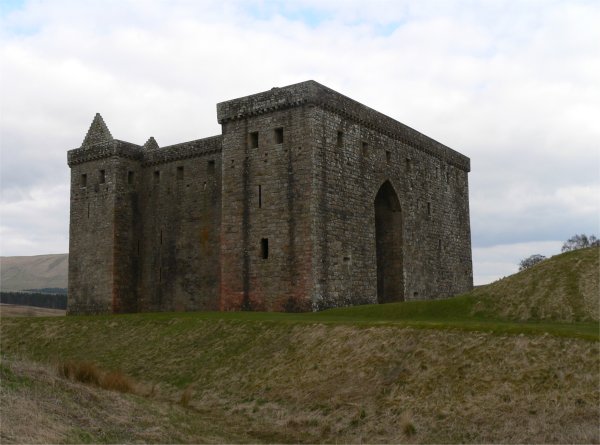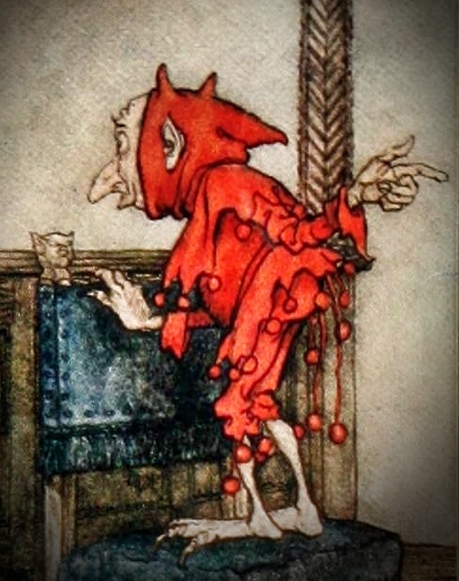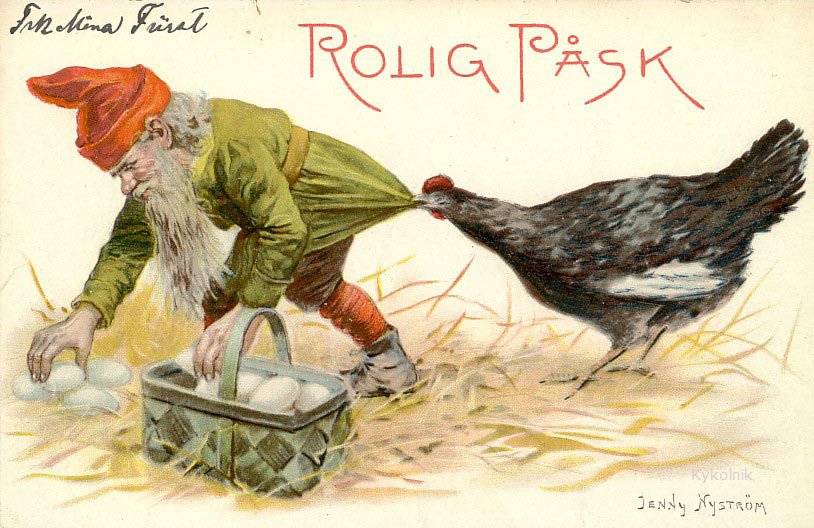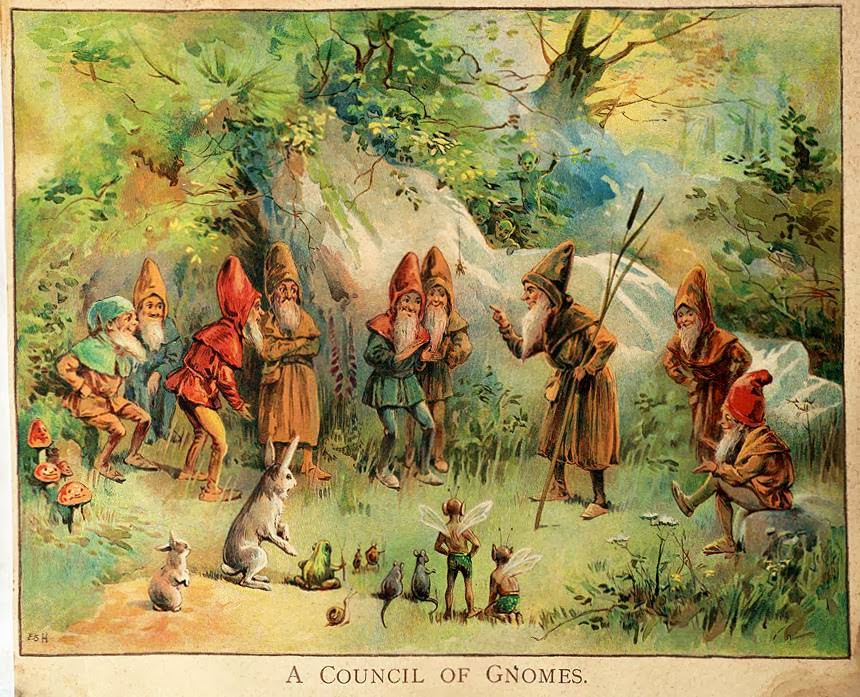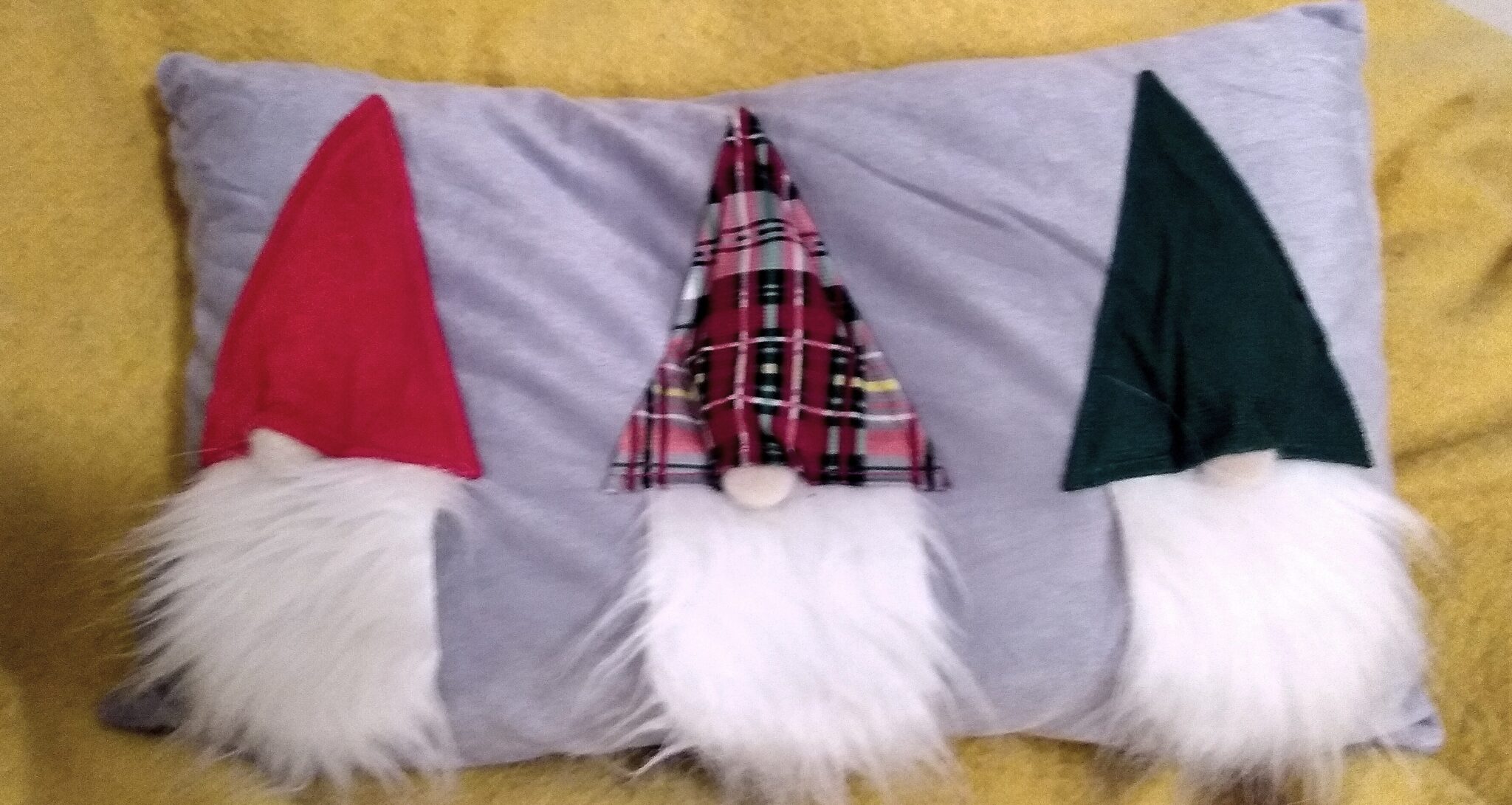Your clubhouse for gnome-related stories, puzzles, pictures, free games, and all manner of wee delights! Sign up for the monthly newsletter for free playtest invitations, print-and-play expansions of games, puzzles, coupons and more.
On this page:
ㅤ
Weefolk Art
Christmas gnomes
ㅤ
Digital paintings
I’ve never made a secret of the fact that I love Andrew Bosley’s work. And Ryan Laukat is going to be another favorite. In the past year, I’ve made a concerted effort to develop a painting style vaguely reminiscent of his. I particularly like the whimsy of his characters, the natural settings of his compositions, and specific details about his rendering (such as how he handles rim lighting and faces).
Those efforts have just begun to bear fruit. Here are samples that I painted in 2023. They each took between a day and a week. I still struggle a bit with faces. Hopefully, I will keep getting faster. More to come!
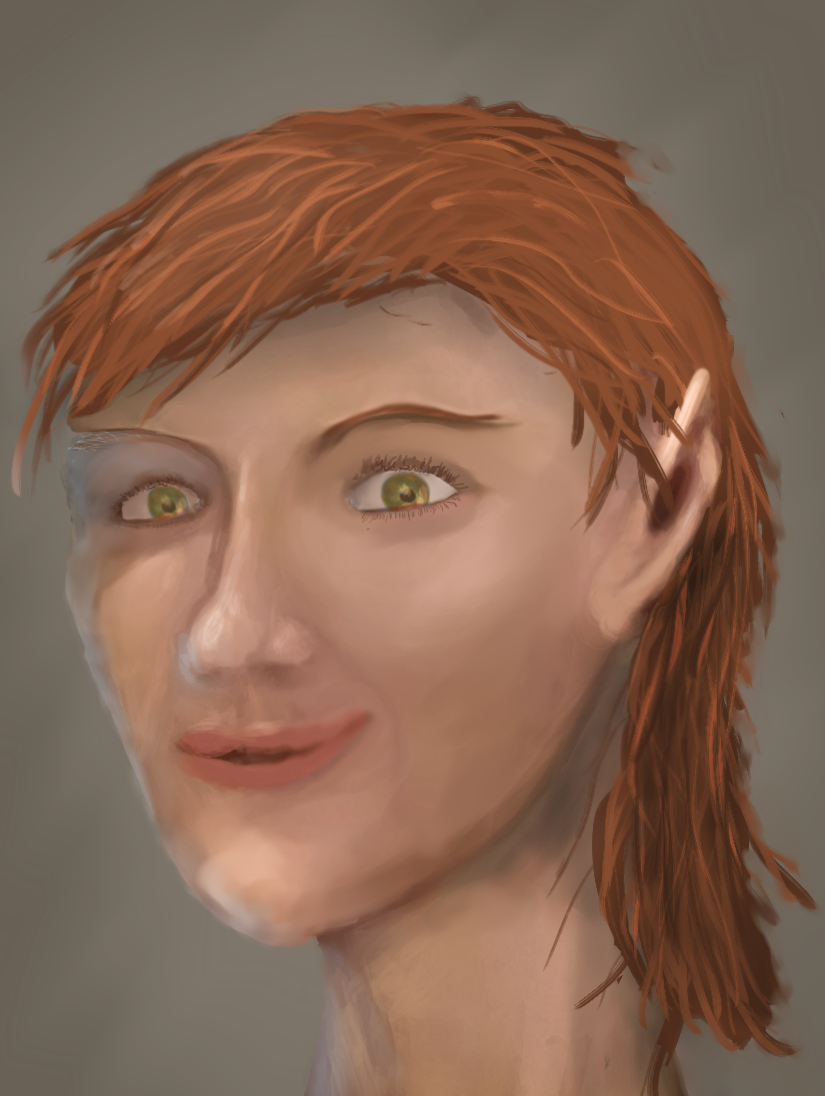
Adapting public domain
My favorite way to create art is by using my limited digital painting skills to adapt existing public domain or Creative Commons art. The result is more thematic relative to a game than the original art, higher quality than what I could have done alone, and actually on-point relative to what AI can current do. (The next section, below, has a lot of additional AI art, for further comparison.)
Sometimes, it’s as simple as overpainting a public domain drawing or painting, as in the fairy example below. The original artist, Arthur Rackham, used washes to color his art; modern sensibilities call for richer colors. I’ve also included an AI-generated illustration for comparison. The AI’s style would be ok for certain games, but the posture of the fairy makes no sense, so even if it were ok to use AI art in a finished game, I’d still end up redo-ing significant parts of it anyway.
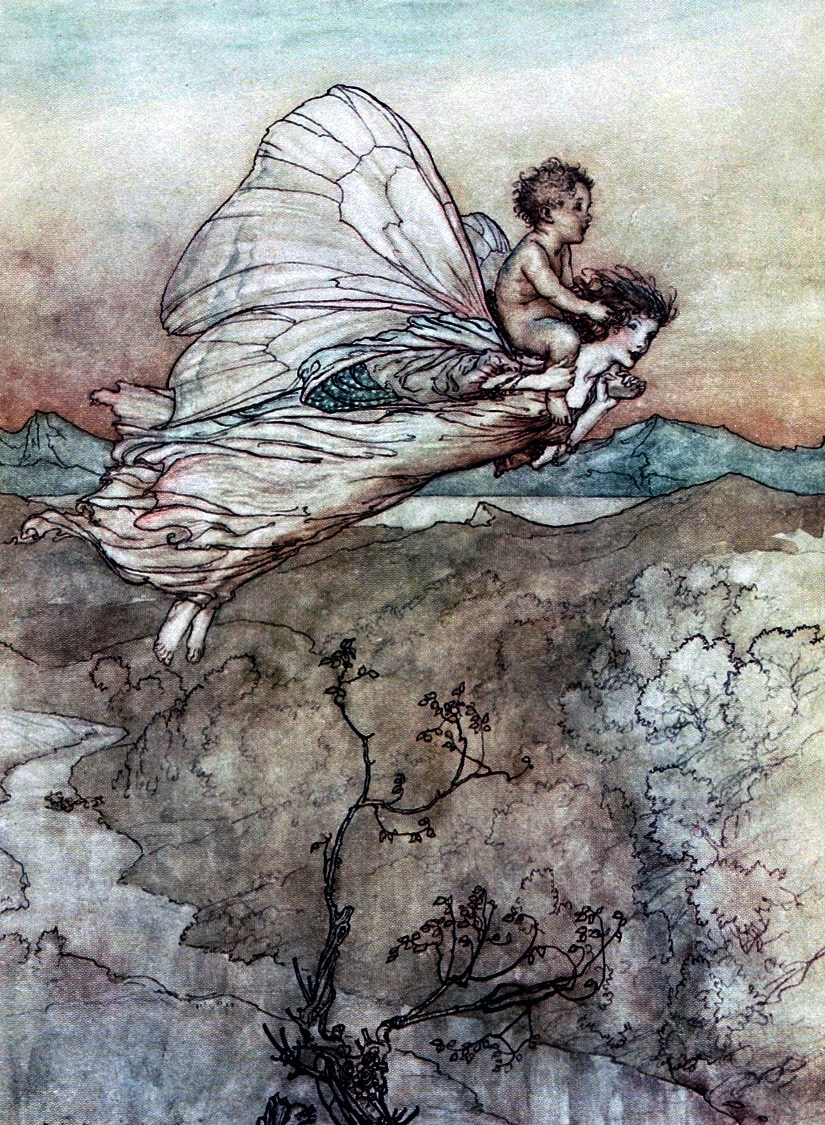

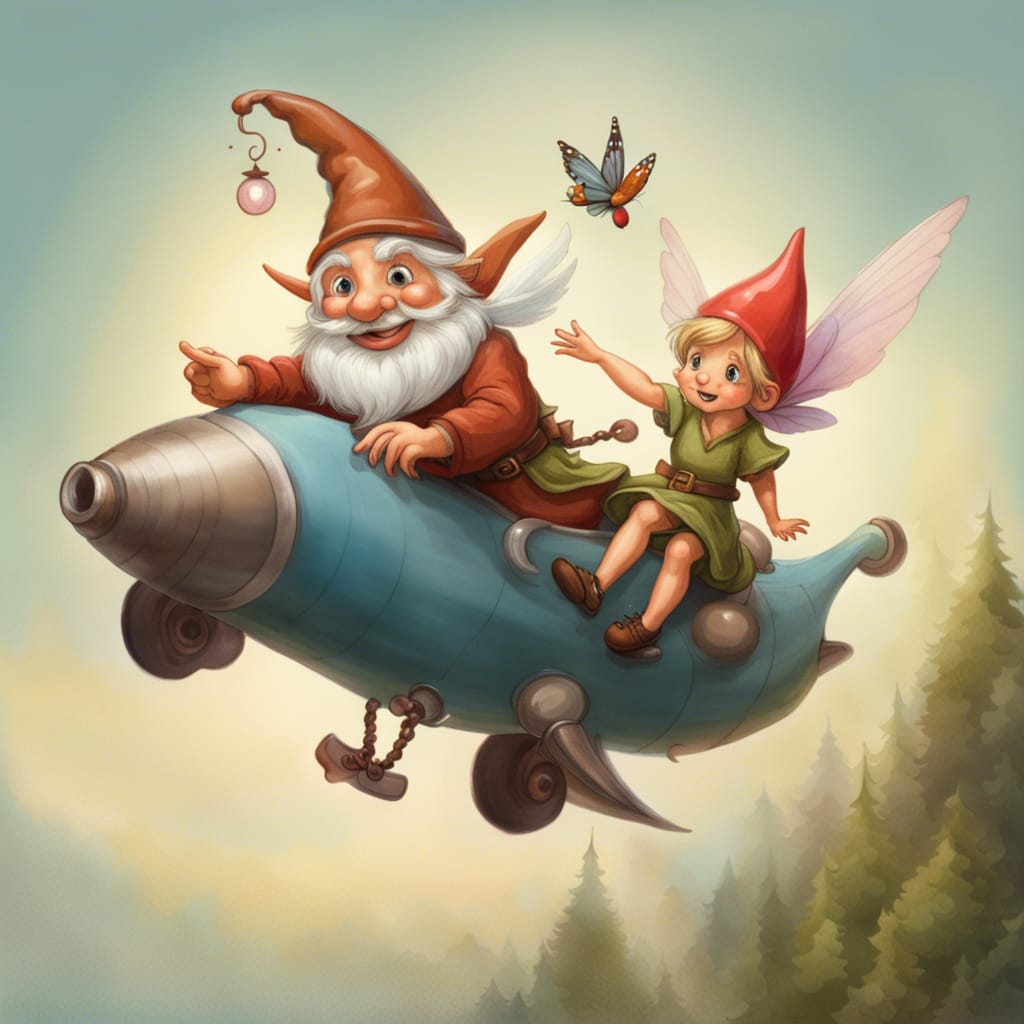
Fantasy Fairy 54
Illustrated with the retouched public domain work from the Golden Age of Illustration, the Fantasy Fairy 54 deck includes fairy princesses in place of kings. It’ll be on sale at Itch, TheGameCrafter, and DriveThruCards sometime in 2024.





Gnome puzzle
Here’s a 10-minute puzzle based on the Gnomadic Gardeners box illustration.
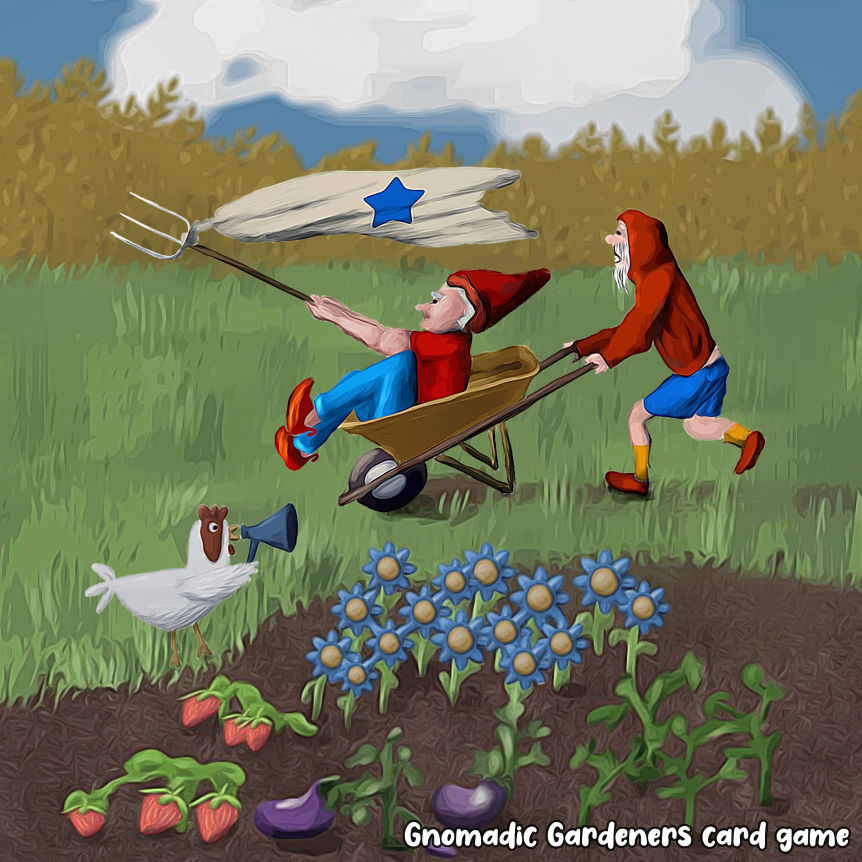
ㅤㅤ
Gnome animations
An AI generated these animations from illustrations of the Gnomadic Gardeners card game — taking gnome creepiness a couple levels higher!
Line art illustrations
The blog includes an article about how I ended up with the current graphic design and art style for Cartref — the capital of the goblin empire in Emblem. Here are a few cards that I created for the game. The guild of goblins controls the creation and sale of real estate in Cartref, including properties inhabited by bigfolk (as in the case of the Artificer and Caravansary buildings).
Another line artist that I really admire is Jason Glover of Grey Gnome Games. Here are two of his illustrations, along with 1 of mine.
ㅤ
The bigfolk are open for business
The interplay between humans and weefolk is important in many of my games. The bigfolk are ambitious and egotistical, always ready to put their business interests ahead of the weefolk who inhabit the world of Teg.
Illustrating bigfolk with public domain work is even easier than illustrating weefolk because there are so many old illustrations of humans. One option is to mash up public domain images, overpaint them, and then run them through a simple filter, as in the necromancer illustration below. Work often entered the public domain 42 years after publication, 56 years after publication, or 75 years after publication; to be on the safe side, I don’t assume copyright has expired until 70 years after the death of the artist. Quite a few other commercial-friendly licenses exist, including some Creative Commons options and the Pixabay license — technically not public domain, but perfectly adequate for the same purposes (with consideration for attribution and share-alike where applicable).
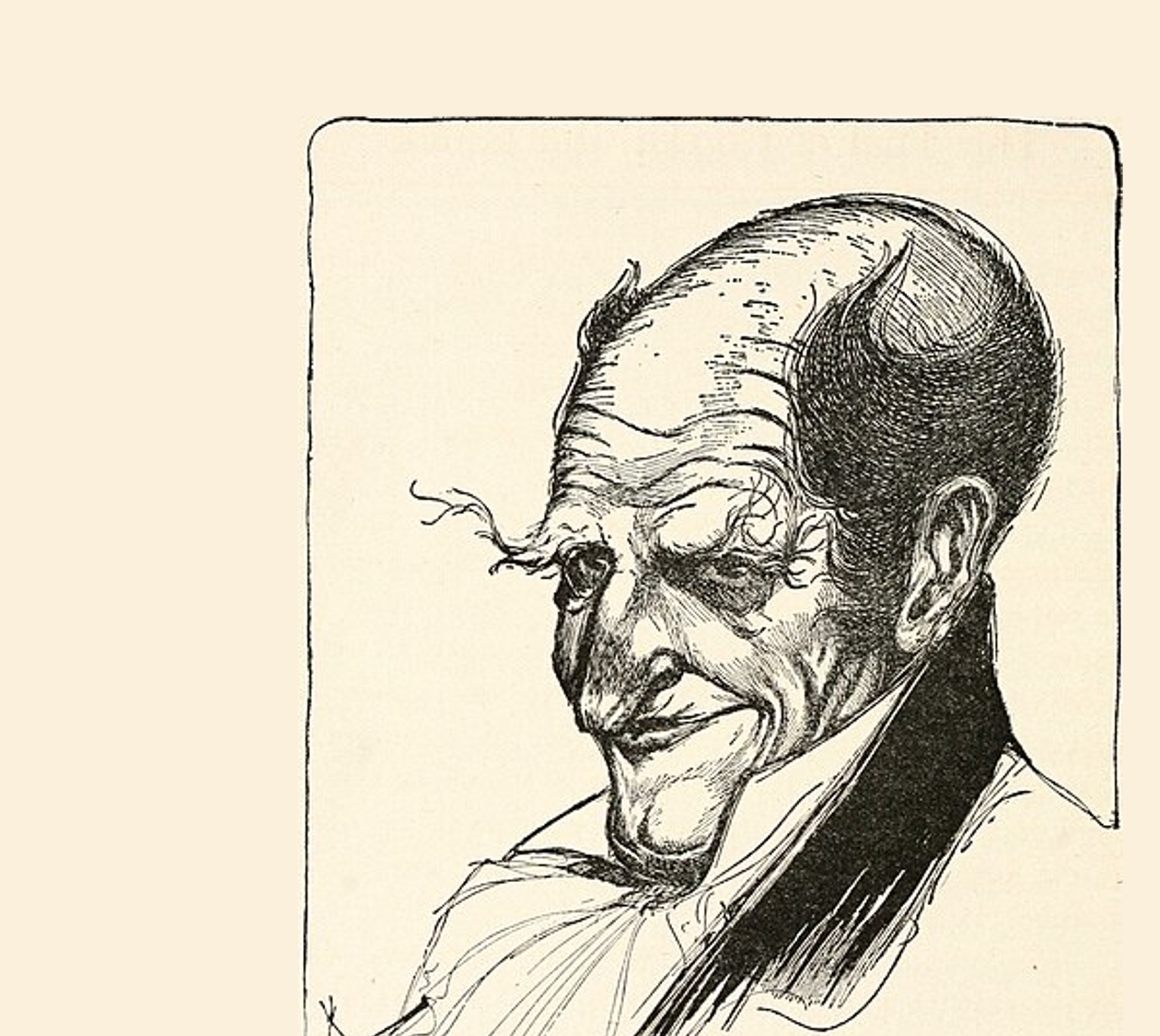
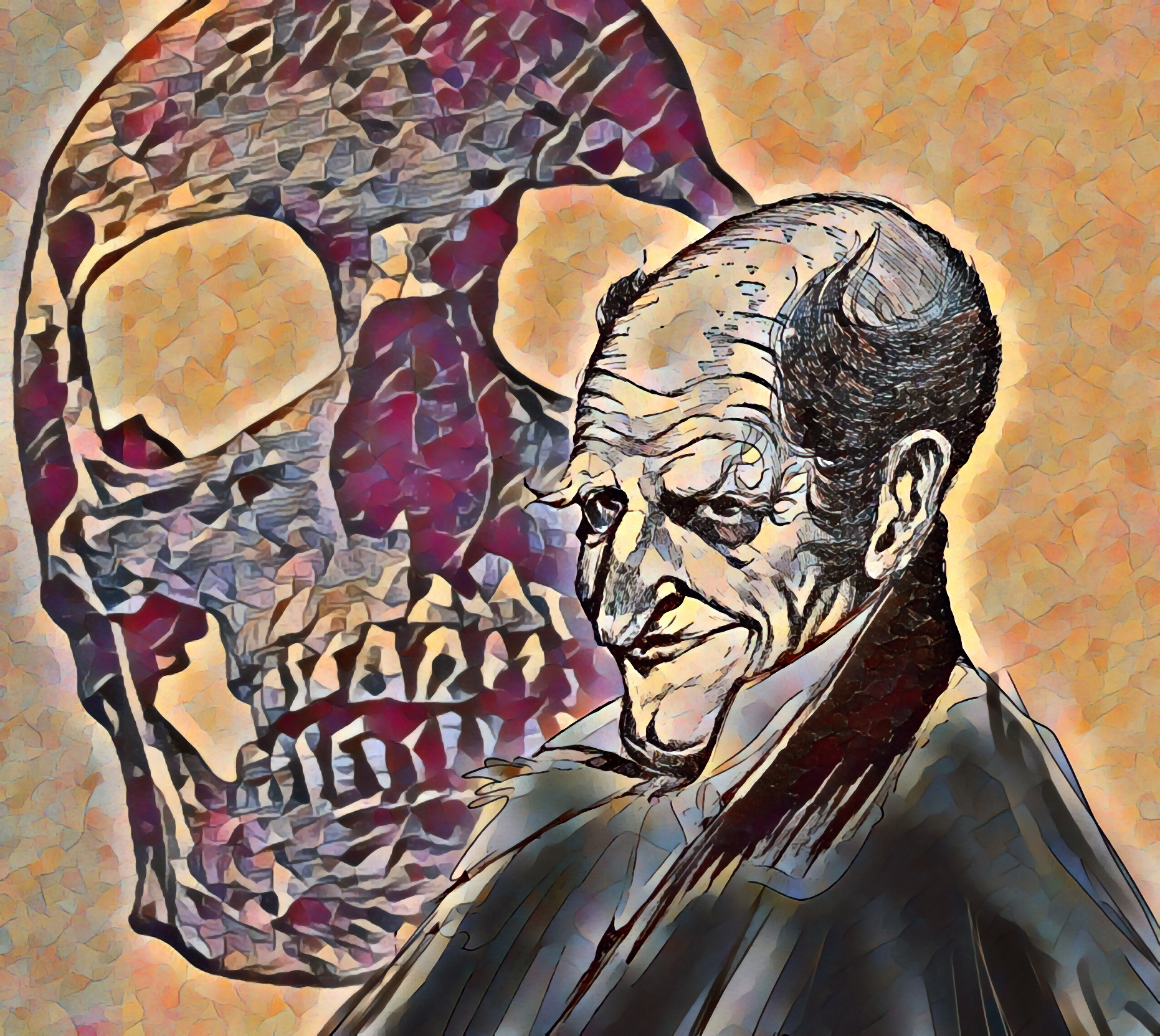

Mashing up public domain art can produce illustrations that demonstrate much of the technical expertise of the original artist, adapted to the theme and style required by a specific game. I created the Jabberwok illustration above with a similar process. The possibilities are endless.
Animals
Enchanted animals
What would the gnomes be without their enchanted animal friends? Sad. They would be sad. And a little lonely.
Here are a few of the illustrations that I created for Gnomadic Gardeners, as we hit the corresponding stretch goal. Cards with these illustrations will replace the tracker mat that had appeared in the base (non-stretch) version.
Froggy Bazaar
Jasper Burch at Pine Island Games posted on Facebook that they’ll want illustrations of frogs and lilypads for the upcoming game, Froggy Bazaar. I sent over some illustrations along with some visual ideas for graphic design. Jasper opted not to use them but had no objections if I share them here…
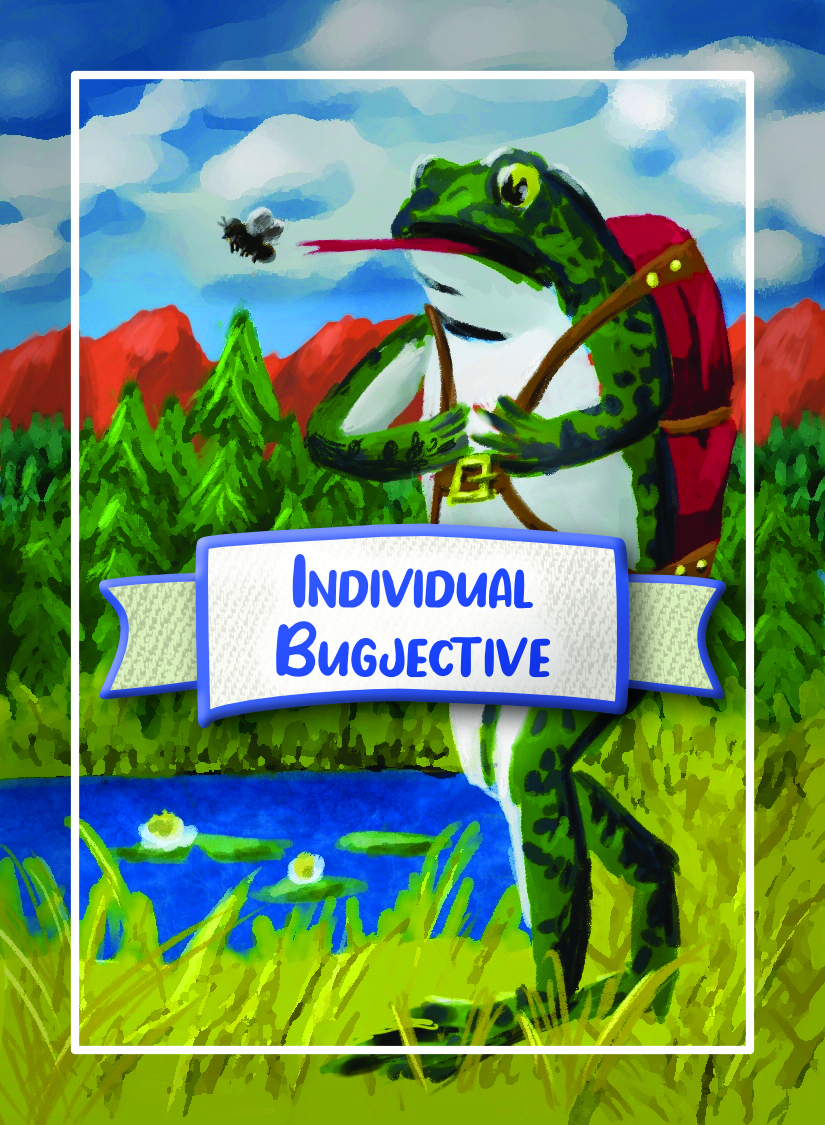
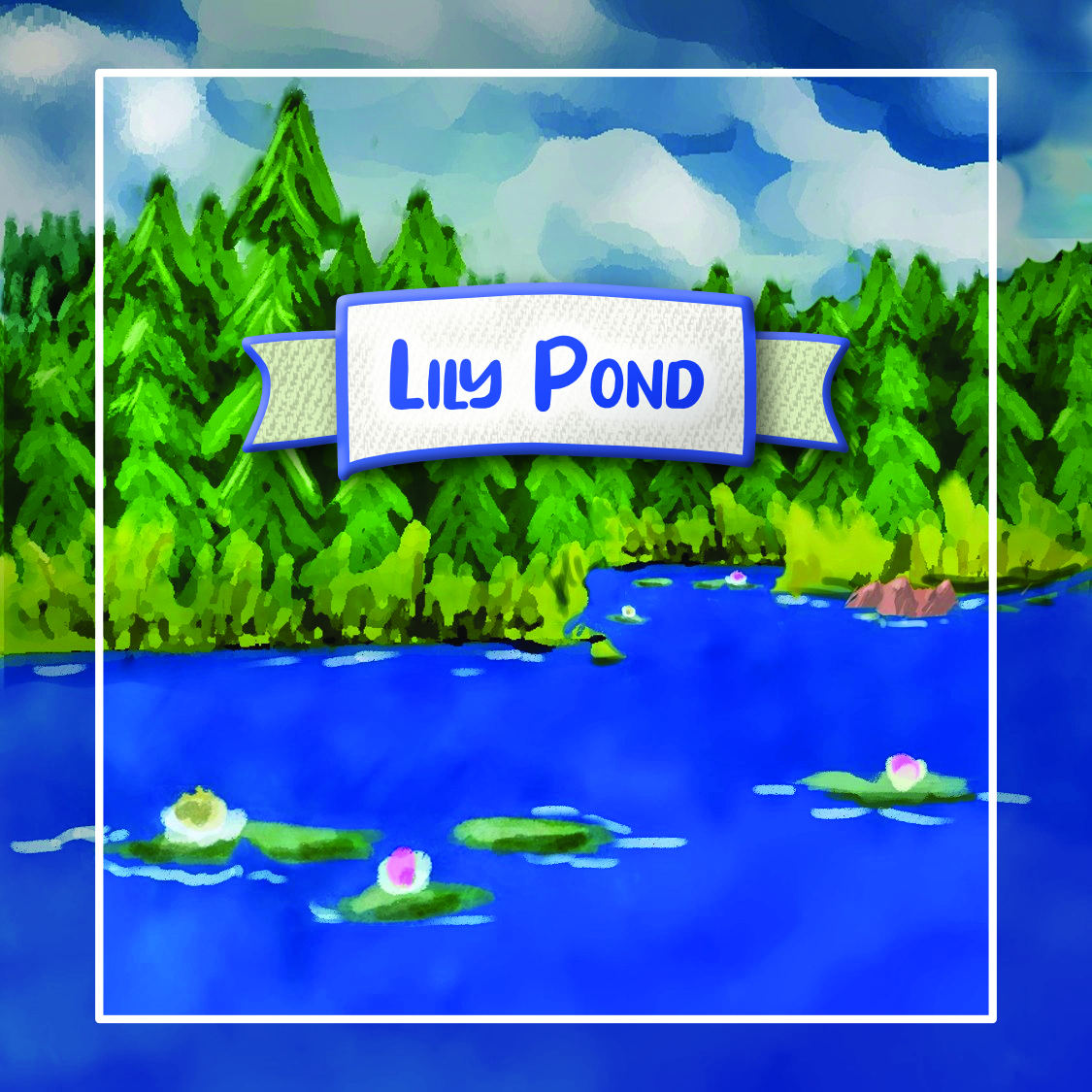
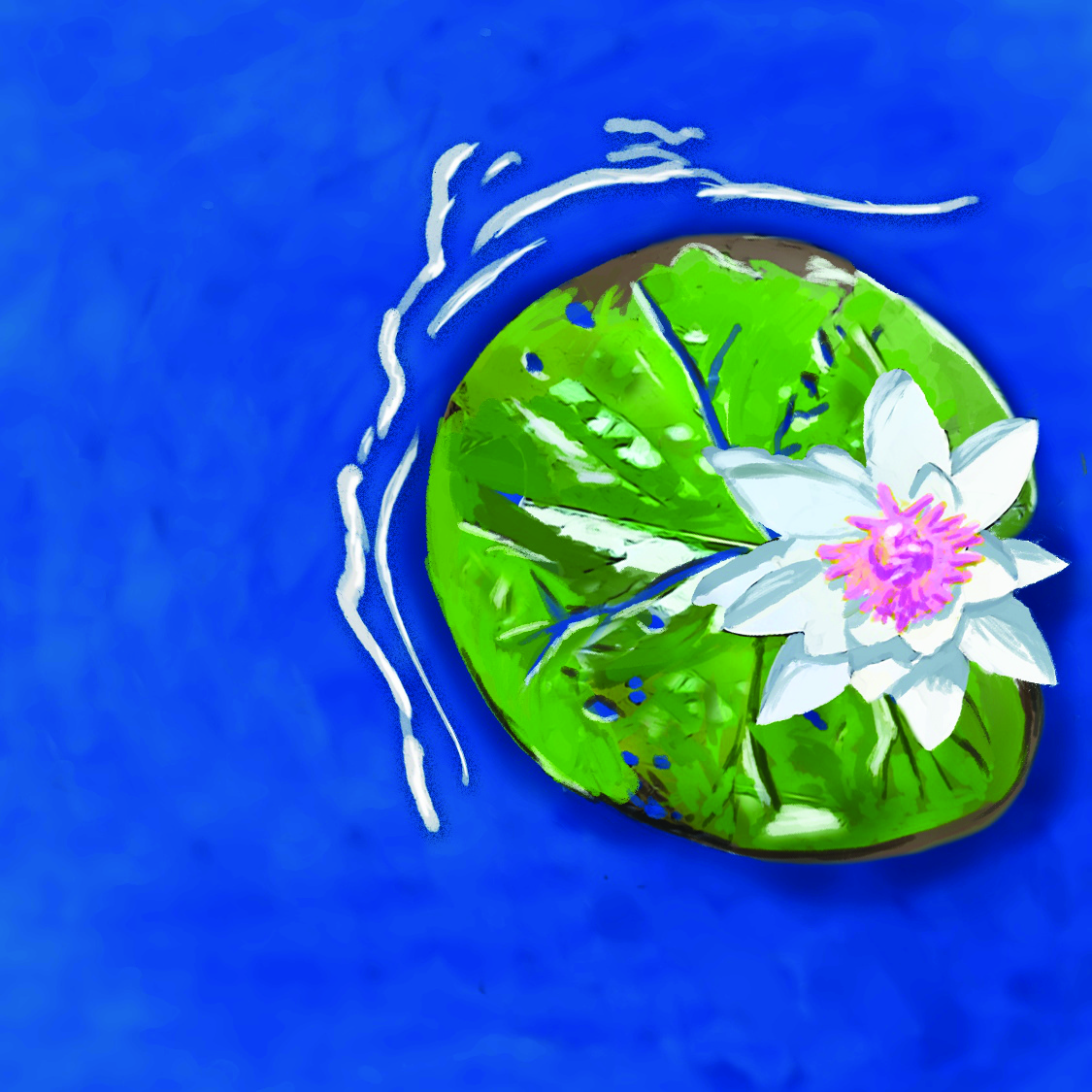
Nasty neighborhood
Unfortunately, the weefolk of Teg have quite a few nasty neighbors, as well.
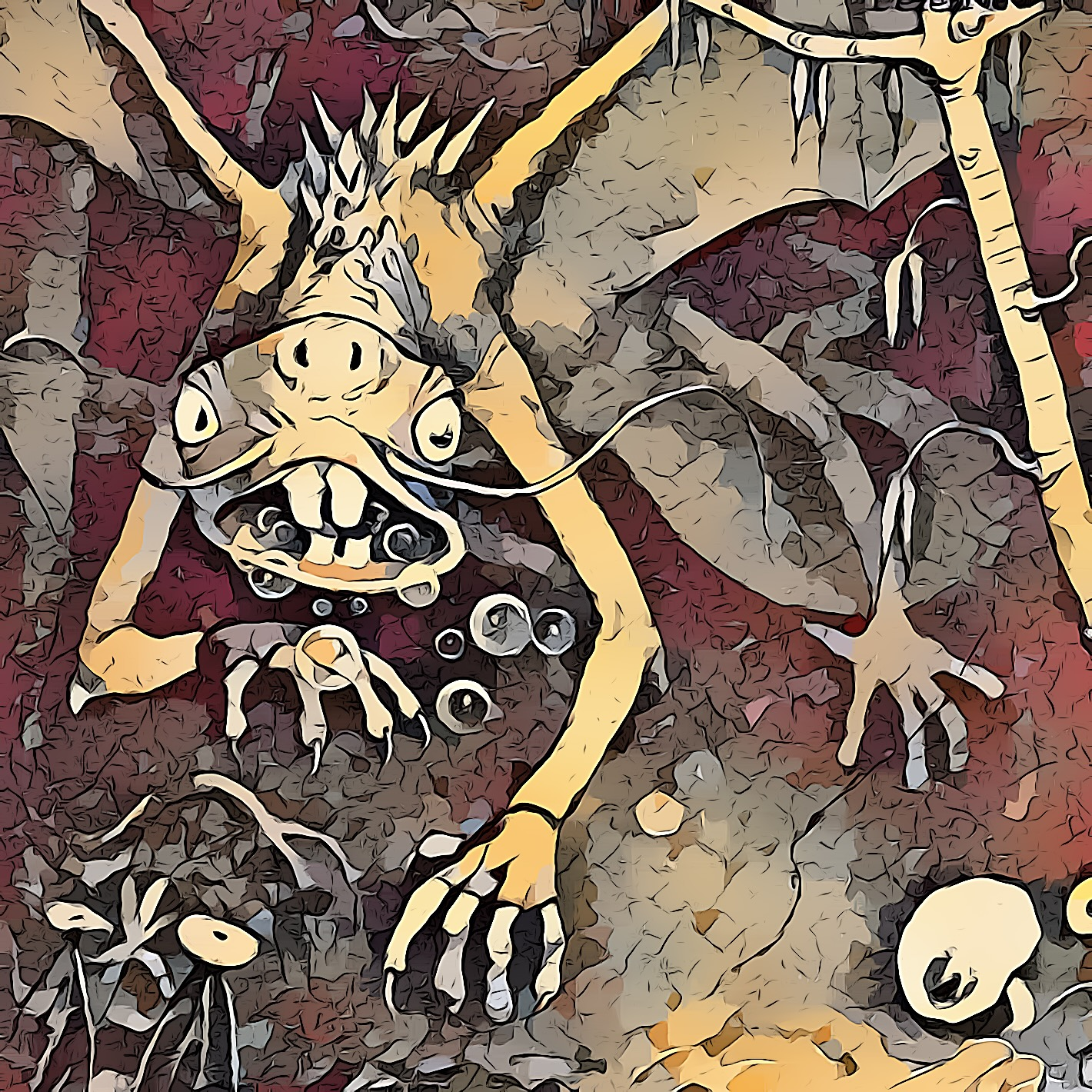
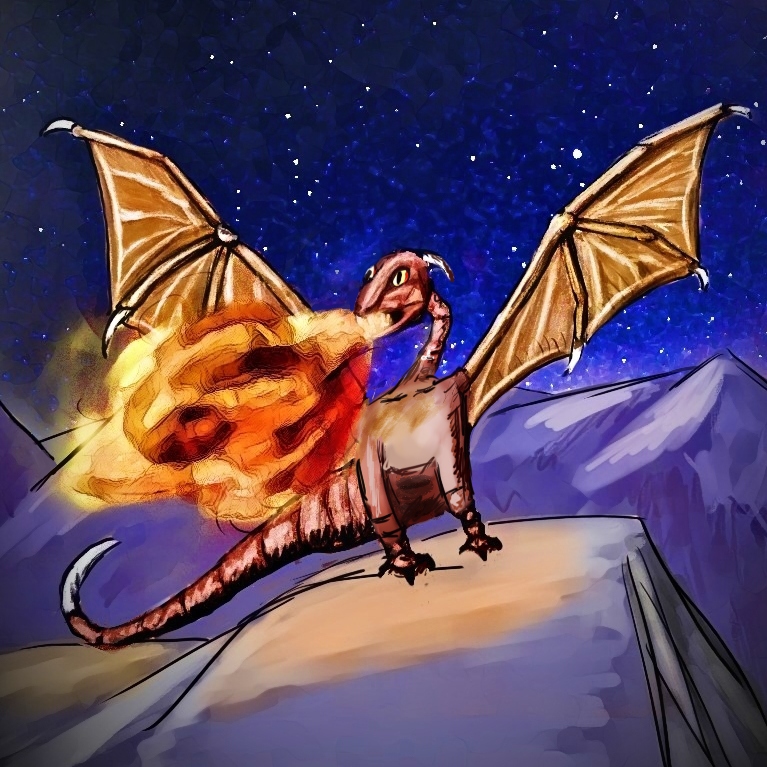
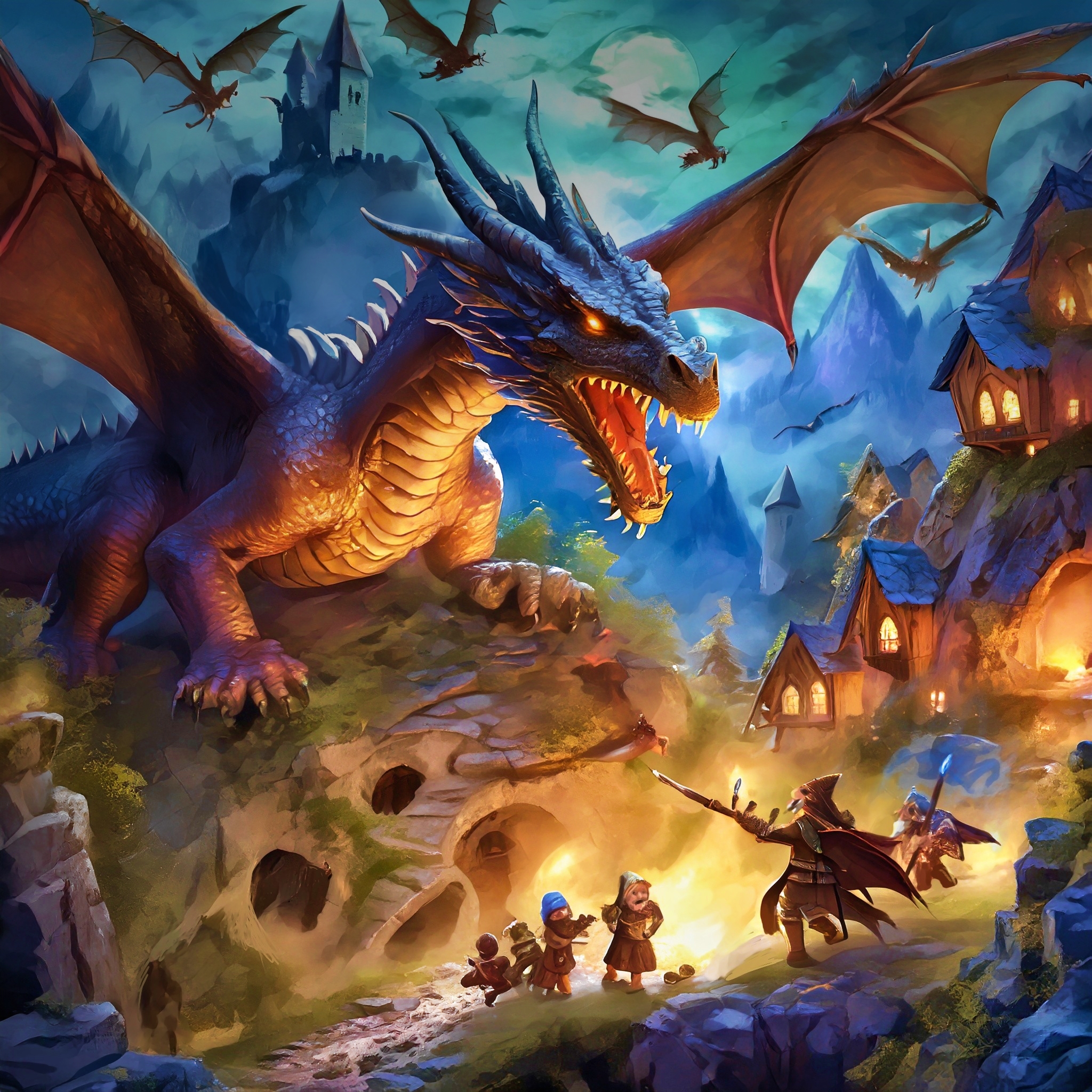
Combining multiple pieces of public domain or creative commons content, then overpainting, gives a better result…
Process from scratch
Although I prefer to start from public-domain content, sometimes need to create creatures from scratch. My typical process these days starts with line art, paints in a very generic-looking creature, adds interesting detail, adds background, and then pops the whole thing into BeFunky for post-processing (e.g., throwing on an oil-paint filter, or simply boosting vibrance and adding a vignette as in the example below).
AI-Generated Images
We can debate the legitimacy of AI until we’re blue in the face. But most people seem to have settled on the view that it’s a useful tool for prototyping — partly due to legal issues and partly due to ongoing gaps in quality. Like many others in the game industry, I’m keeping my eye on the technology and the ongoing litigation. I’d love to use AI images, instead of public domain art, as my starting point for digital painting. For the time being (late 2023), the technology isn’t there yet from a standpoint of quality or ethics.
Placeholder art for Gnome Fall
… for a gnome-specific civilization game. Yep, AI art for now. Aargh, what happened to the gnomes’ fingers!?!? And, those very sad, sad looking birds. At least, they’re supposed to be birds.
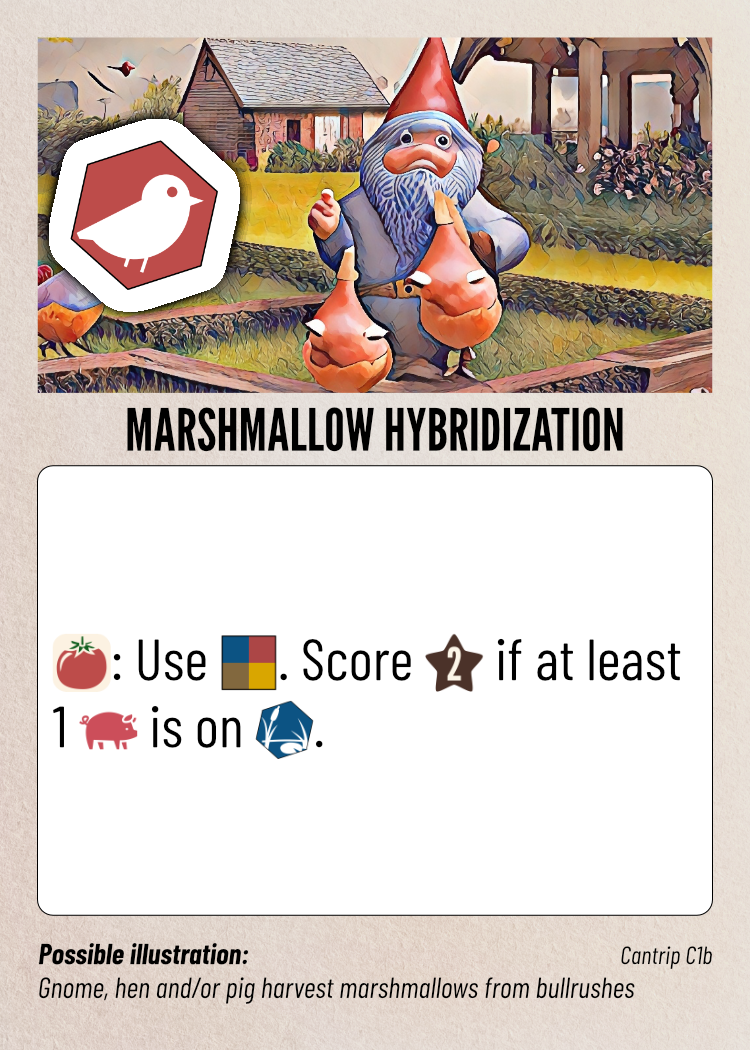
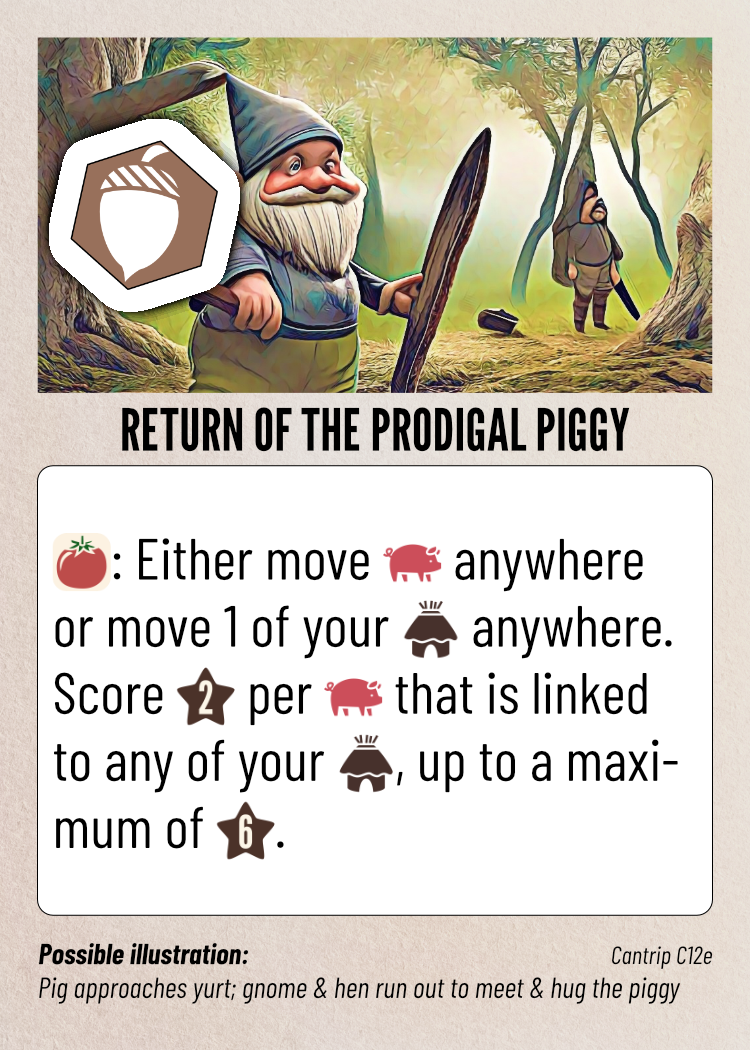
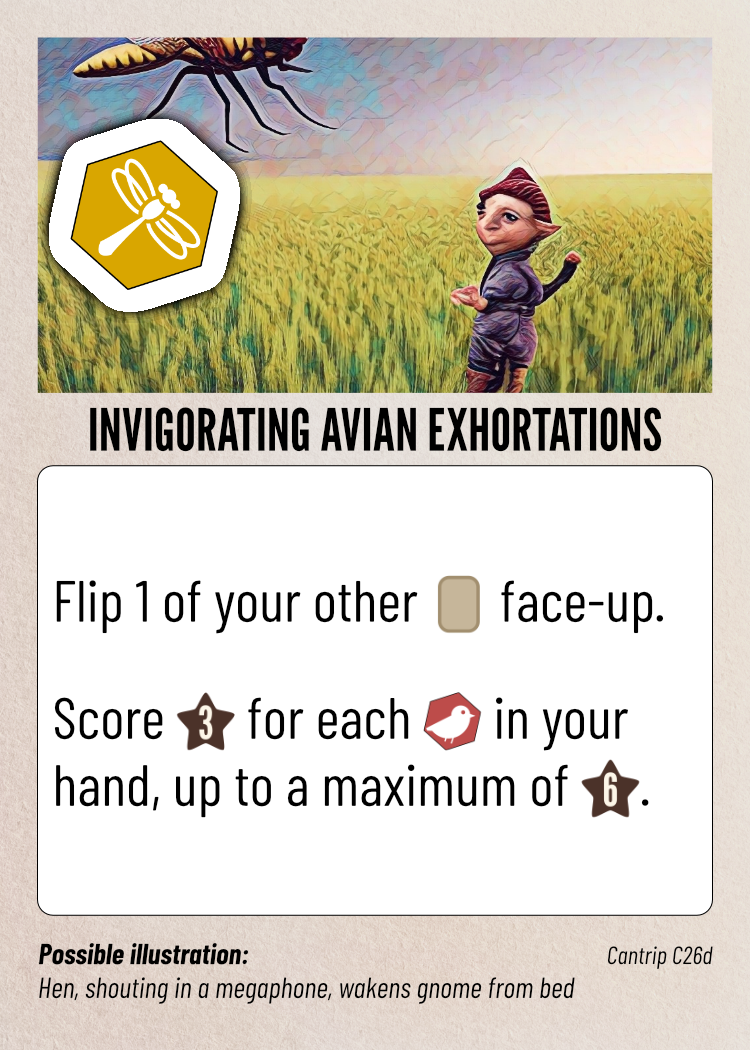
It’s a tile-placement game, and below are some of my placeholder tiles that I painted.
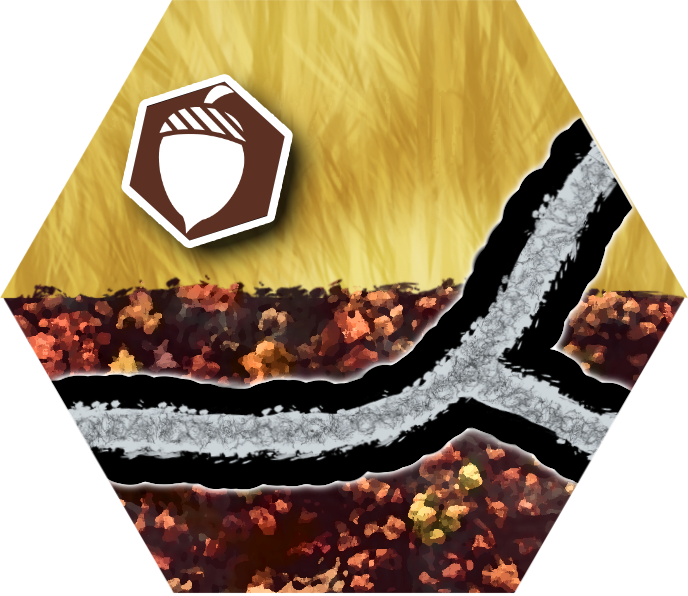

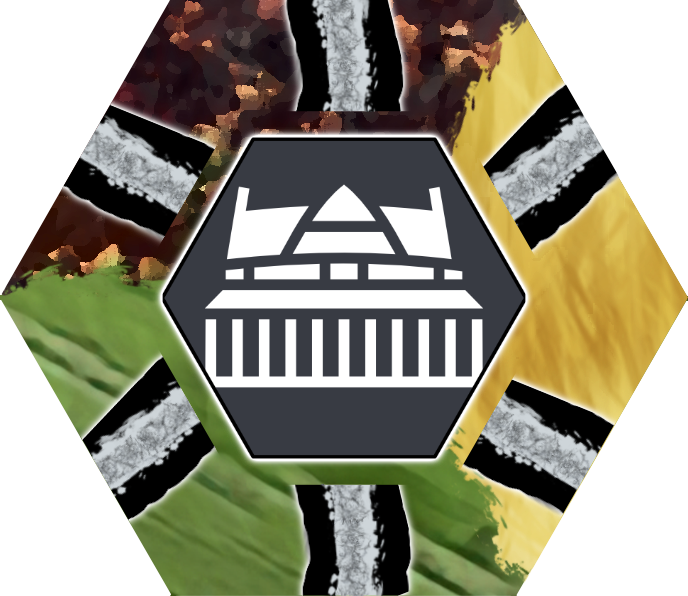
ㅤㅤ
Gnomes and fairies
Scenes from the recent elven honor rites (mid 2023)
As depicted by NightCafe SDXL, it appears there is an ongoing shortage of fingers and hands. The appendage blight appears now to afflict arm sockets, as well. Our thoughts and prayers continue to be with the Peoples of Pen Tir.
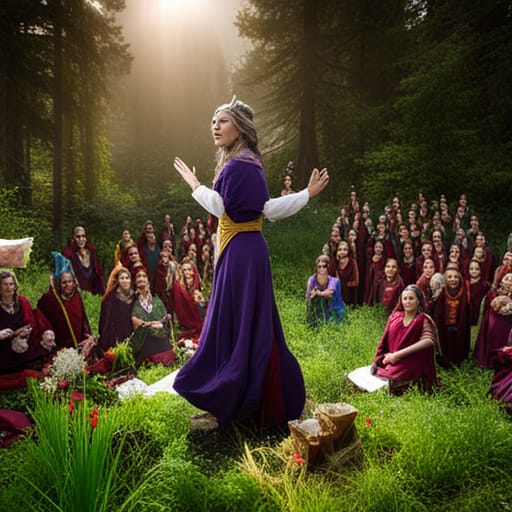
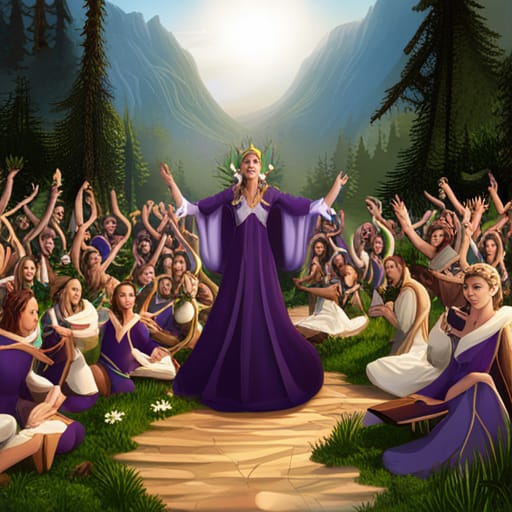
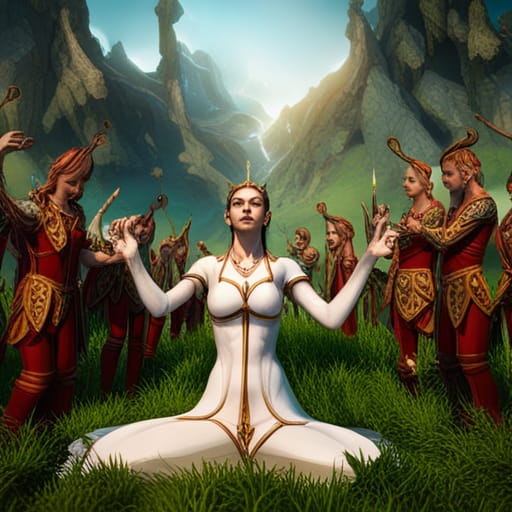
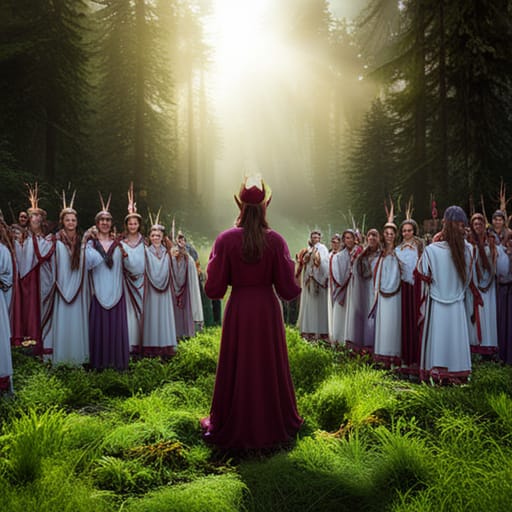
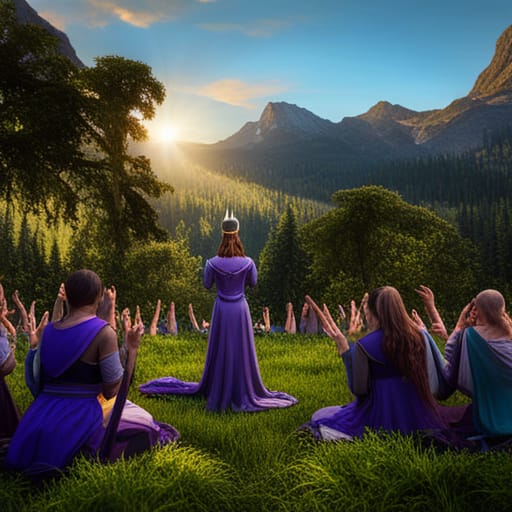
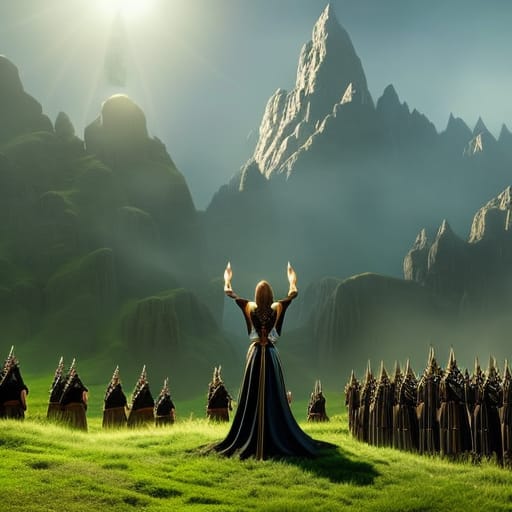
ㅤㅤ
Midjourney AI Art (mid-2022)
Based on past examples of art and associated words, Midjourney accepts a textual description including, optionally, the name of an artist or artistic style. It then will try to draw that scene. I can imagine using this tool someday for conceptualizing compositions. Here are a few samples of art that it has generated for me.
Meanwhile, NightCafe does notably better with landscape art than with individual characters.
ㅤ
Weefolk in History
They’re not all gnomes, you know! Here’s a quick rundown of some types of Weefolk known to folklore:
- Gnomes – what I consider to be “baseline” Weefolk. Some subtypes…
- Tomten (Nisse) – home/farm community gnomes of Scandinavia
- Broonies (Brownies) – house gnomes of Scotland
- Duende – ghostly house gnome of Hispanic cultures
- Dwarfs – less free-spirited than gnomes, and more focused on creating magic things and structures
- Goblins – greedier and nastier than gnomes. Some subtypes…
- Kobolds – live on ships, in mines, or in homes (significantly adapted and generalized for D&D)
- Gremlins – mischievous technology-wrecking trickster
- Redcaps – murders in northern England / Scotland
- Coblynau – live in Welsh mines
- Pixies – diminutive visitors from a fairy plane who are more elegant and ephemeral than gnomes
- Elves – inhabitants of our plane who may have the elegance of Pixies and some of the frolic of gnomes
- Imps – what you get if you cross a pixie with a goblin (demonic and not entirely of this plane)
- Abbey Lubber – an imp who lives in a monastery (trickster and tempter)
- Leprechaun – what you get if you cross a pixie with a gnome (highly individualistic, loves gold)
- Clurichaun – a leprechaun who lives in a brewery/winery/pub (highly individualistic, loves alcohol)
Weefolk of North America
The diverse weefolk of Europe are well-known: tomten/nisse/gnomes, dwarves, brownies, leprechauns, etc. North America also has its share.
- The Cherokee consider Nûñnë’hï to be supernatural fairy-like beings. They love to dance and eat. They’ve occasionally fought on behalf of the local humans against invaders.
- Yunwi Tsunsdi seem to be a separate different race of weefolk known to the Cherokee natives. They more closely resemble small children rather than pixies, but they love music and dancing like the Nûñnë’hï.
- Memegwaans are water-loving spirits known to the Ojibwe. They’re hairy, hum like dragonflies, and like carving stuff like symbols and canoes.
- The Choctaw refer to little people as Hatak awasa, describing them as mischievous — like goblins.
- Native Hawaiians know of the Menehune, who built a civilization pre-dating the Polynesian immigrants. For example, they built temples, fishponds, roads and homes.
- Tales of the Haudenosaunee (aka Iroquois to Europeans) natives often refer to the Jogah. These are a nature-spirit that manifest in fairy- forms or dwarf-like forms, frequently playing drums.
Nasty weefolk
Modern culture has largely sanitized the image of Weefolk. As highlighted in the taxonomy above, those cute little gnomes that you see in your local store are just the surface of a very deep and somewhat troubled vein of folklore.
Here are some images of not so nice Weefolk from history…
Redcaps
One of the nastiest kind of Weefolk is the Redcap, who supposedly inhabits the grounds of abandoned castles and other edifices. In an 1888 review of “Brownies and Bogles”–roughly synonymous with good and bad weefolk–Louise Imogen Guiney wrote, “Red Comb or Bloody Cap was a tyrant who lived in every Border castle, dungeon and tower. He was short and thickset long-toothed and skinny fingered, with big red eyes, grisly flowing hair and iron boots; a pikestaff in his left hand and a red cap on his ugly head.”
The “Border” that she mentions is the wild land between England and Scotland, i.e., the massive expanse of heather-clad moors north of where the English lived. Archeologists have some suspicion that small pygmies were the first inhabitants of these moors, during the stone age. Later arrivals to the area might have seen these prior inhabitants as frightening untamed brutes. This is not to say that they were simply animals. They had tools, “free time and complex social and cultural lives.” To the extent that they had amazing abilities to survive an unfriendly terrain for thousands of years, they might have seemed to possess some form of magic.
Through the past couple hundred years, culture has portrayed Redcaps as:
- “An extremely evil and murderous type of goblin… Their skullcaps were coated with blood that if dried out would kill the demons… Supernaturally fast…. Scared away via reading from the Bible” [fandom.com]
- “Also known as a powrie or dunter… a type of malevolent murderous dwarf” [competing page on fandom.com]
- “A group of elves, and it is characterized by educational and moral purposes” who somehow work for Santa Claus [wikipedia entry for Red Caps TV Series]
- “Throw stones at anyone who tried to shelter in one of his castle” — although “Dutch redcaps, known as Kaboutermannekin, are completely different from their Scottish namesake,” and they look remarkably like gnomes. [Icy Sedgwick]
- A 1895 summary of German folklore likewise contrasts various types of nasty goblins with the kind red-capped kobolds of Germany, which we’d recognize as a Continental variety of the friendly-and-hard-working-but-mischievous gnomes or Tomten [Heinrich Heine].
I conclude that redcaps are the emblematic antithesis of gnomes. Gnomes culturally embody and hyperbolize righteous weefolk whimsy, while redcaps culturally embody and hyperbolize evil weefolk malevolence. And then, there are weefolk everywhere in between!
Rare gnomes
Enjoy this collection of gnome pictures gleaned from the corners of the web…
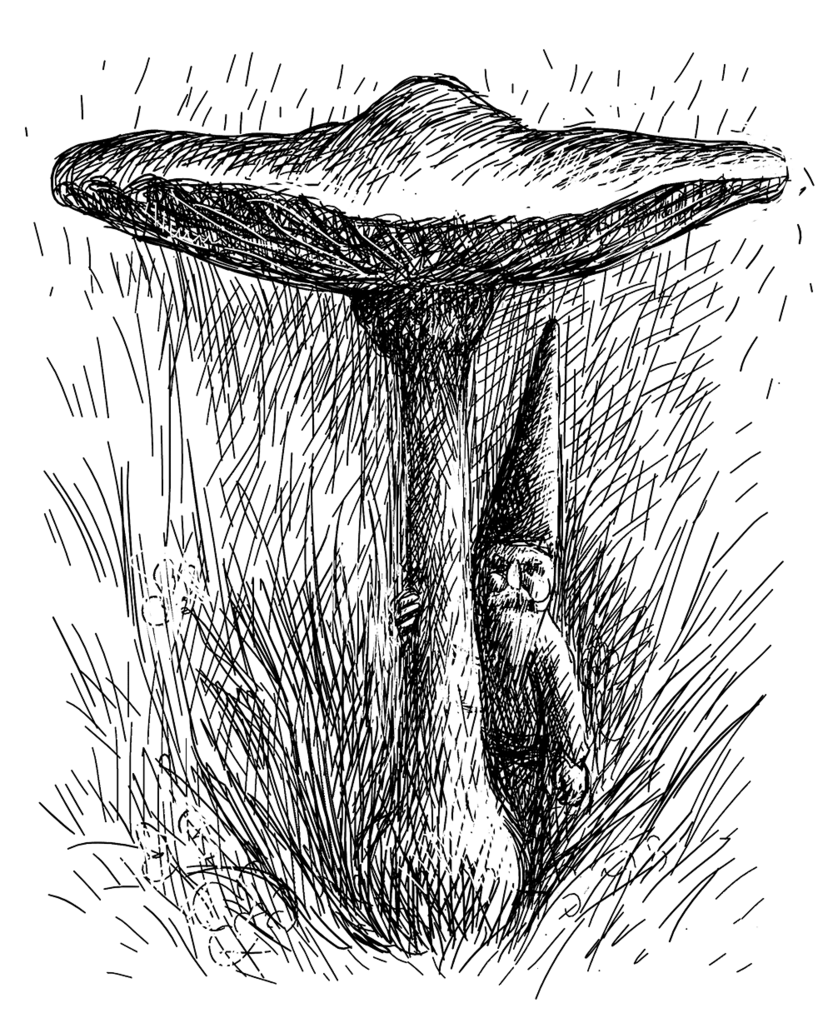
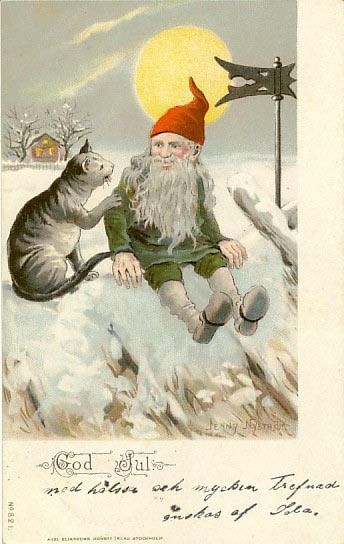
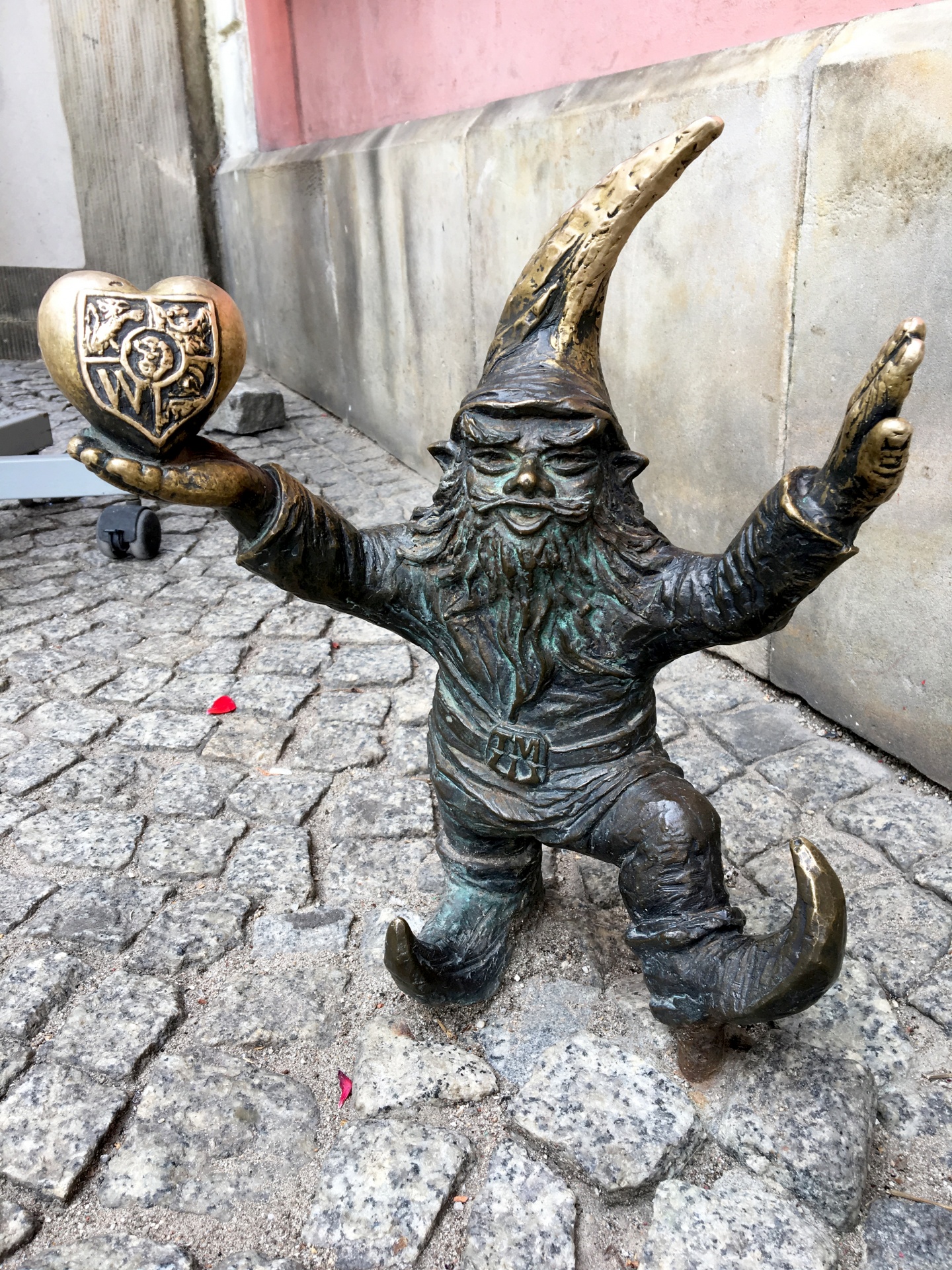
Contemporary weefolk
Various friends, principally Tim and Erin, allowed me to repost some photos of their gnomes.
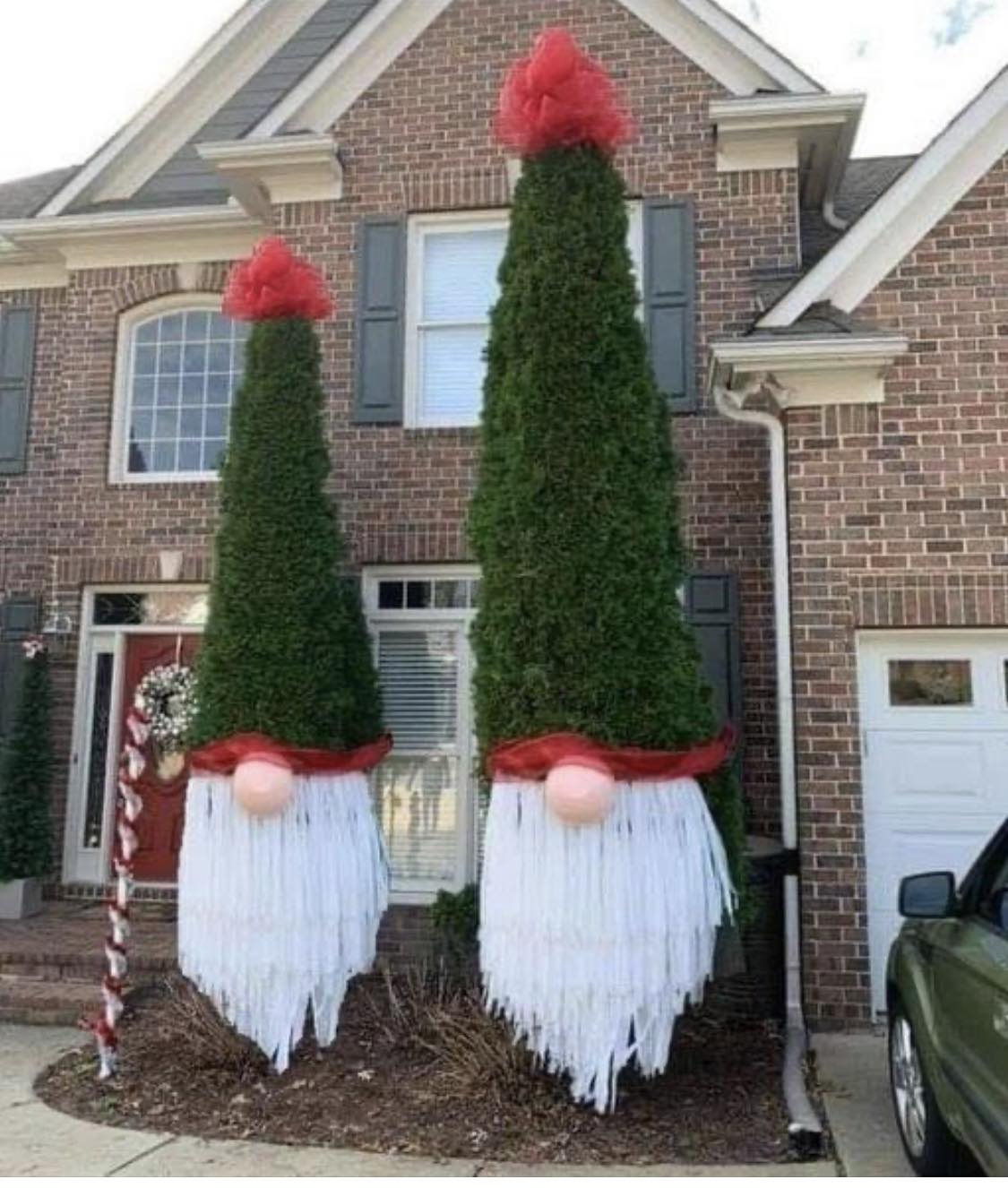
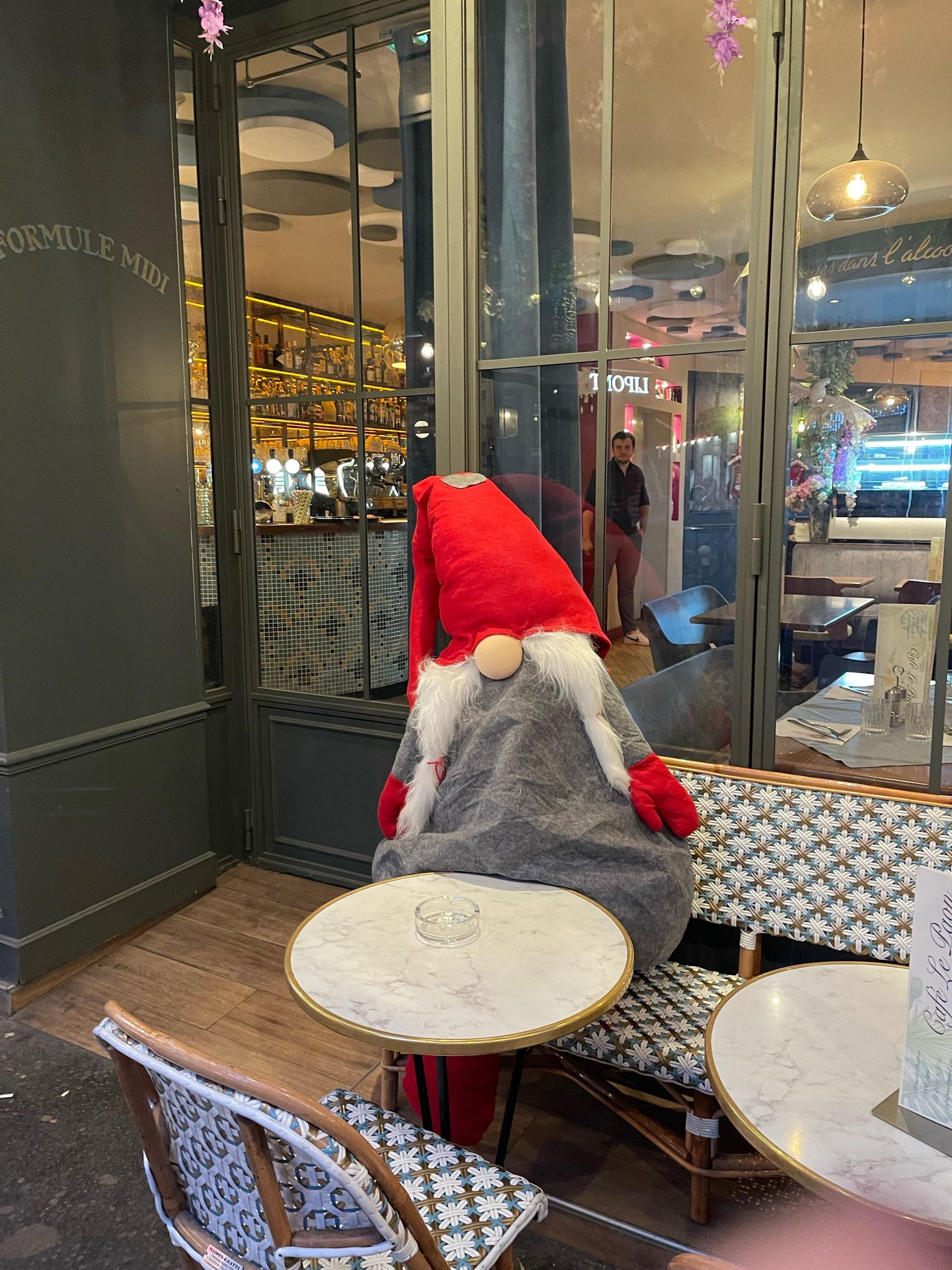
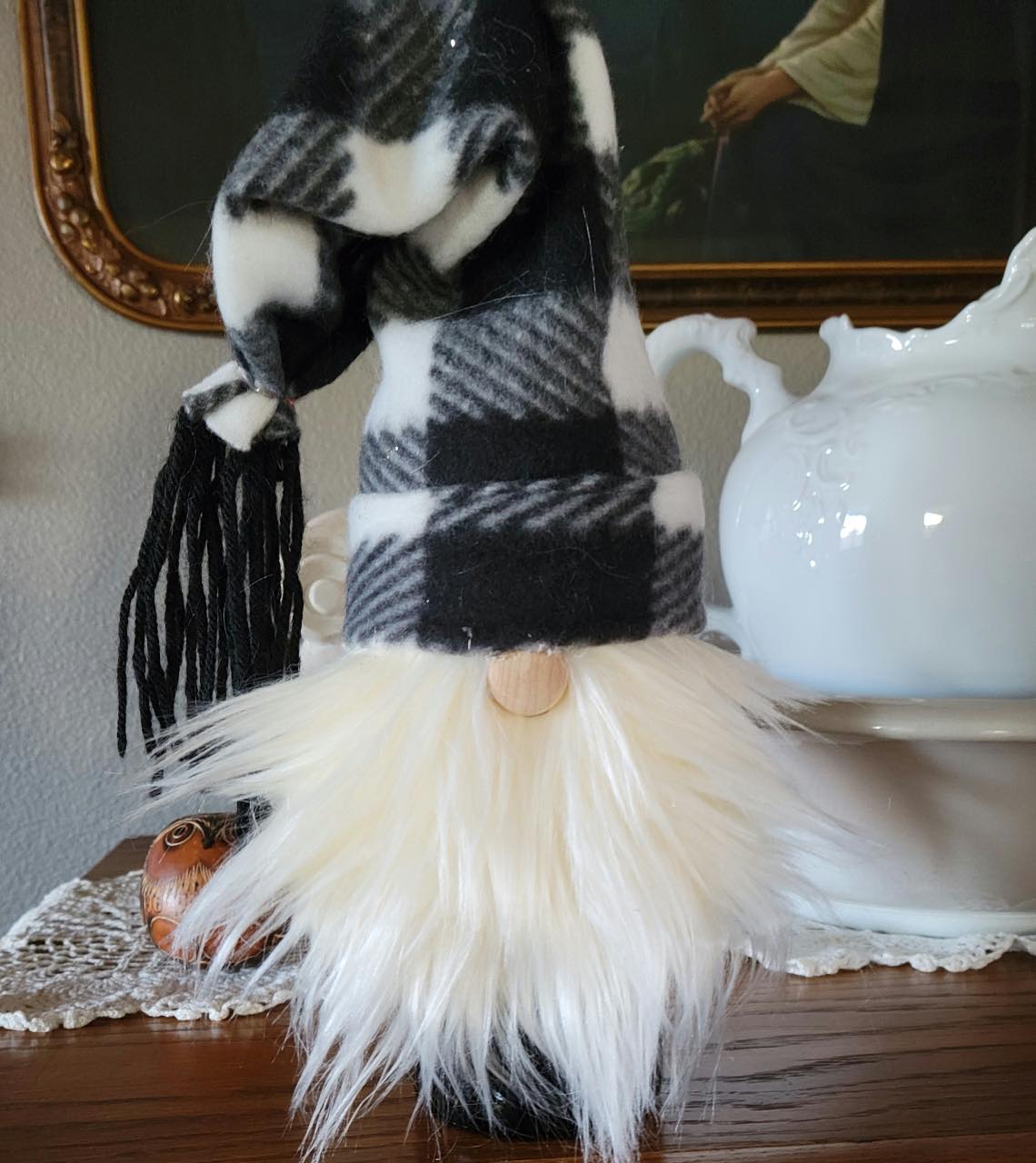
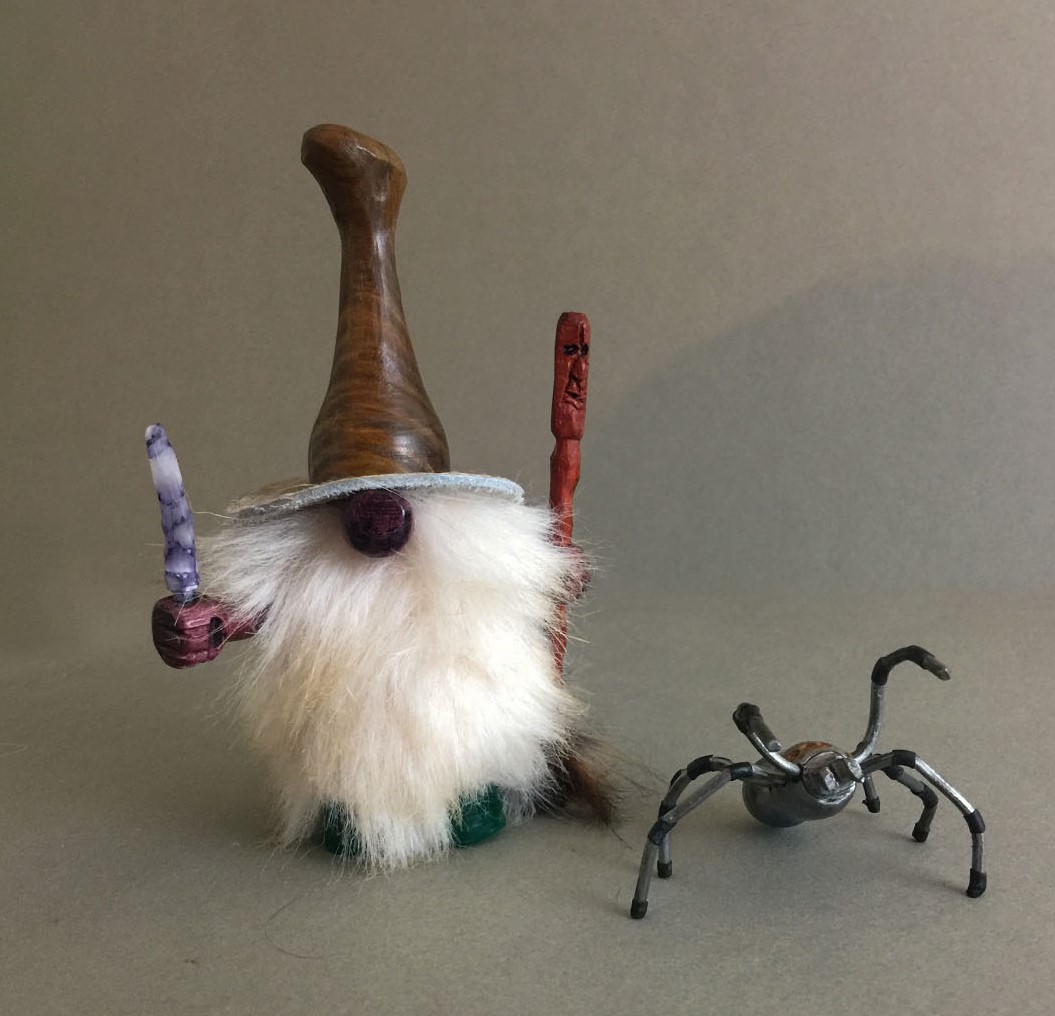
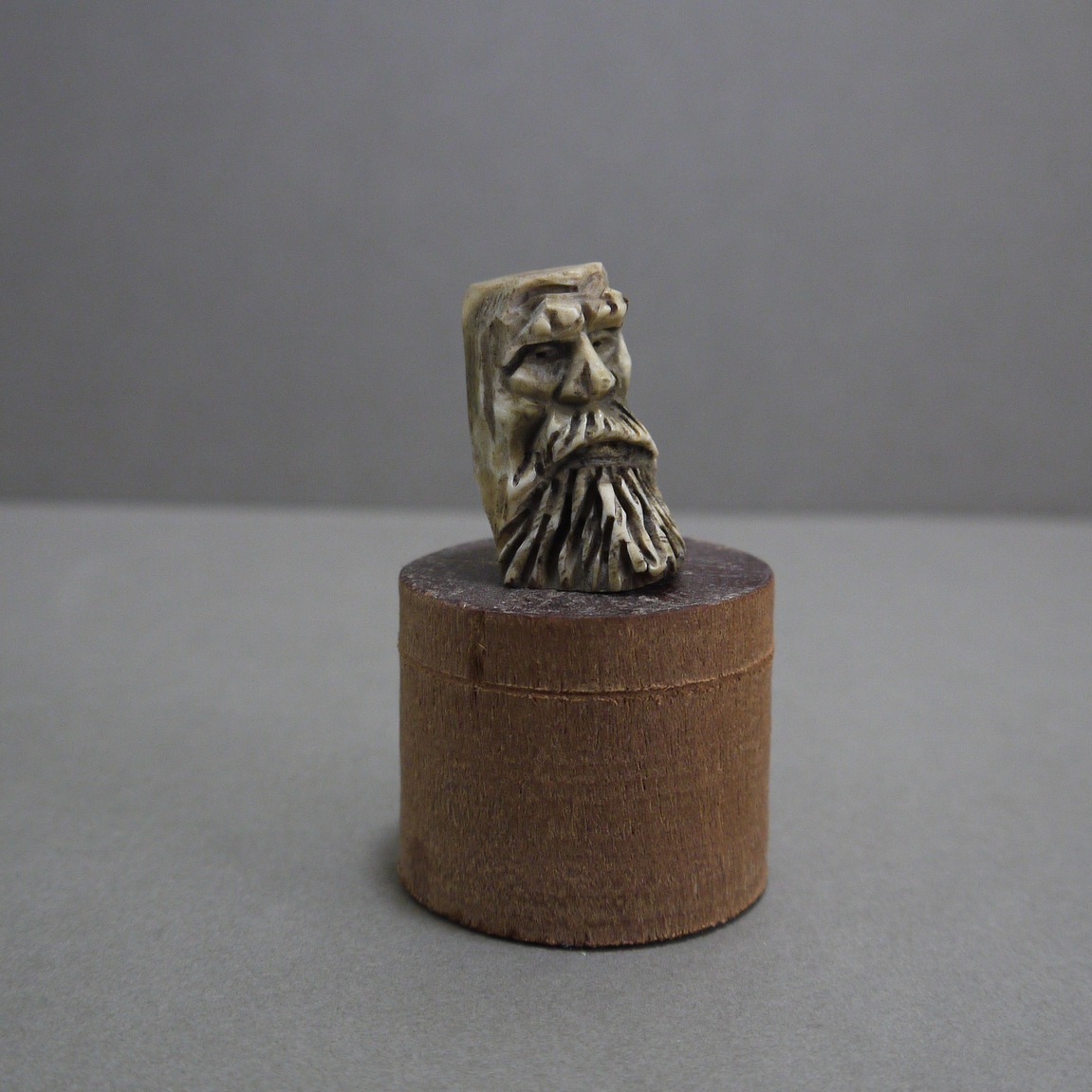
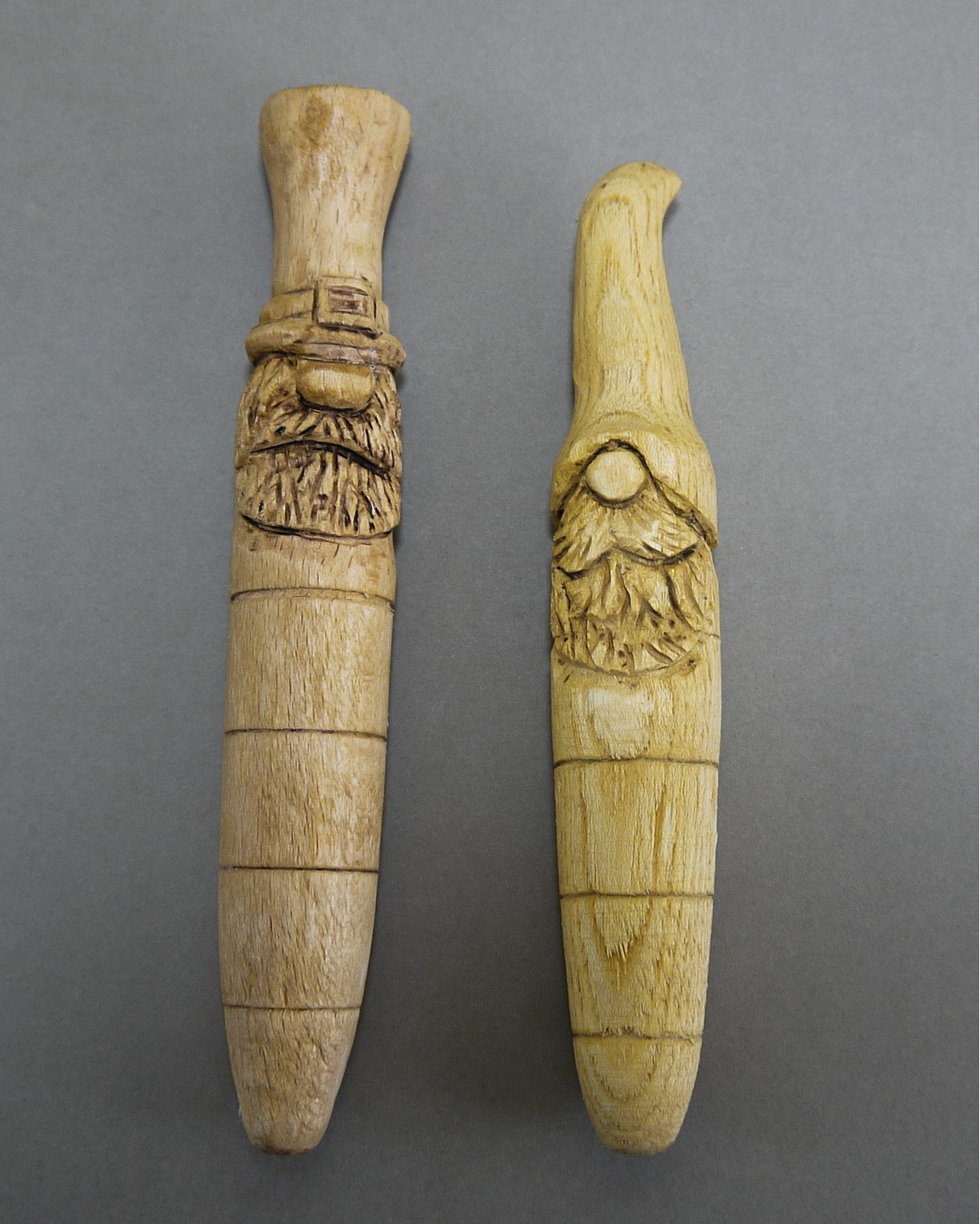
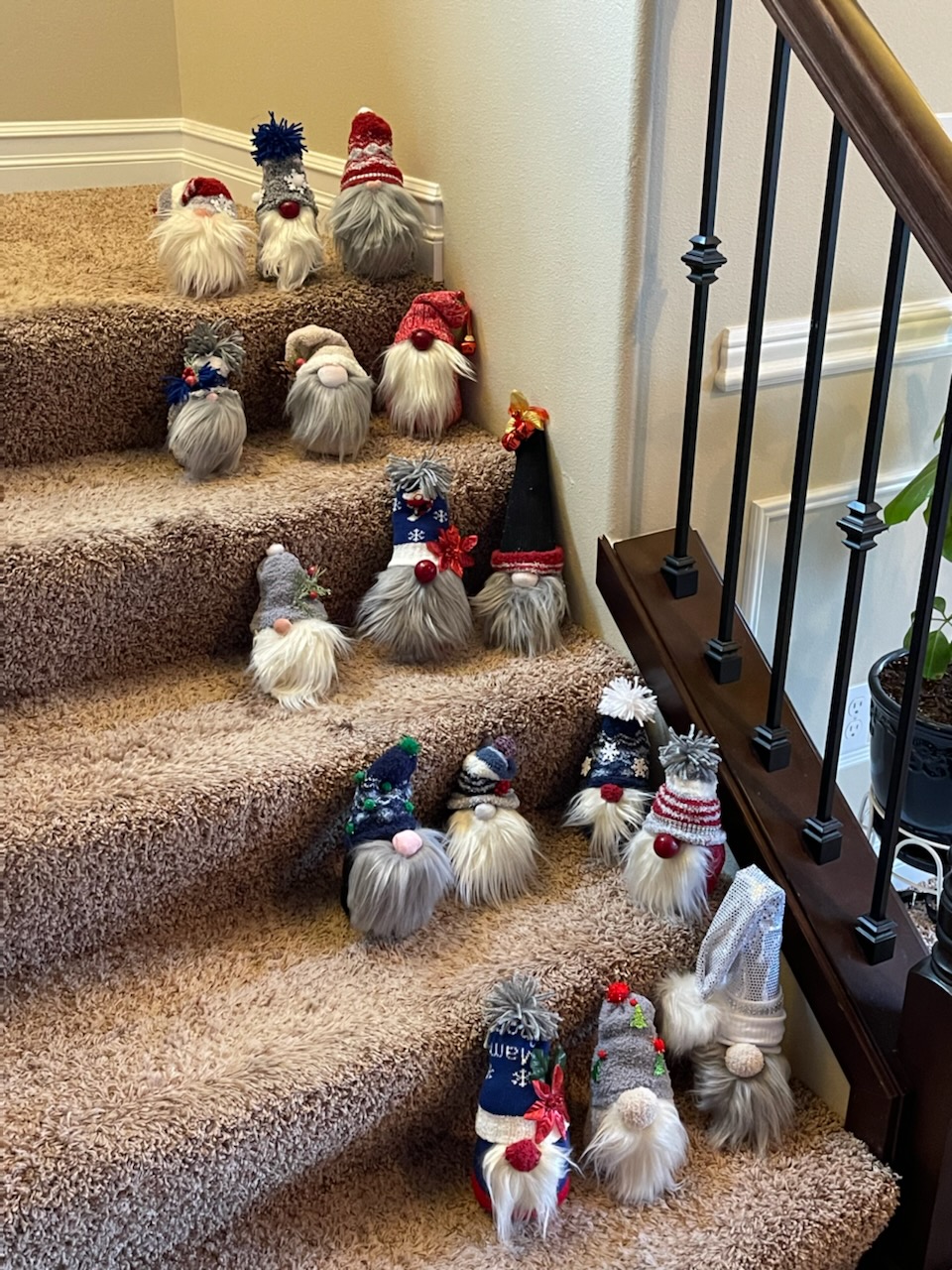
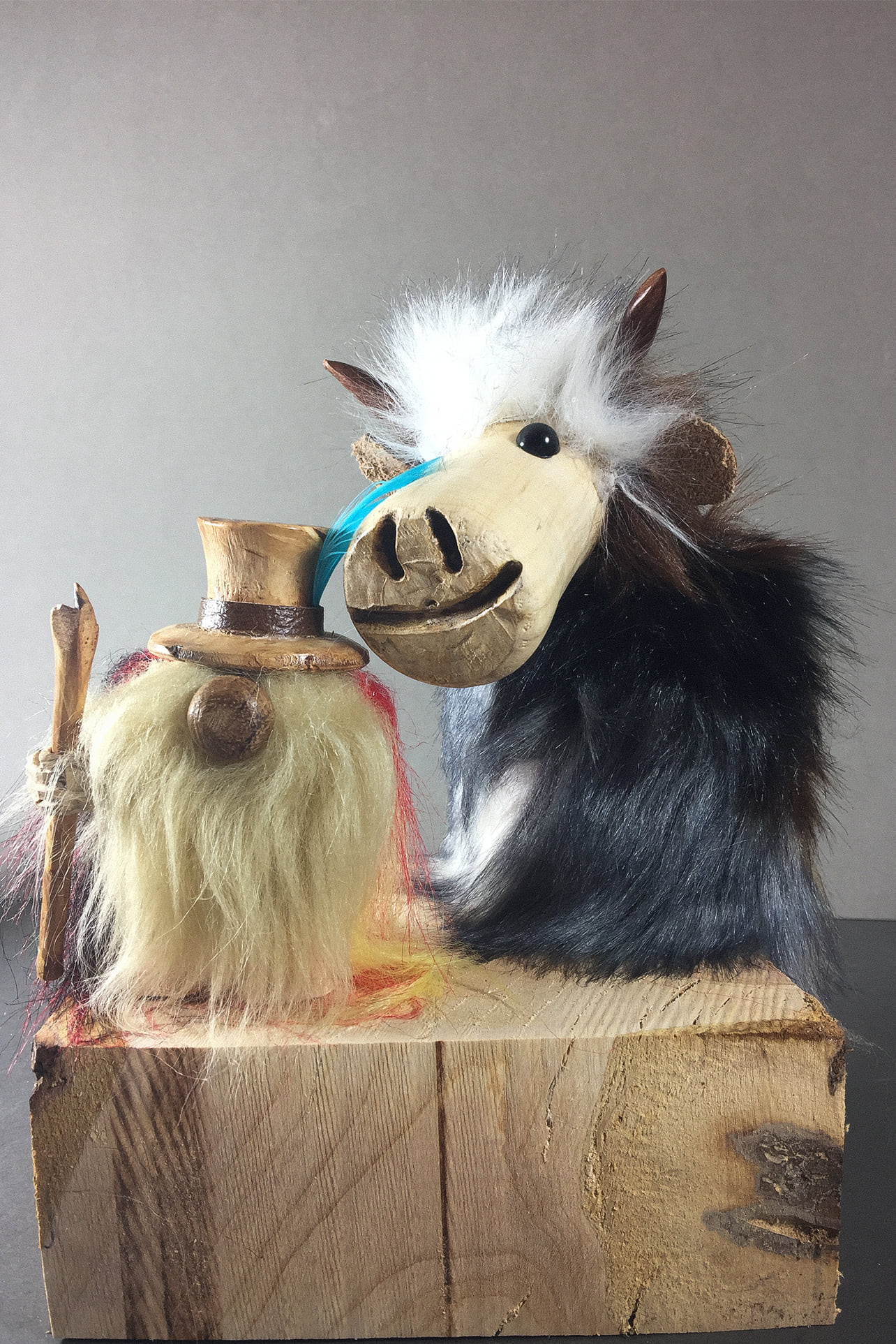
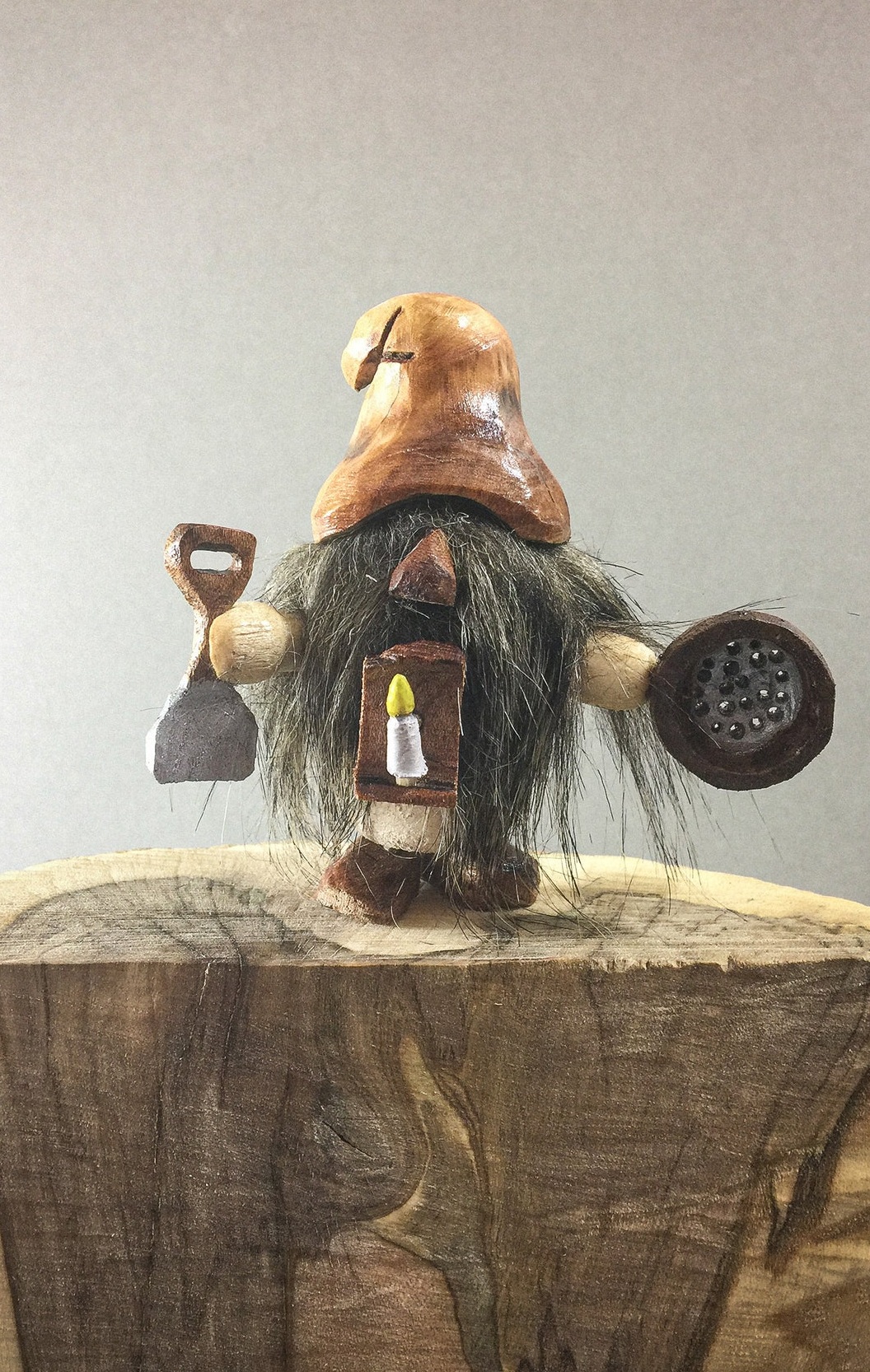
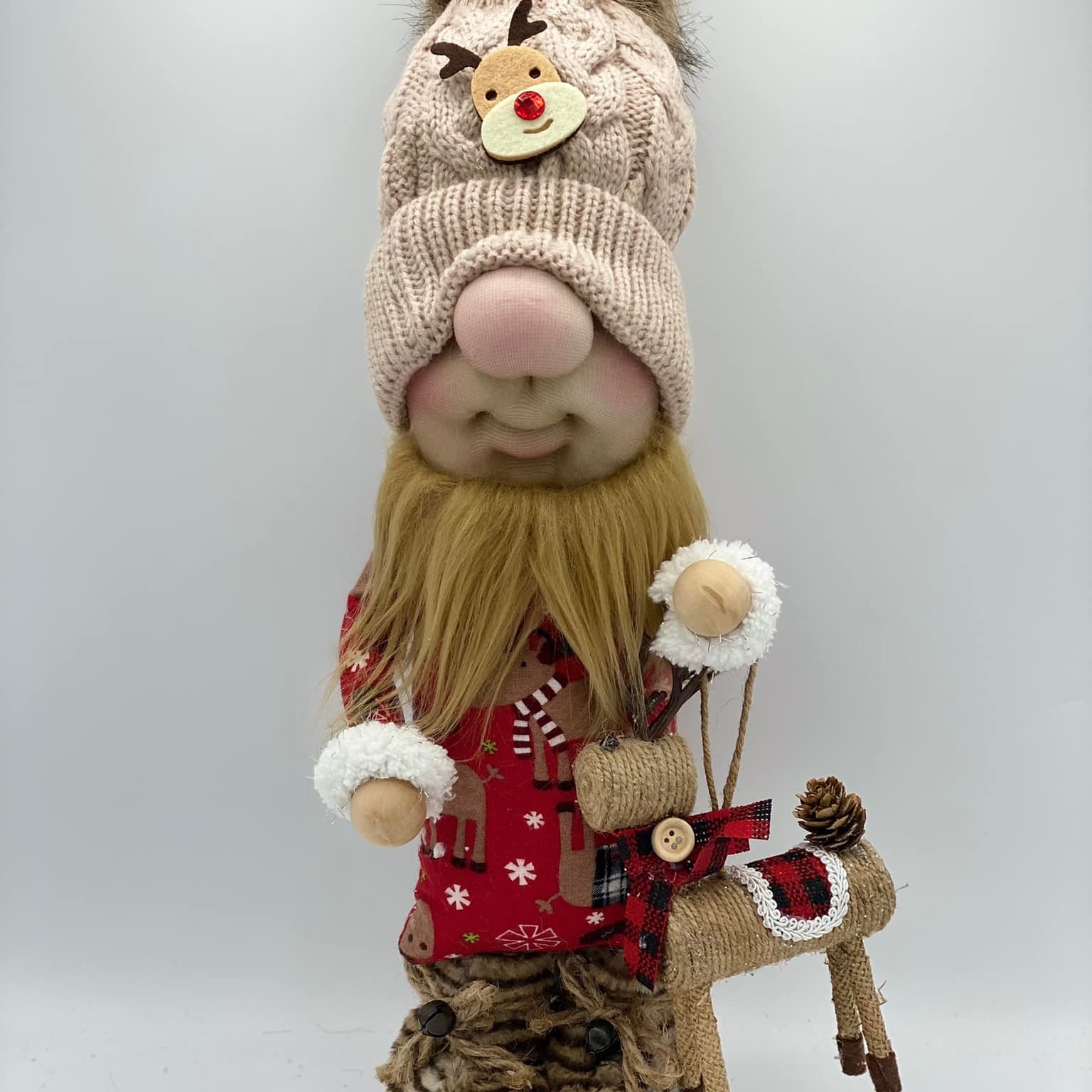
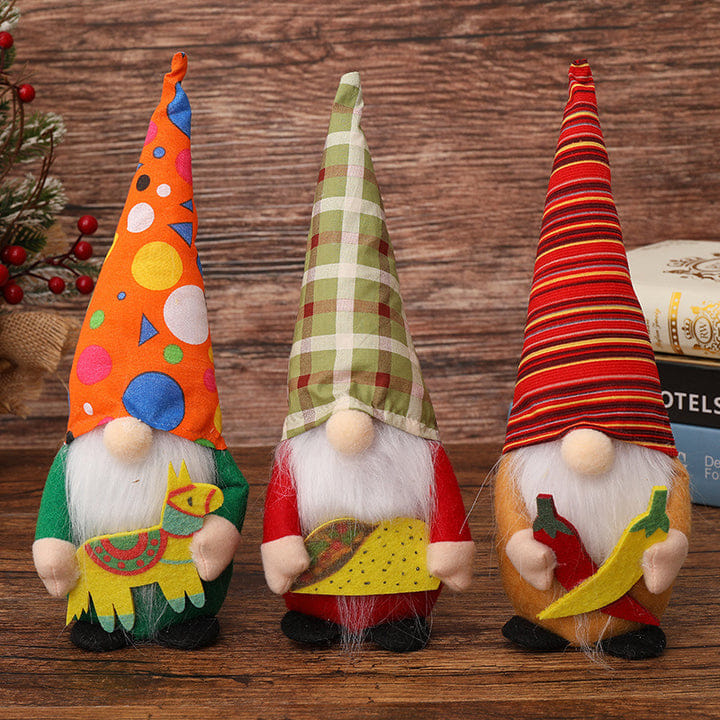
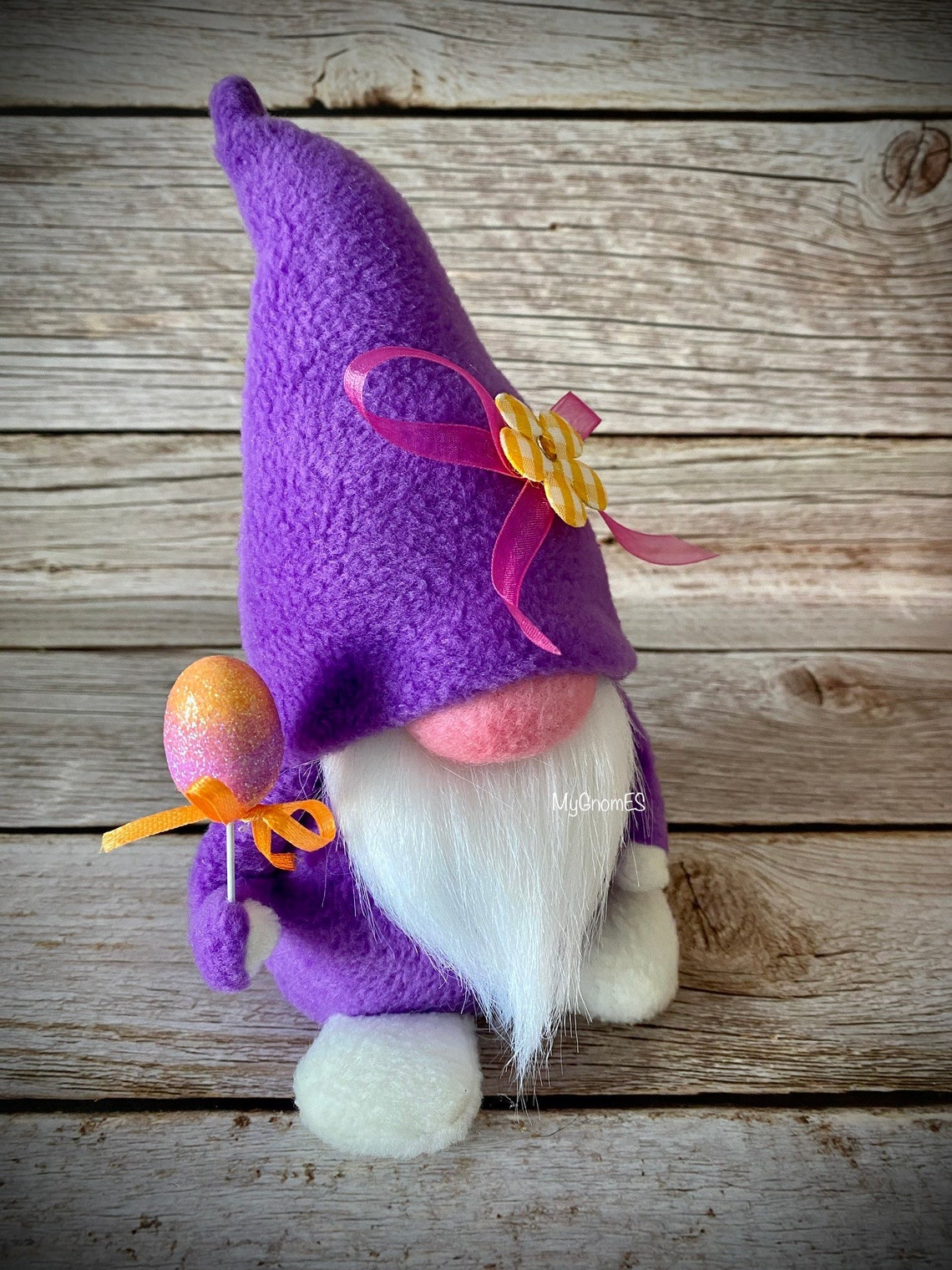
International Gnome Day happens every June
Celebrate Gnome Day in your own way! Looking for a way to celebrate? Here are some ideas…
- Host a gnome-themed picnic, visit a gnome garden, or send me your gnome photos.
- See if your local community garden, like South Coast Botanic Garden, might host a gnome-scavenger hunt.
- Run your own scavenger hunt by hiding gnome tokens in a public park for other people to find, as one artistic mom has done.
- Perhaps give some recognition to those gnomes in your life, who do chores that nobody else wants, as Wikipedia has done.
- Moreover, you can sponsor a gnome-related event at your local Chamber of Commerce.
- Create a little video about your favorite gnome?
- Finally, you can always shop for some gnome paraphernalia, if you don’t have enough (can you ever have enough?)
Gnomes in the news
Somebody in Britain is making surprise deliveries of gnomes. I promise it isn’t me!
A resident of Bushkill Township in Pennsylvania has created a Gnomedom of “approximately two dozen gnomes, miniature houses, animals and accessories” that you can see by driving past his home on Creamery Road. Read more
It’s a shame, but there are some who think garden gnomes demonstrate aesthetic “bad taste,” according to a new article — which also provides a fun and interesting review of gnomes’ history as decorative pieces. Read more
Some clever wag planted a pair of gnomes at the bottom of a Swiss Lake, which startled the diver who found them. Newsweek also mentions another set of gnomes that had previously existed in a UK lake. Read more
